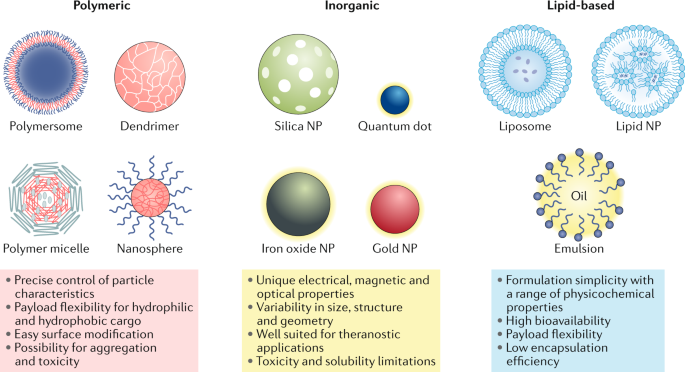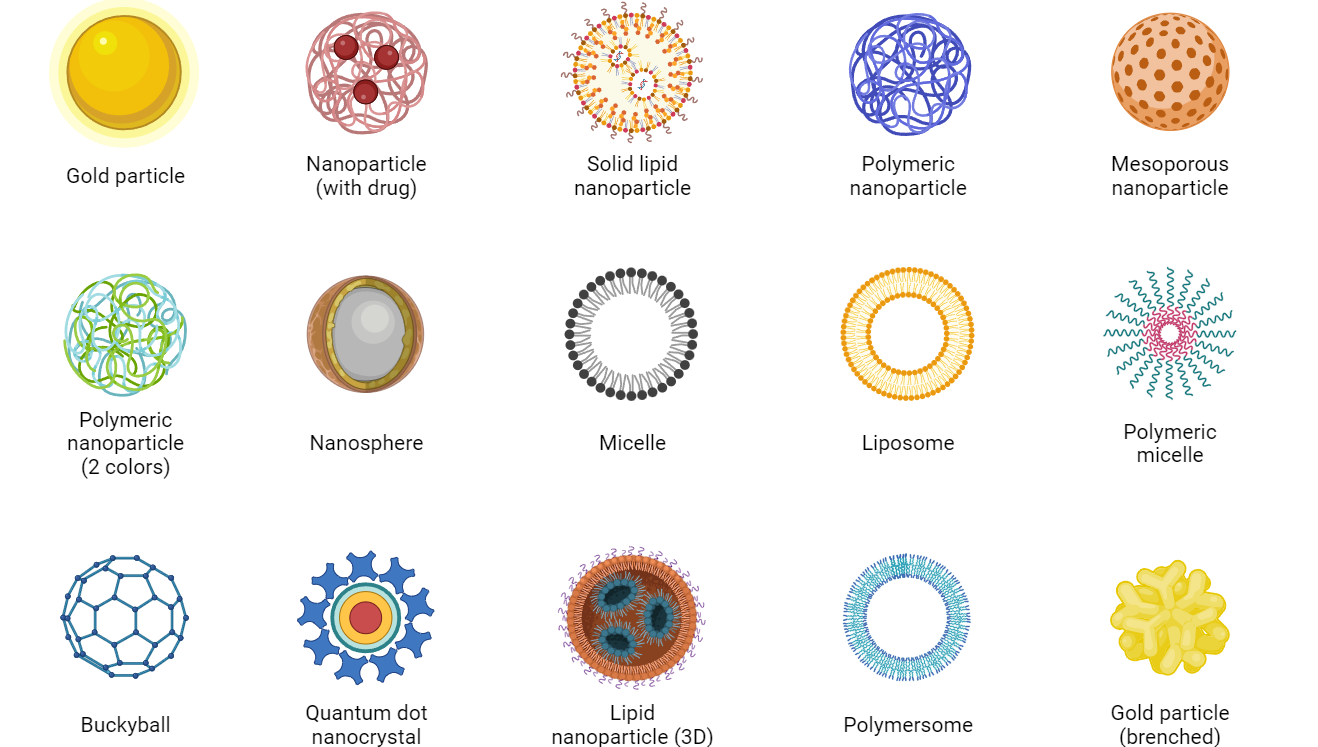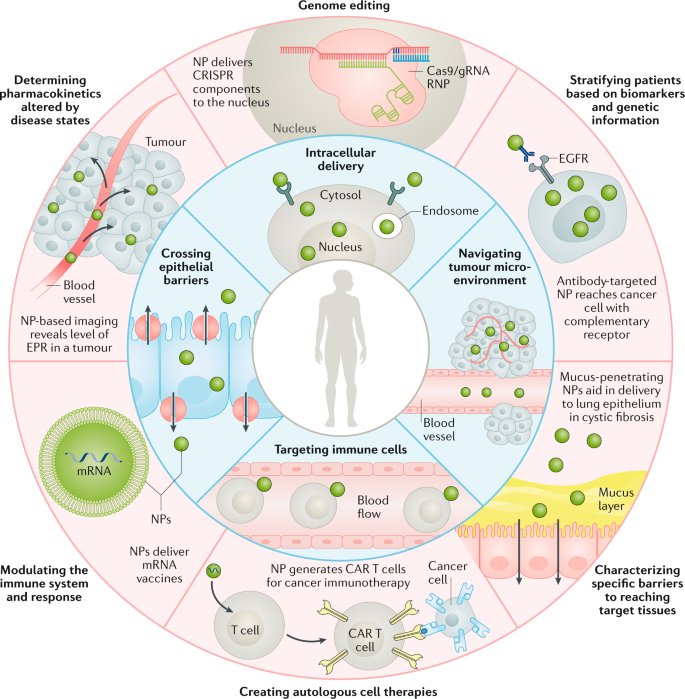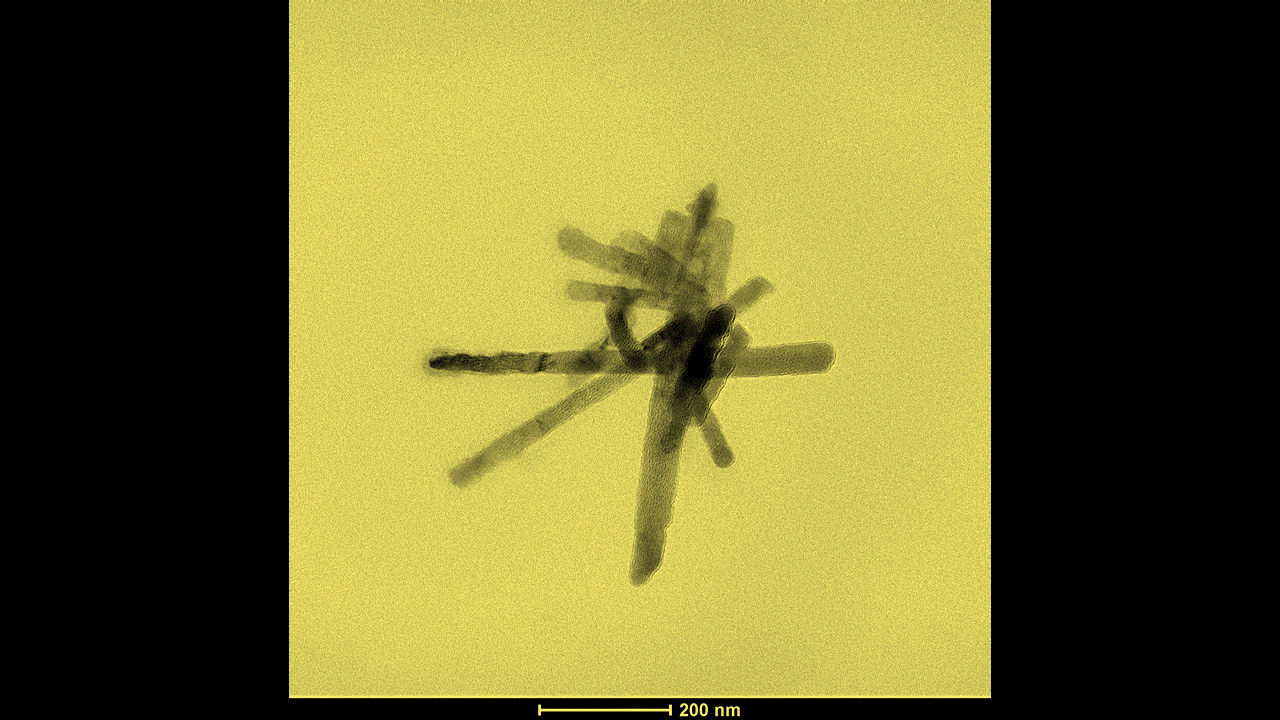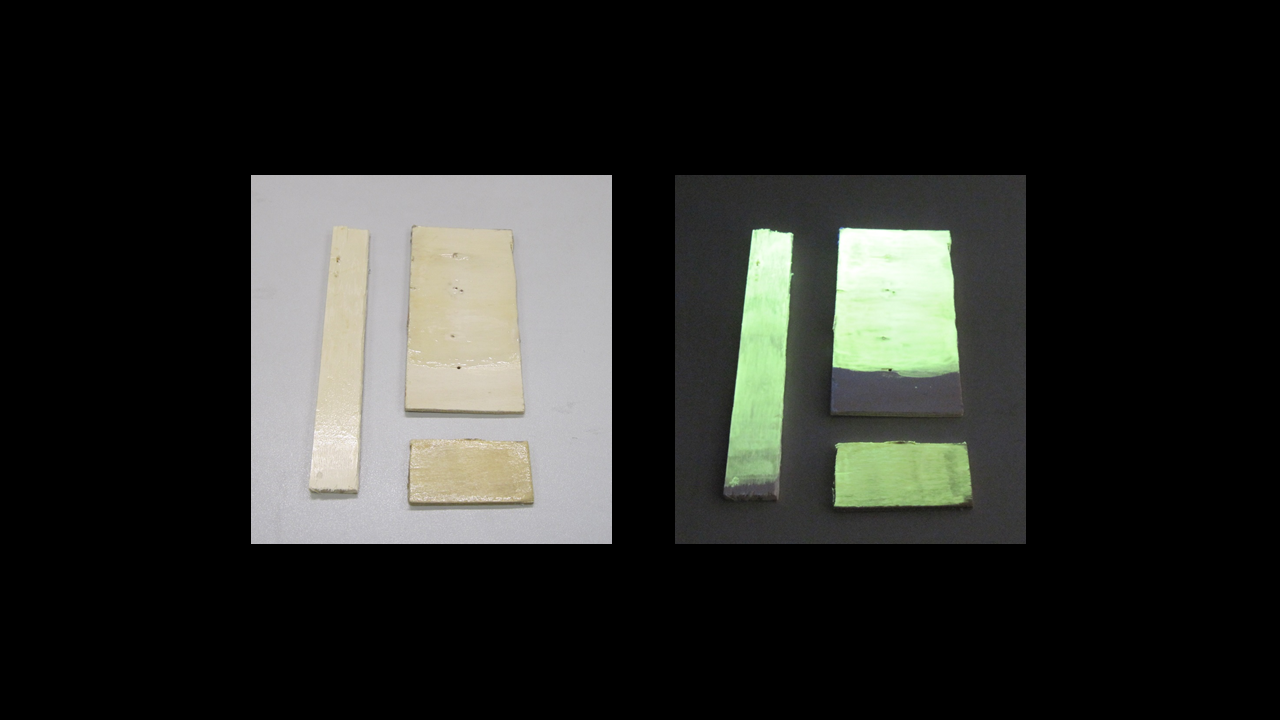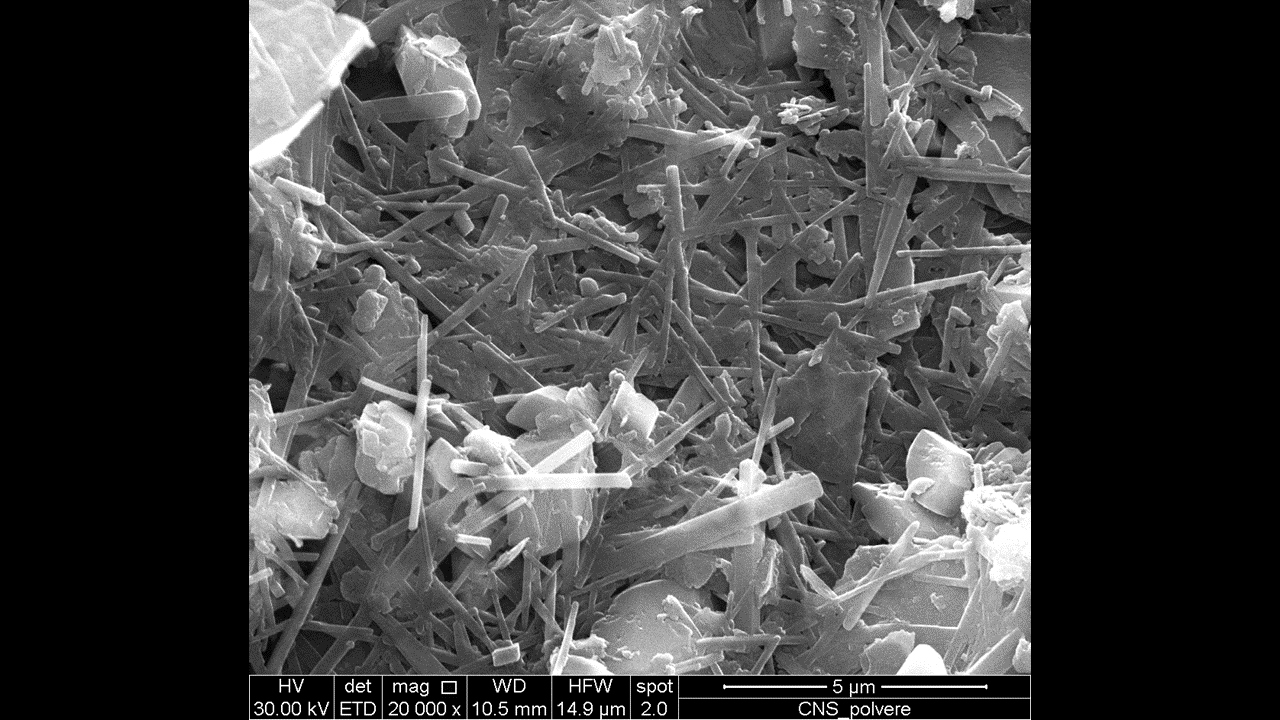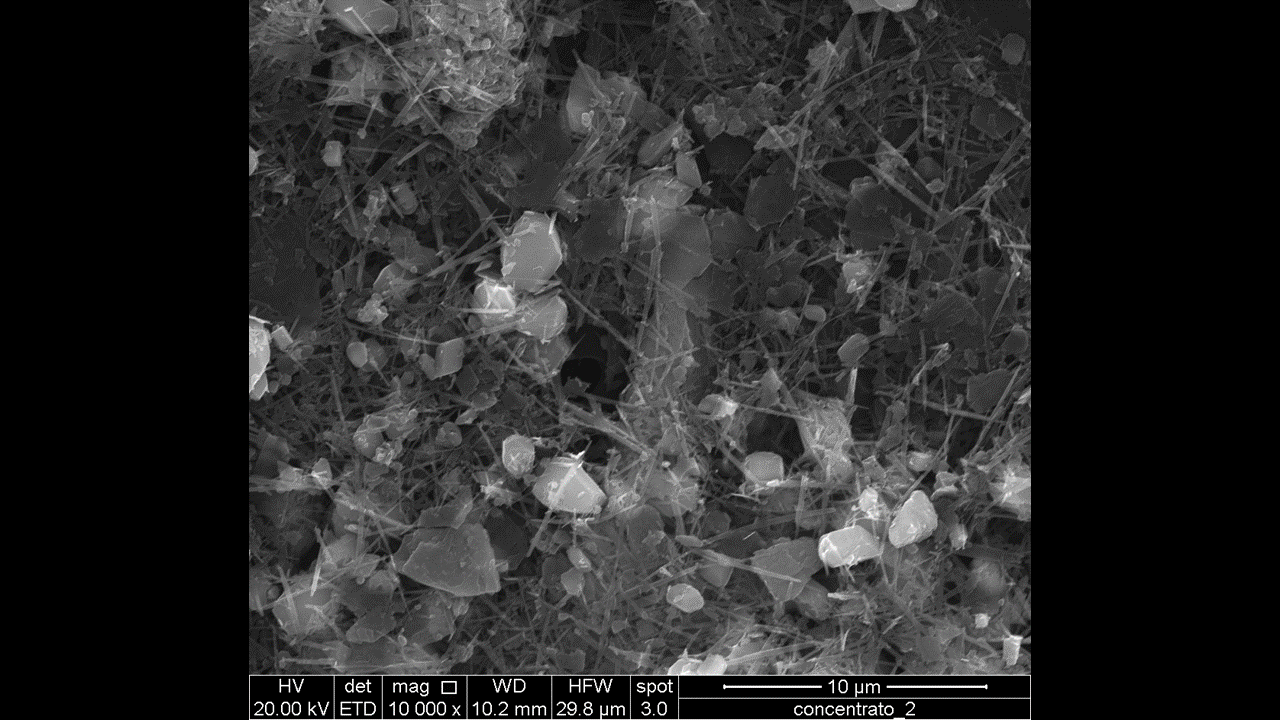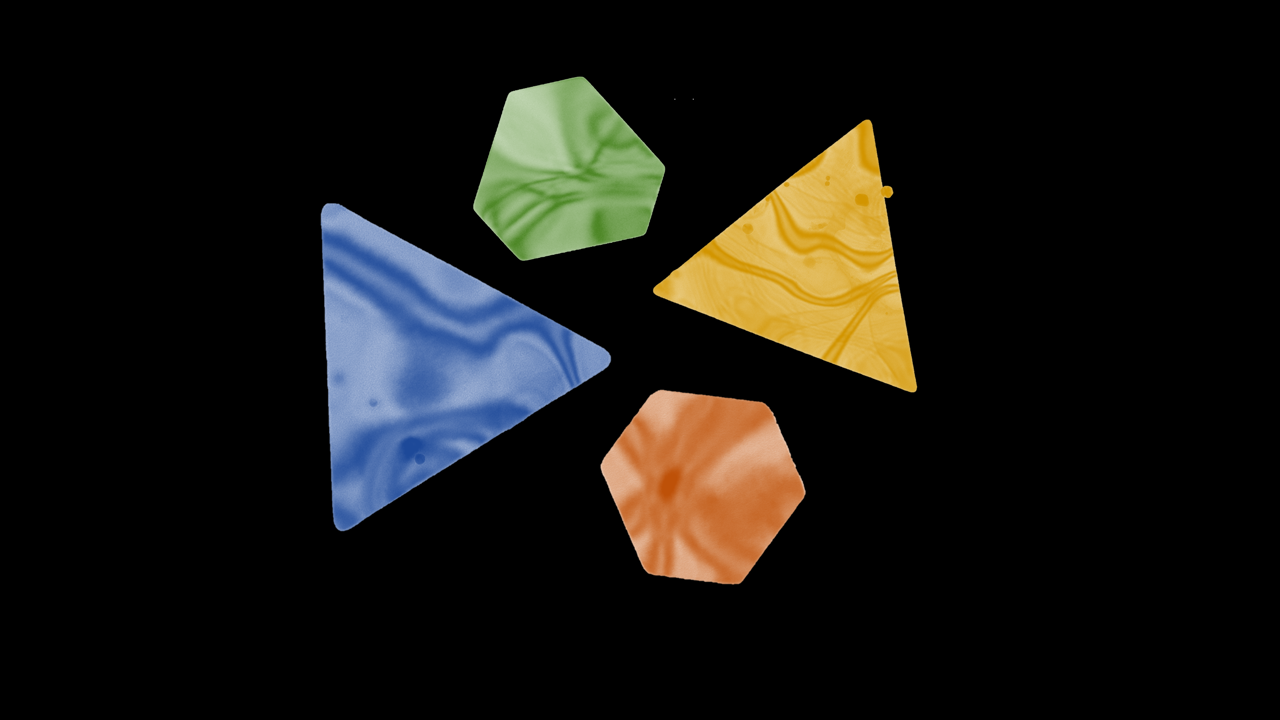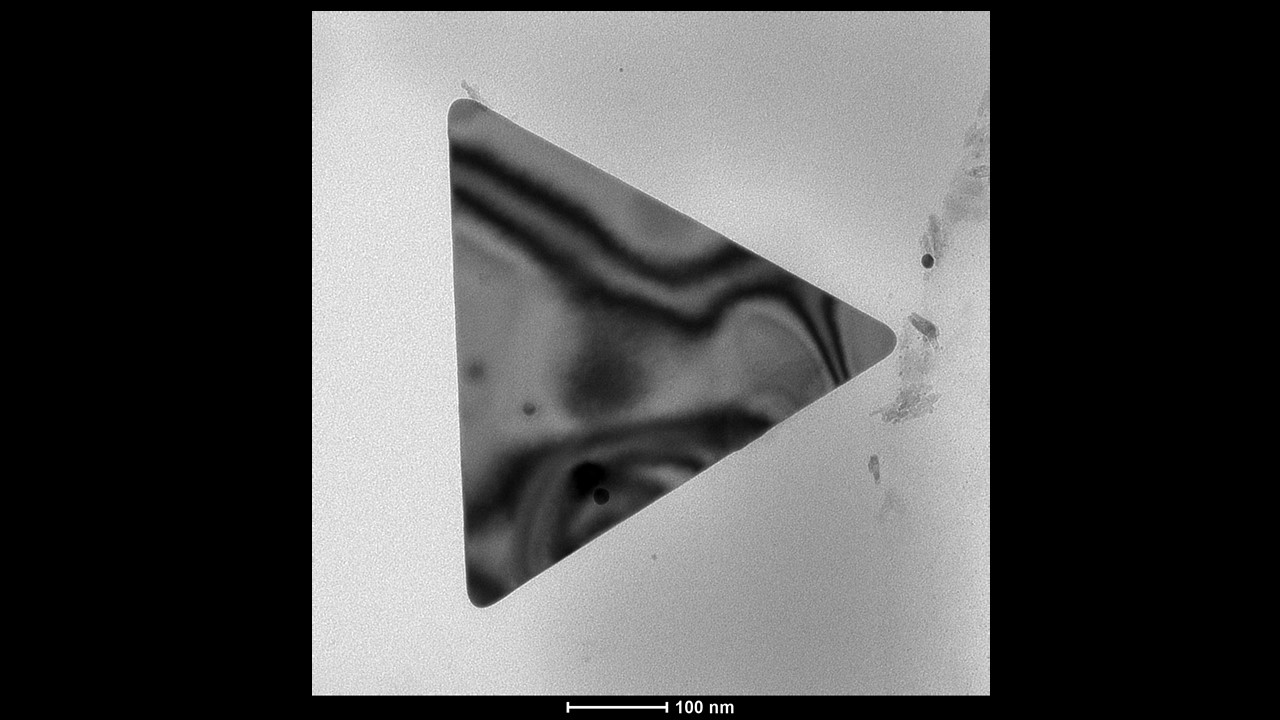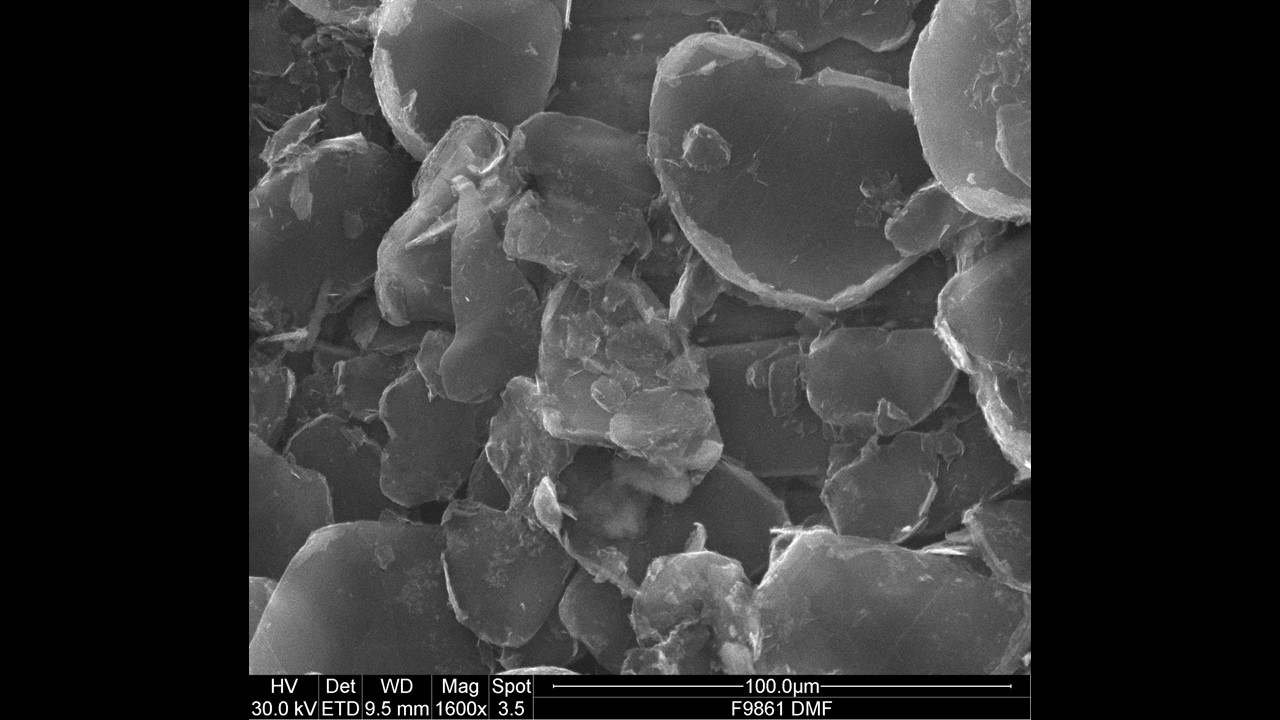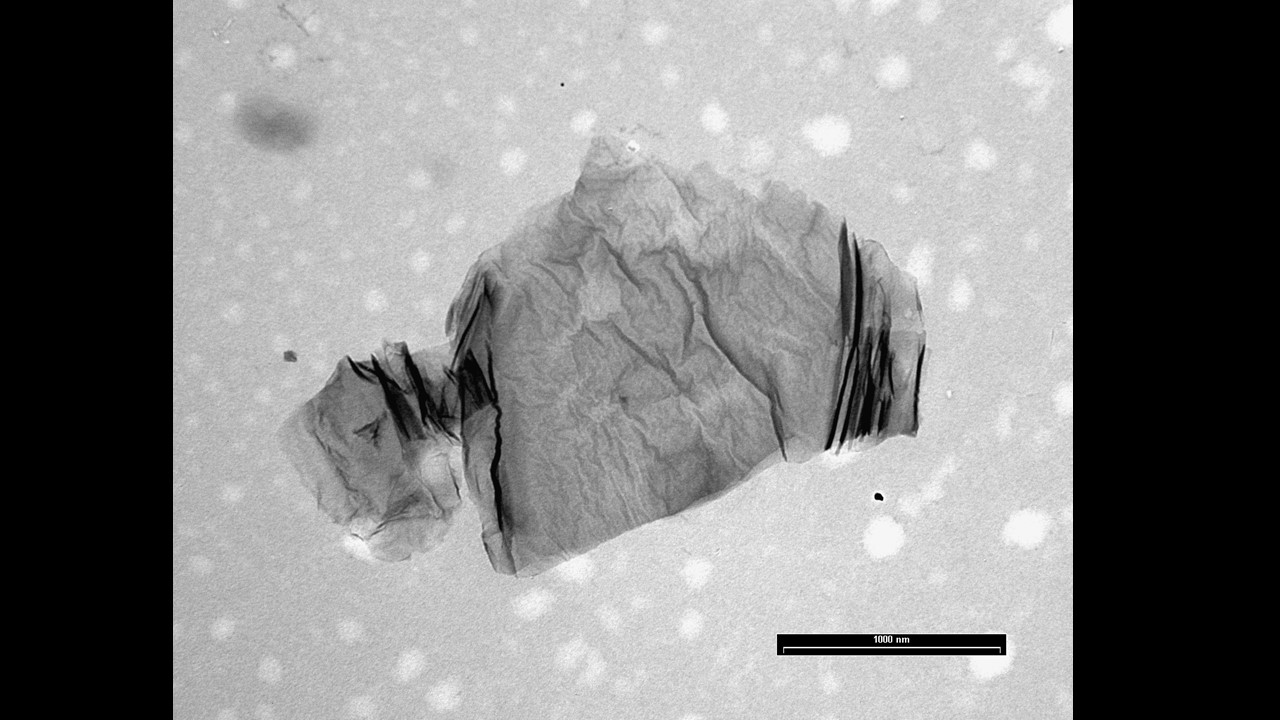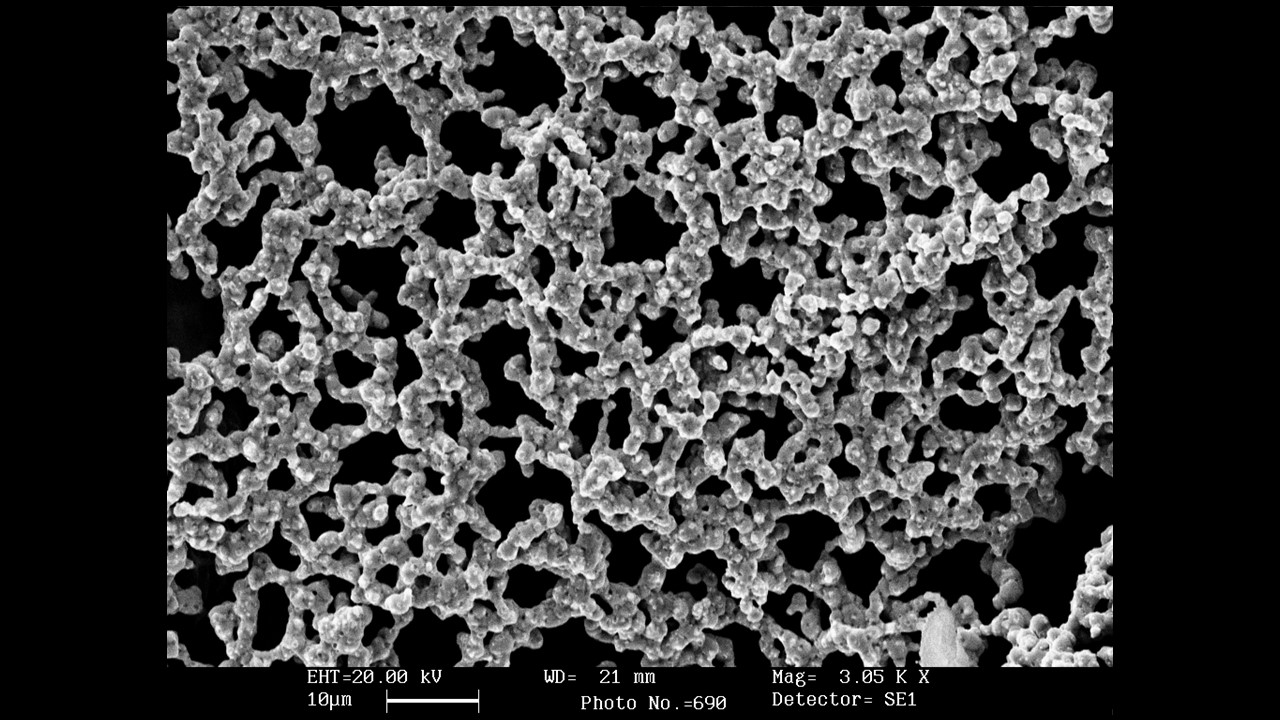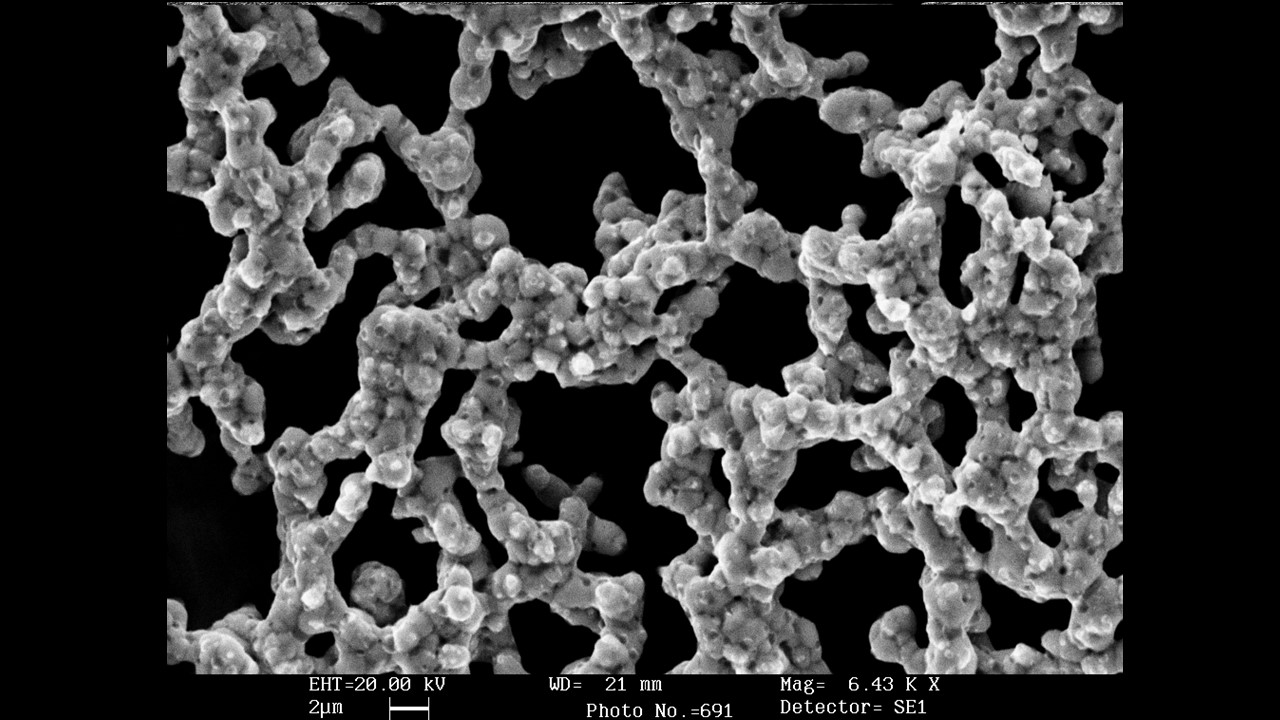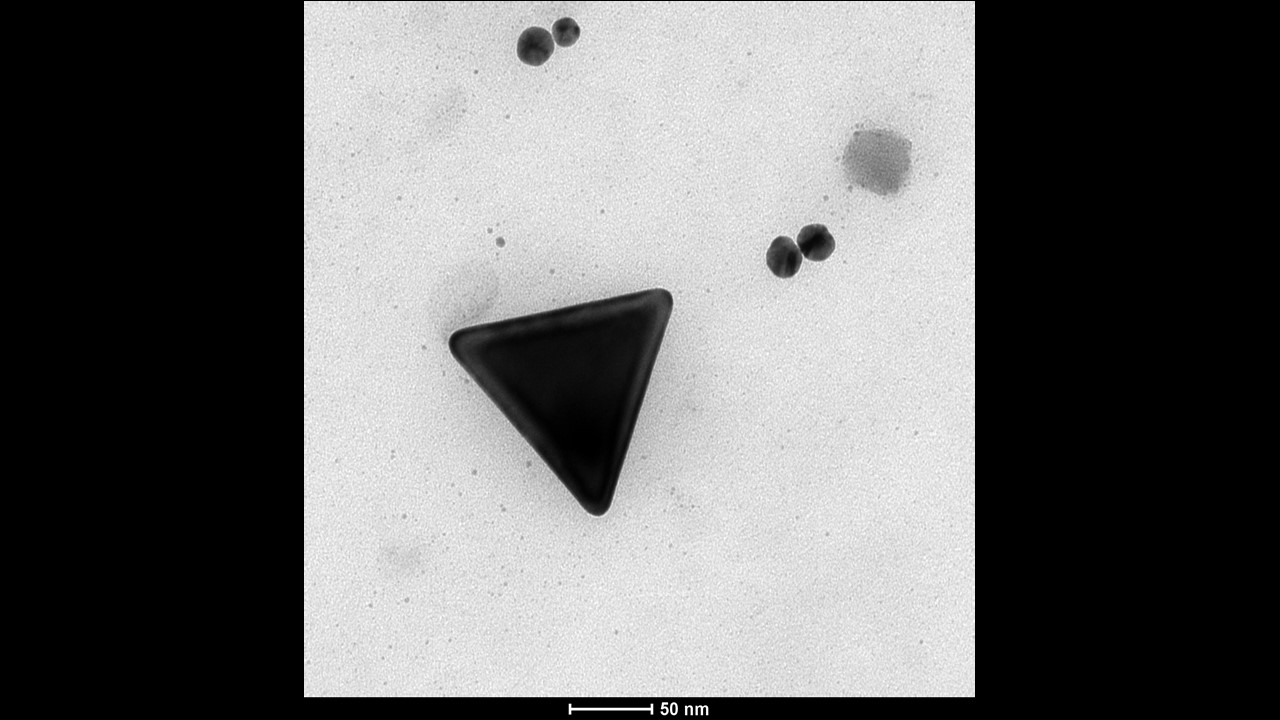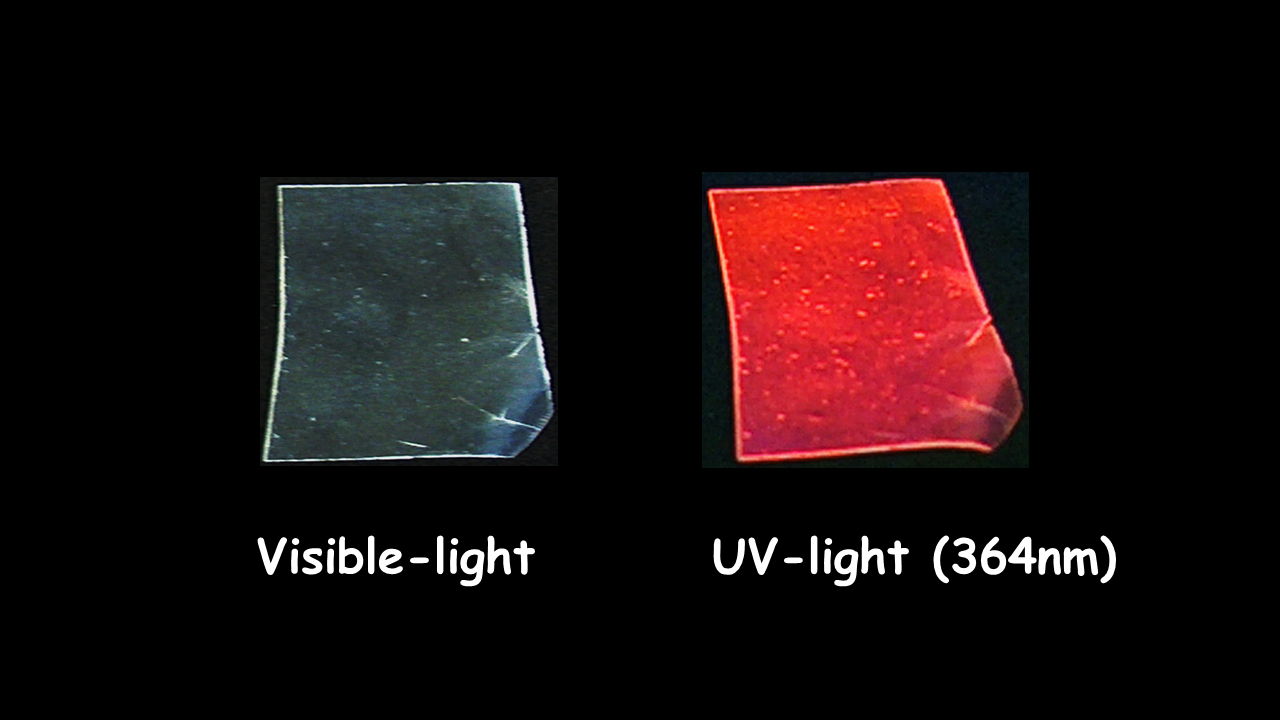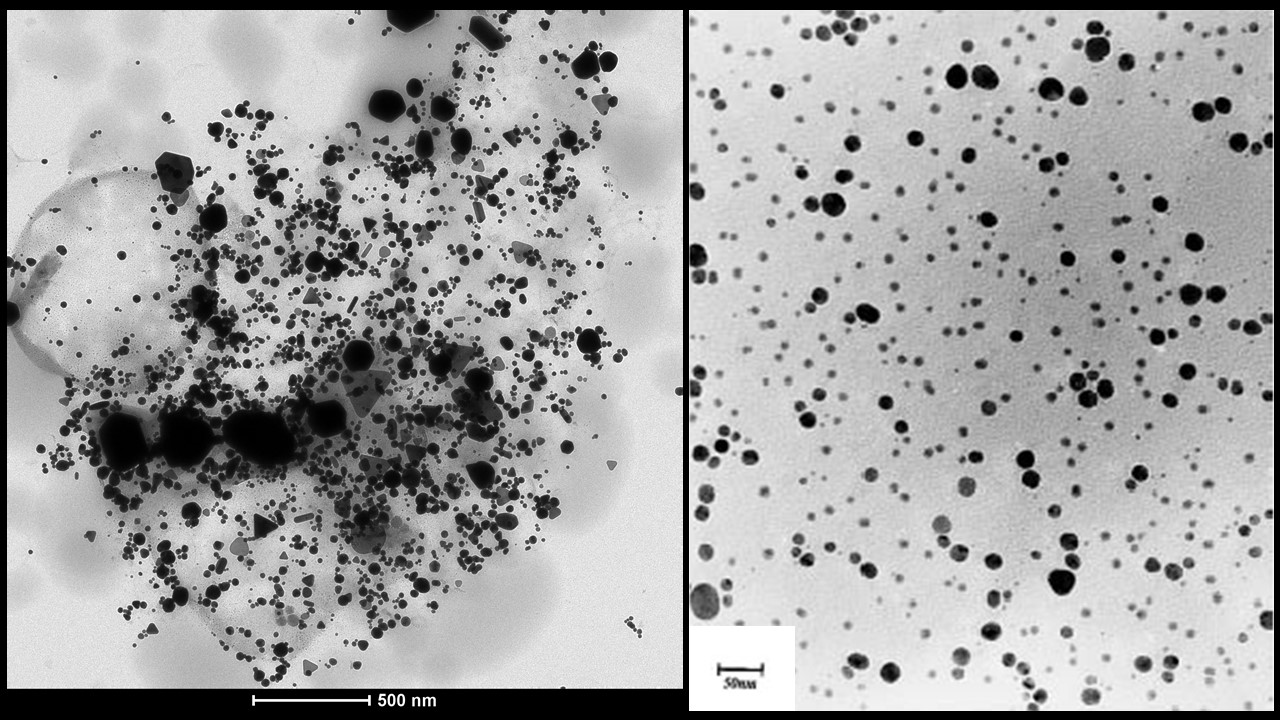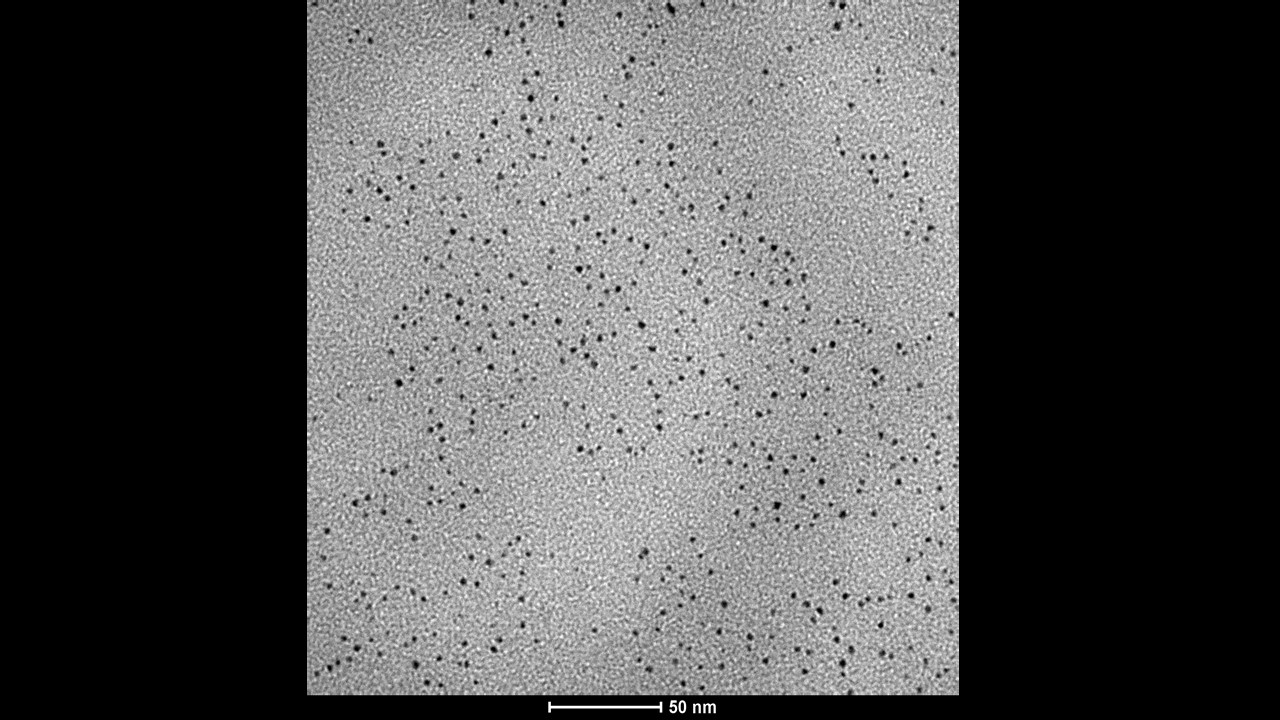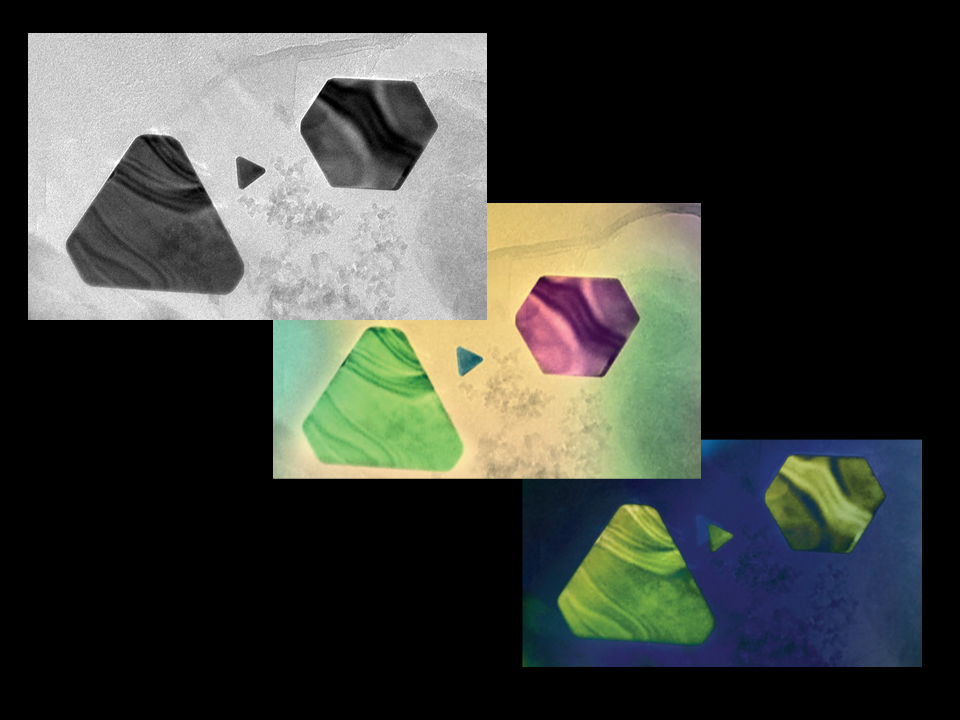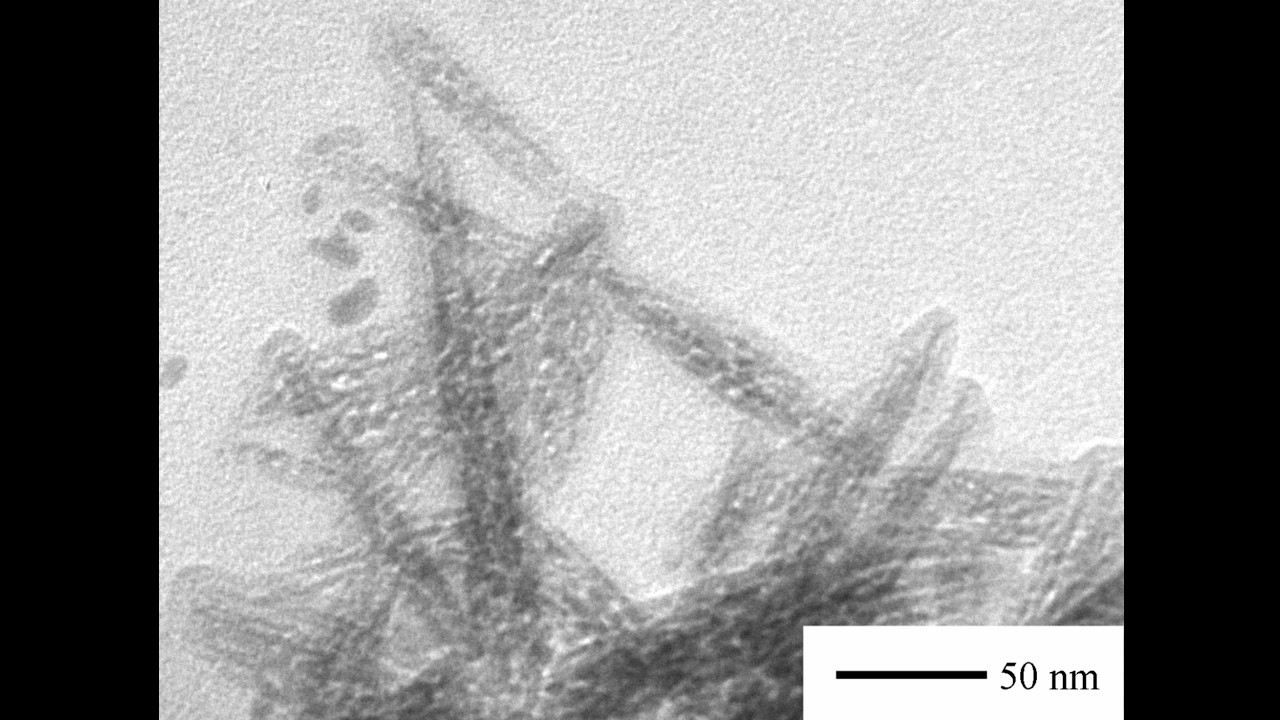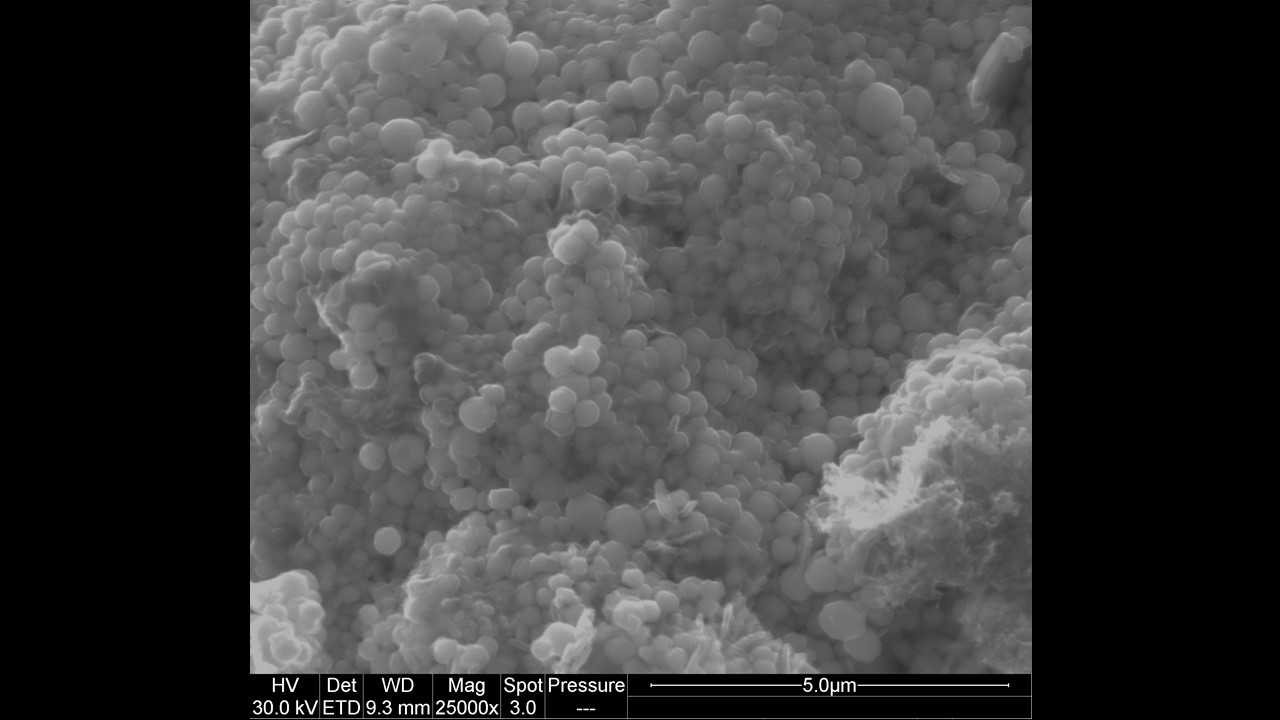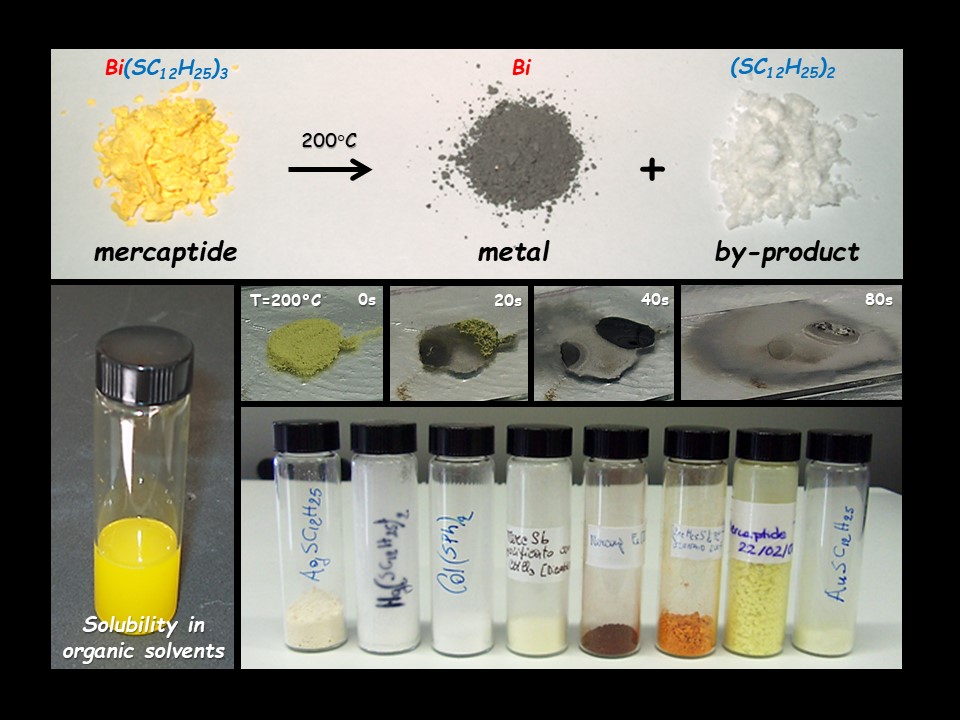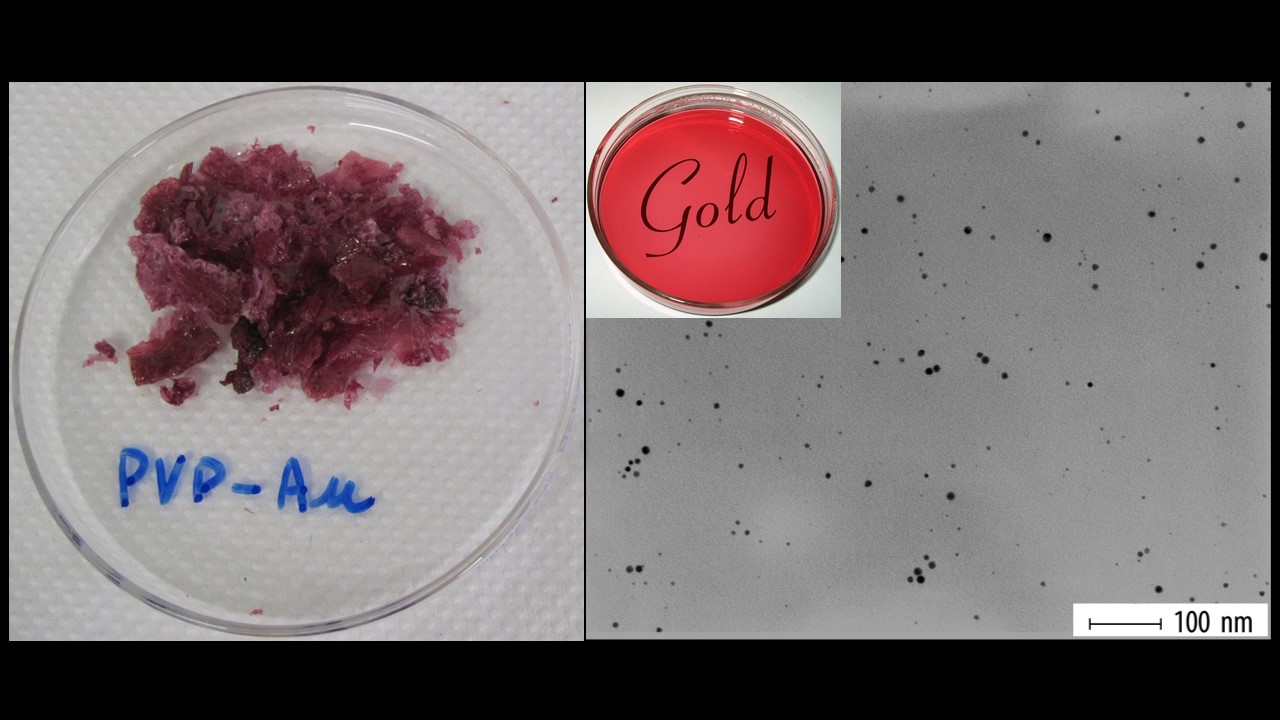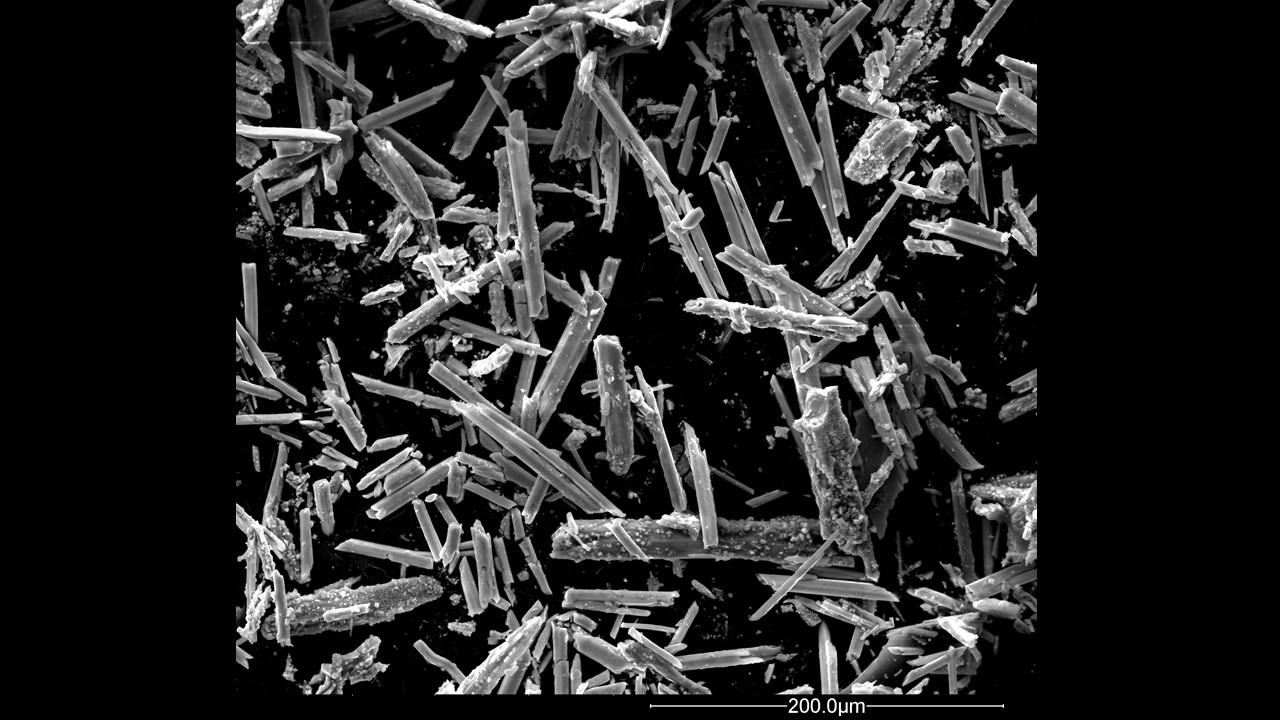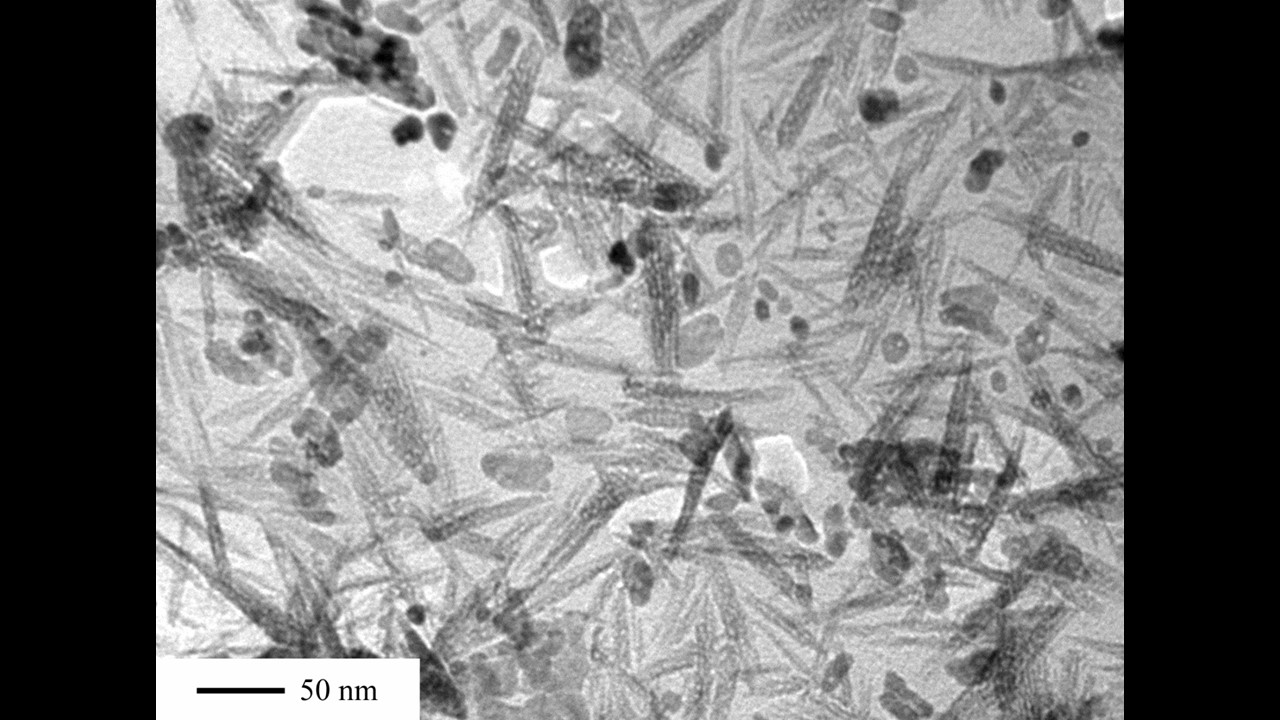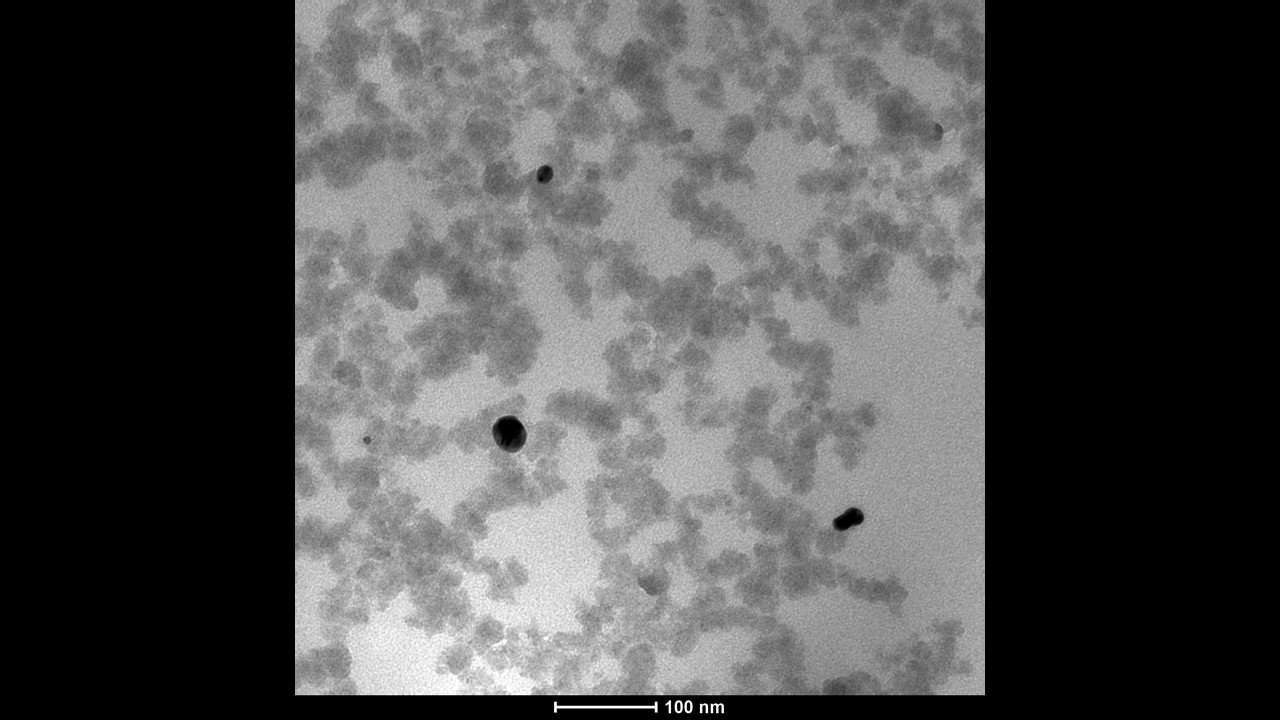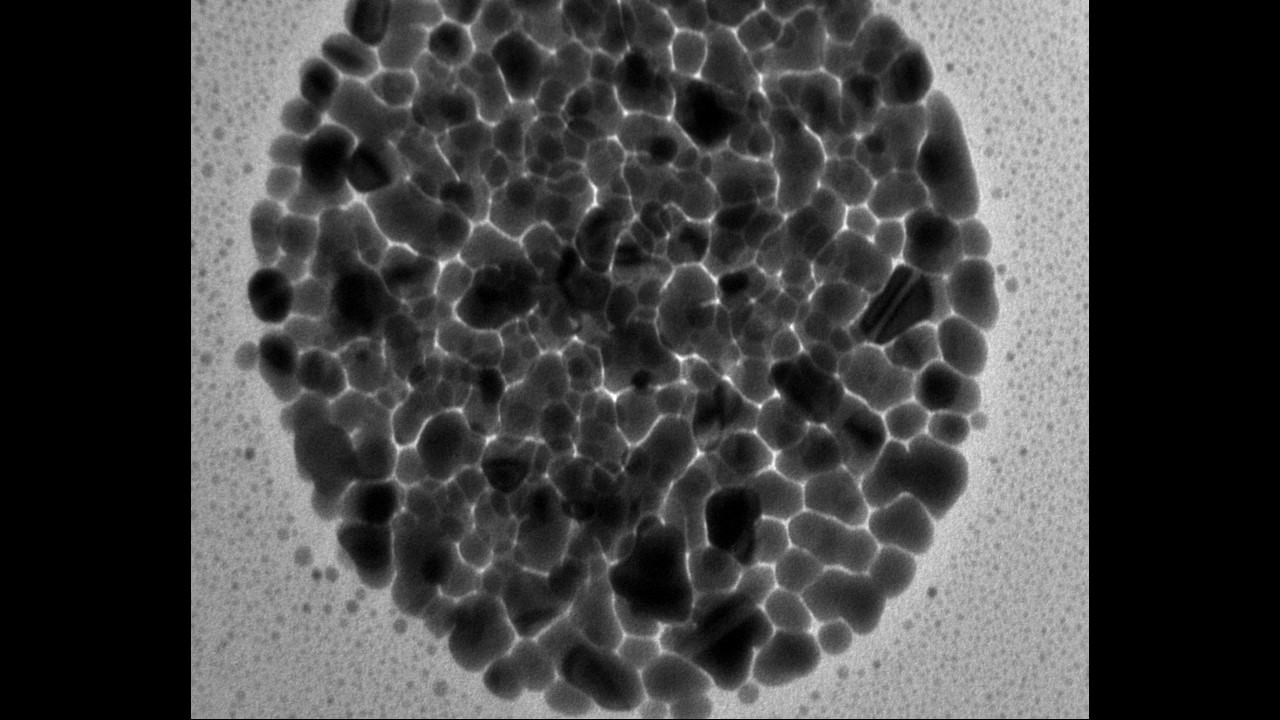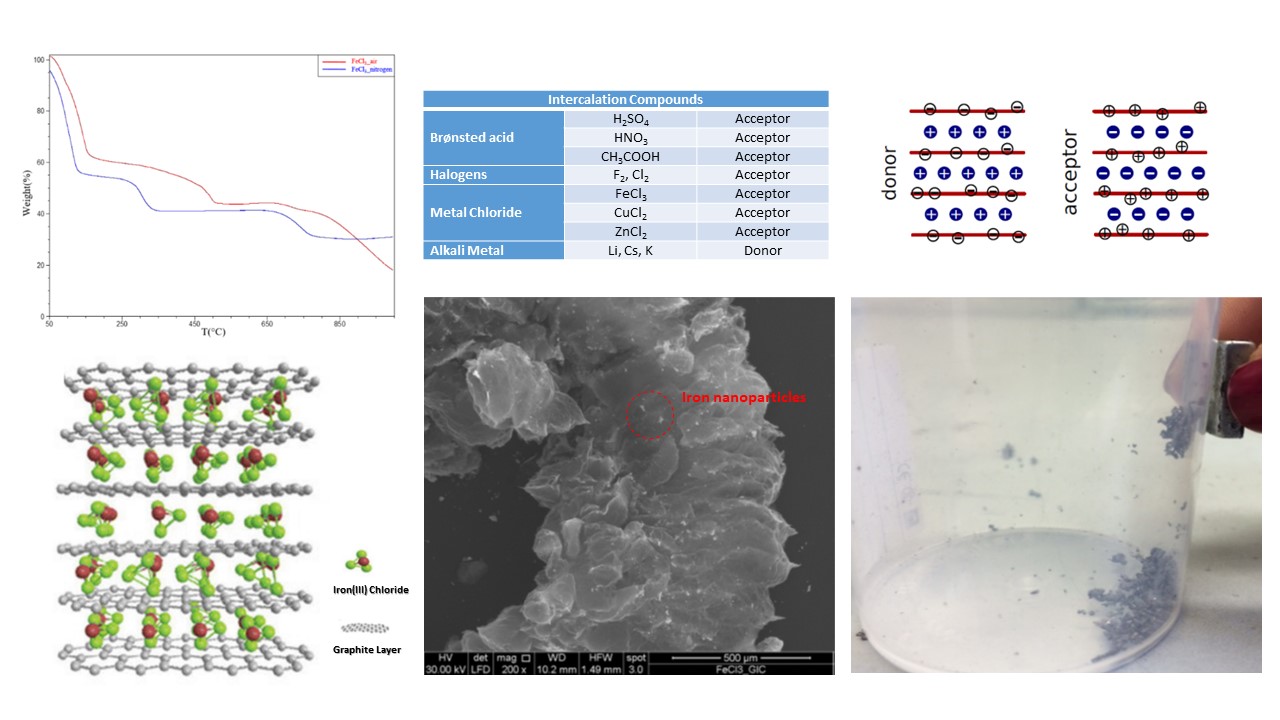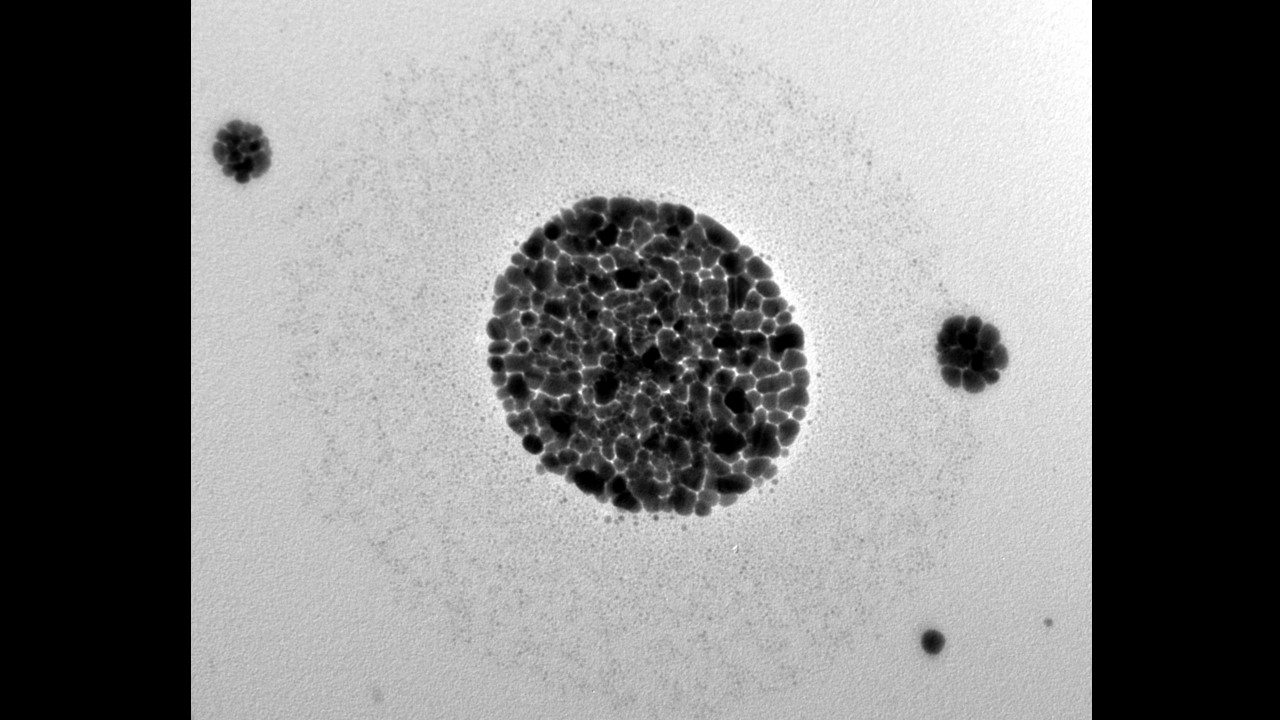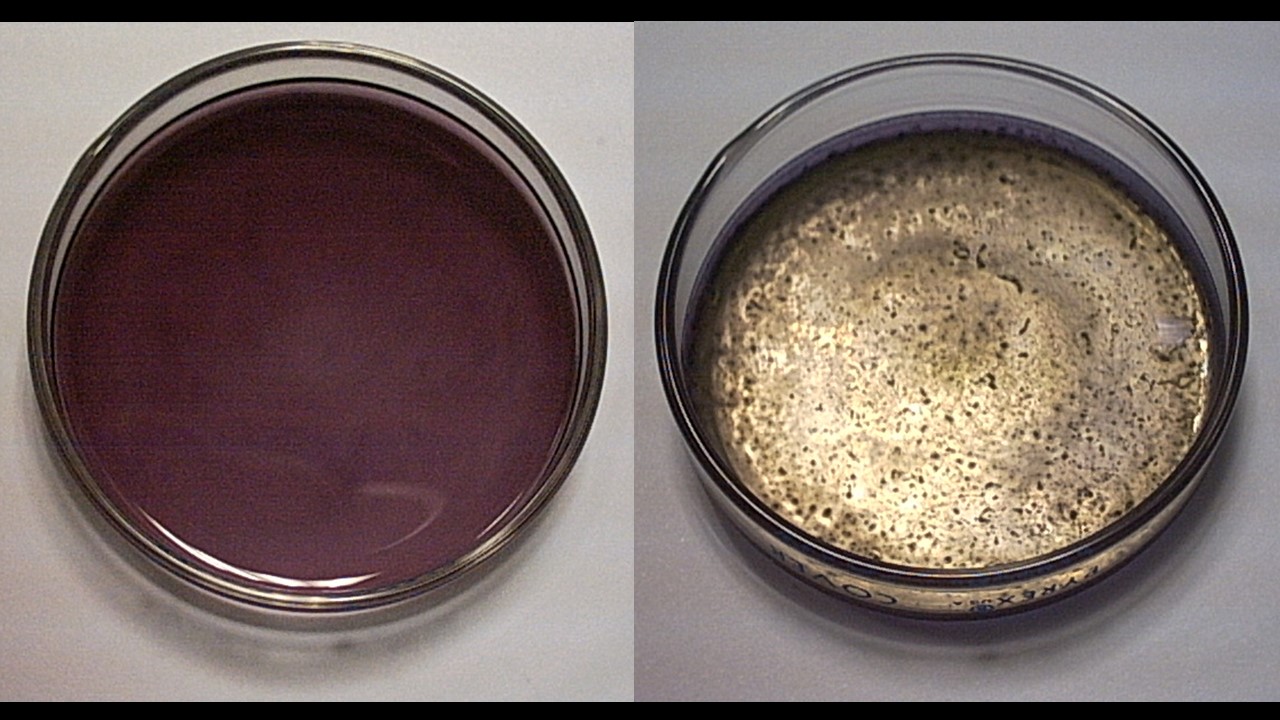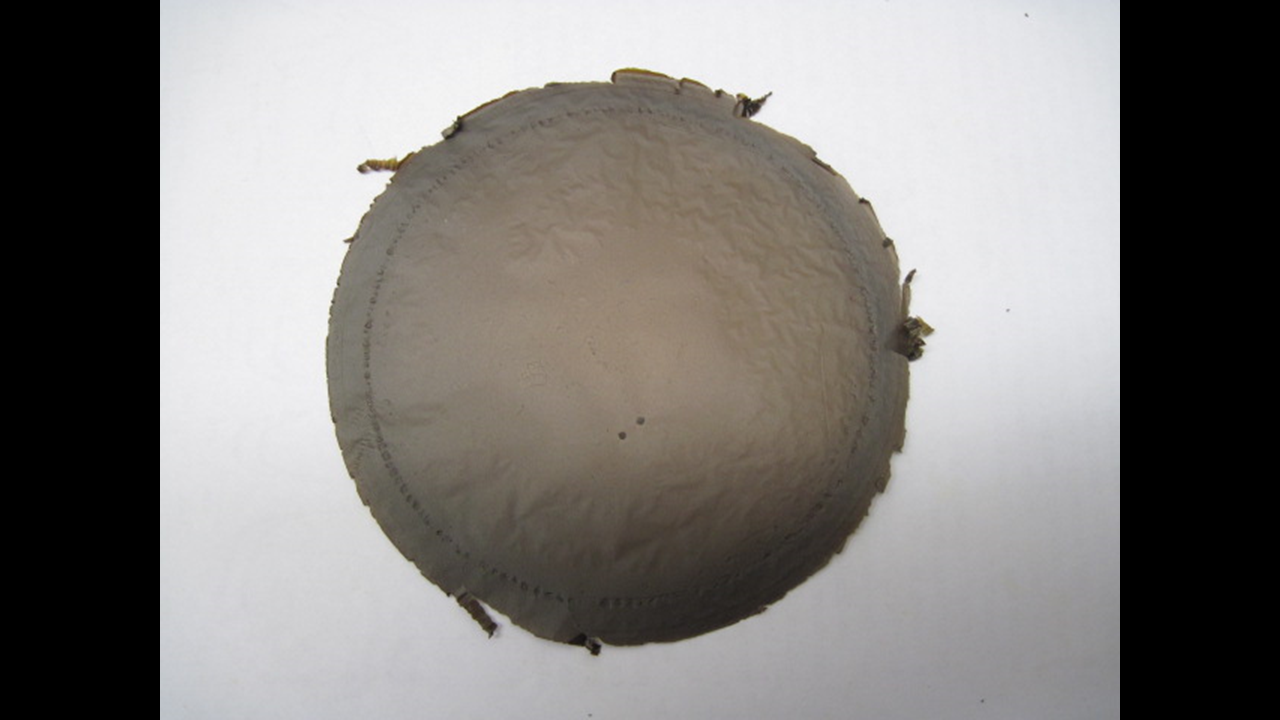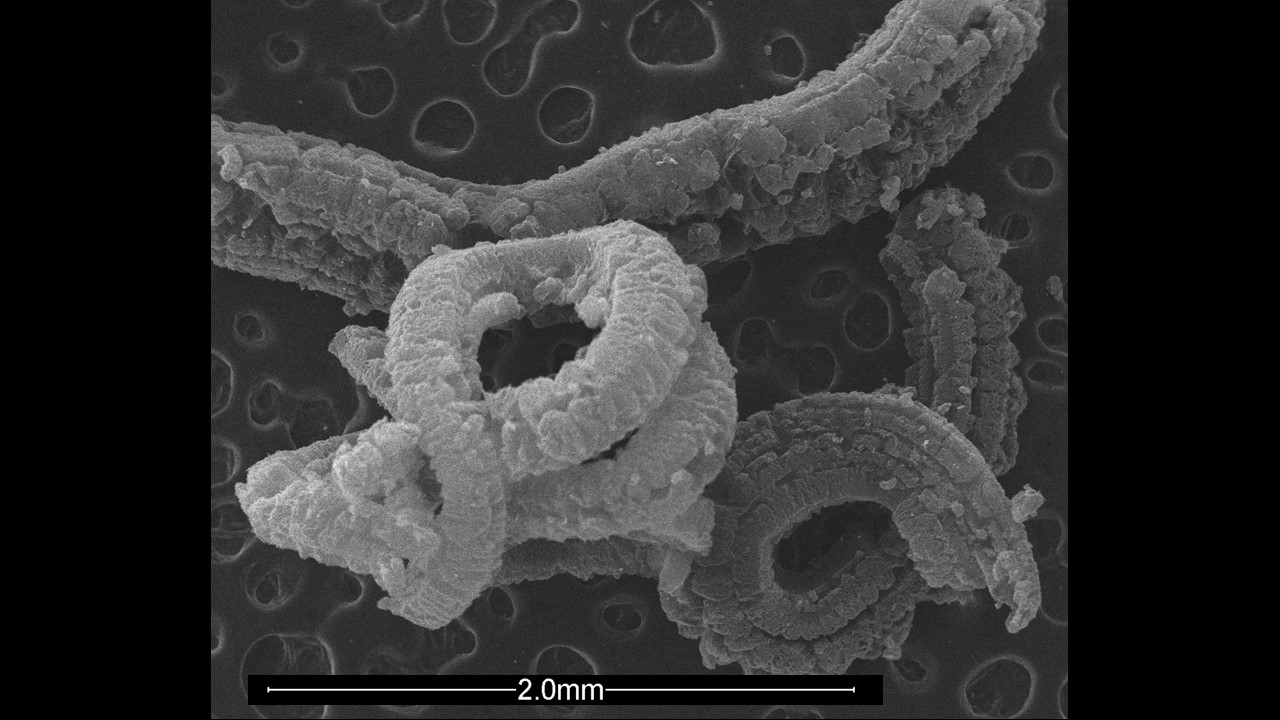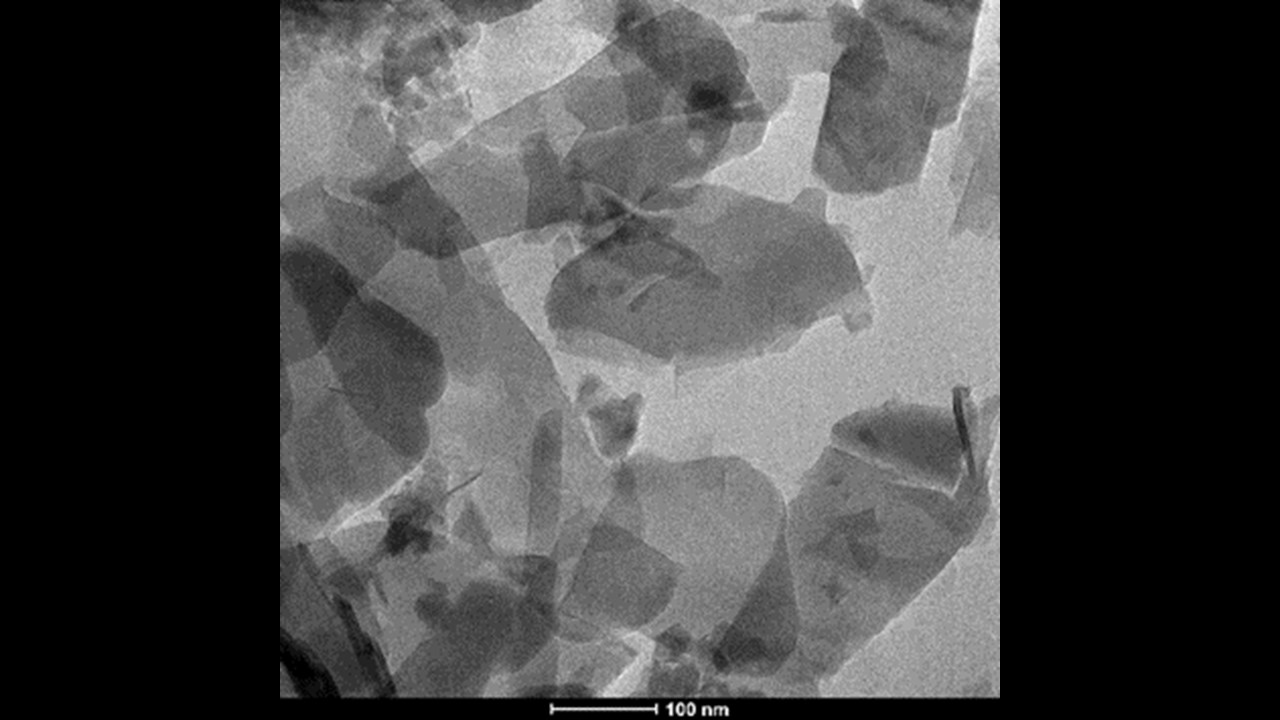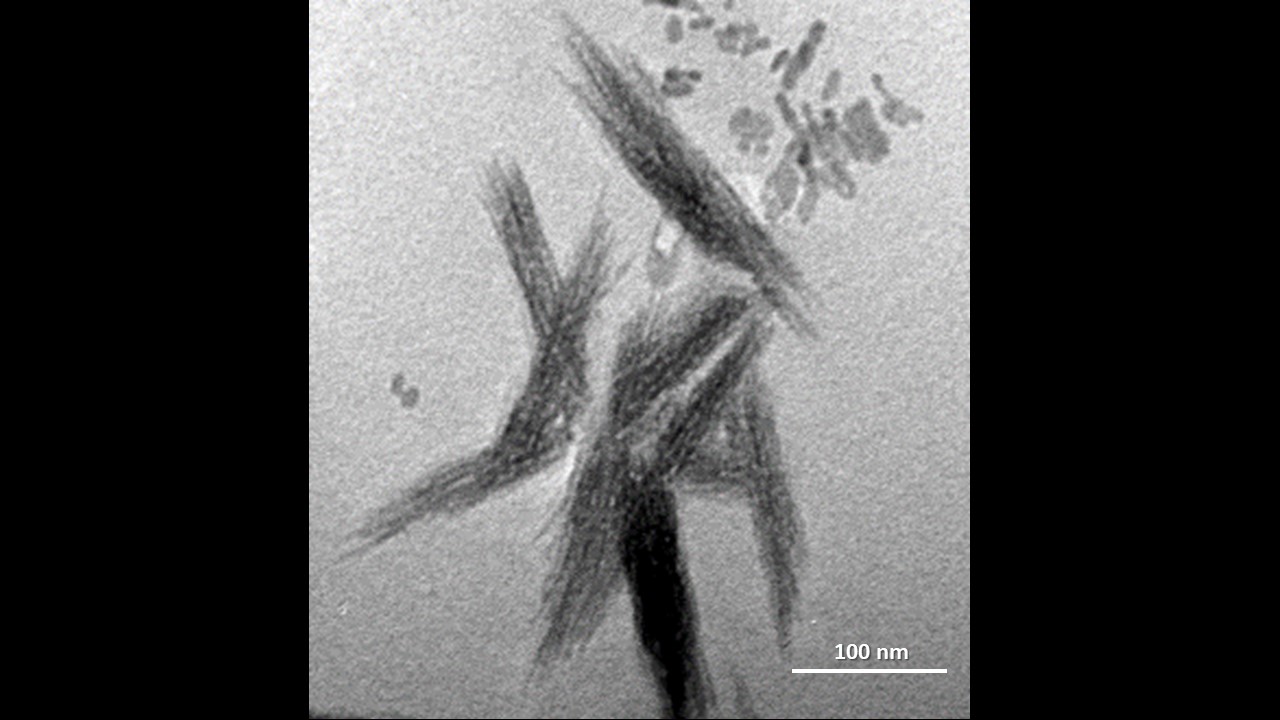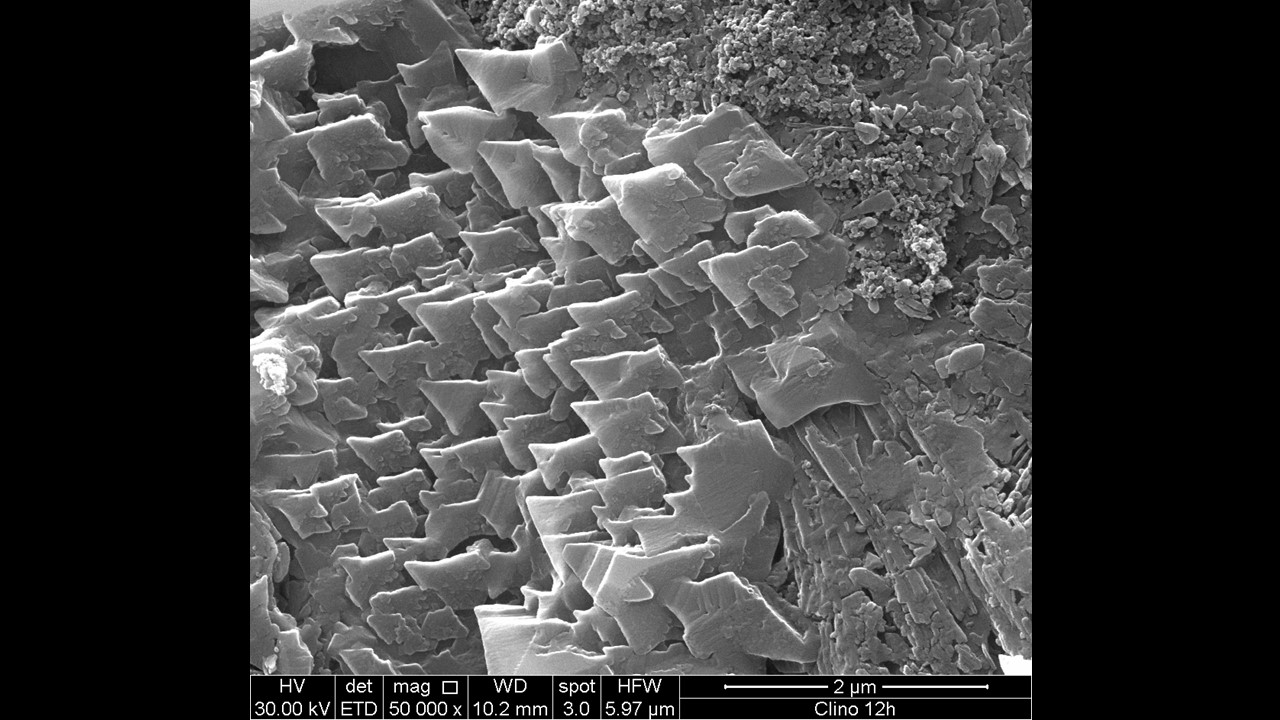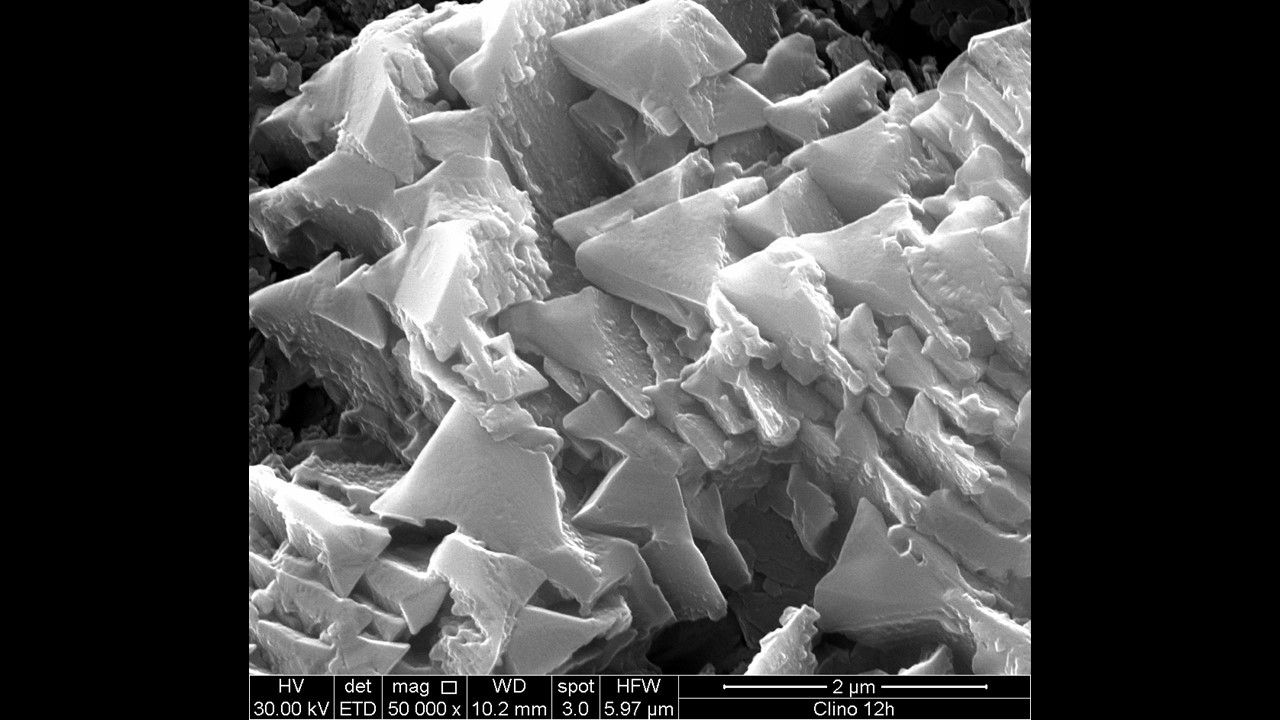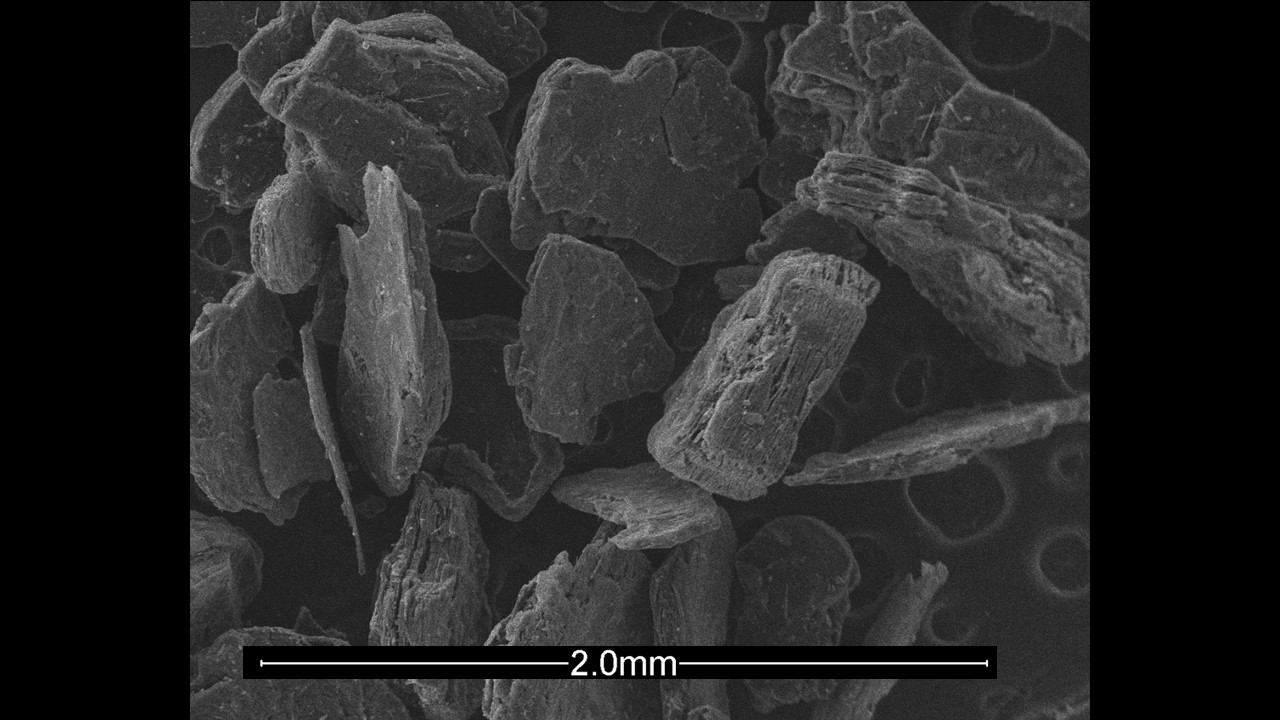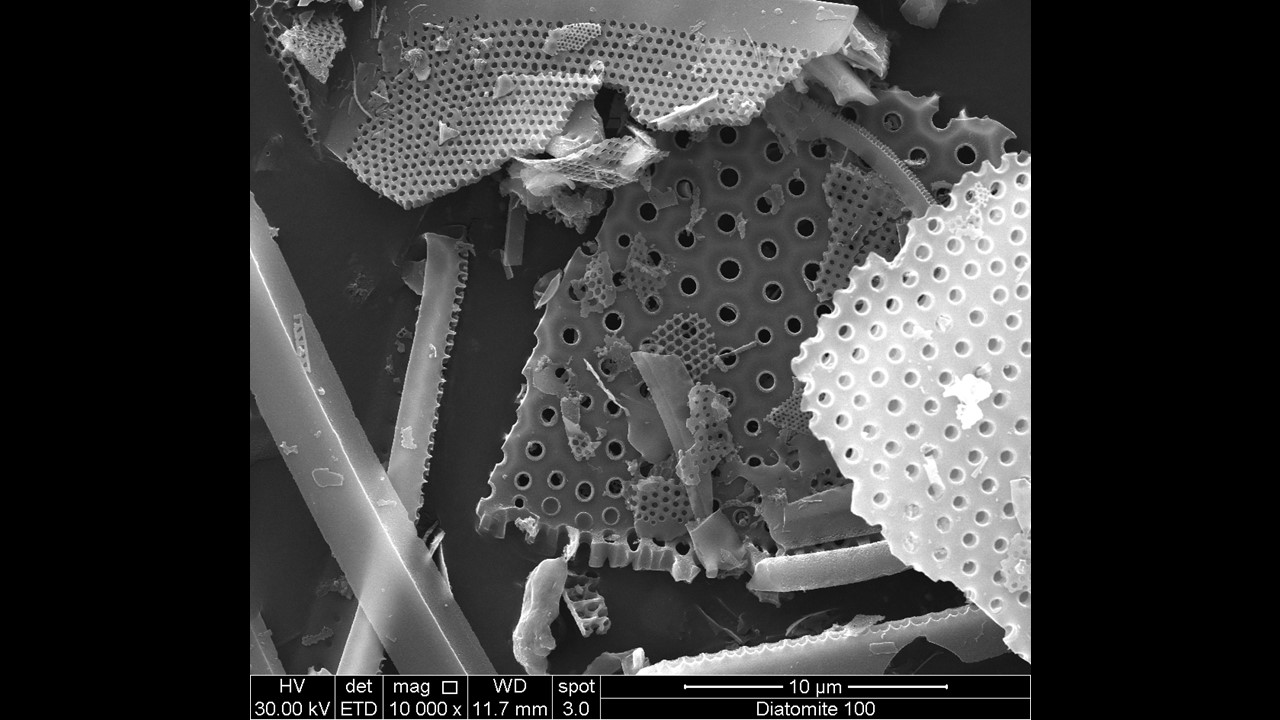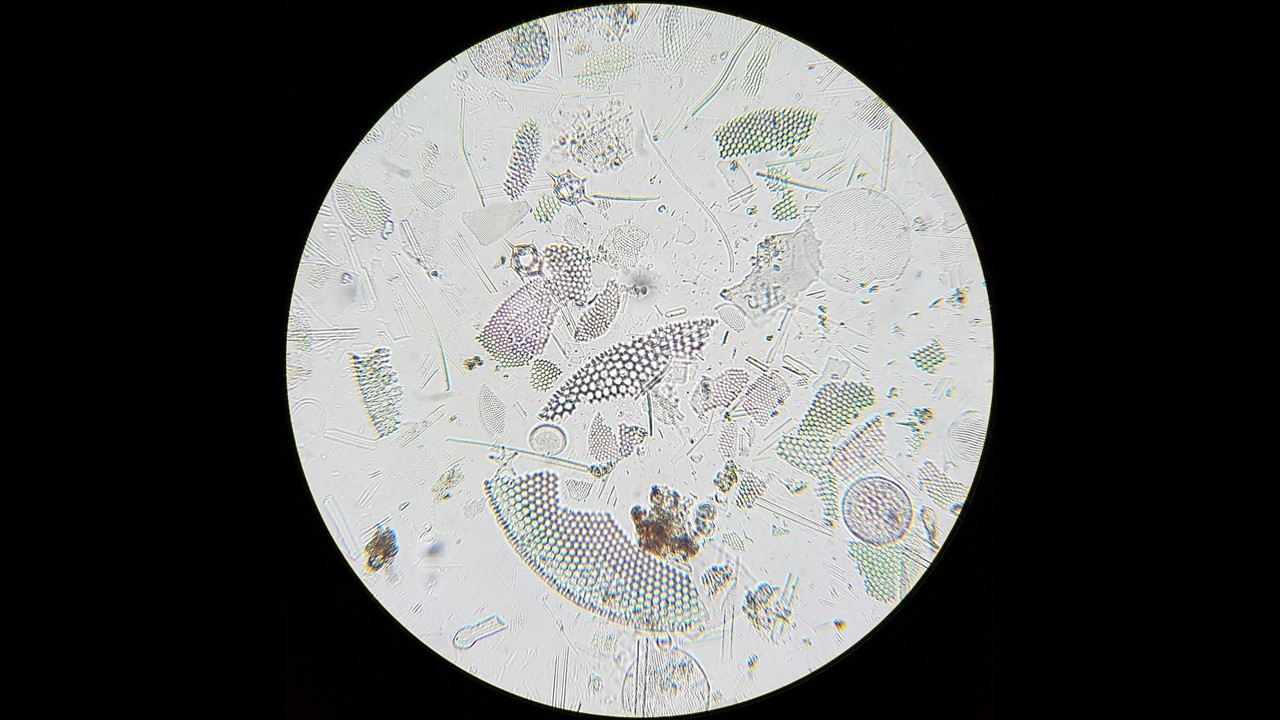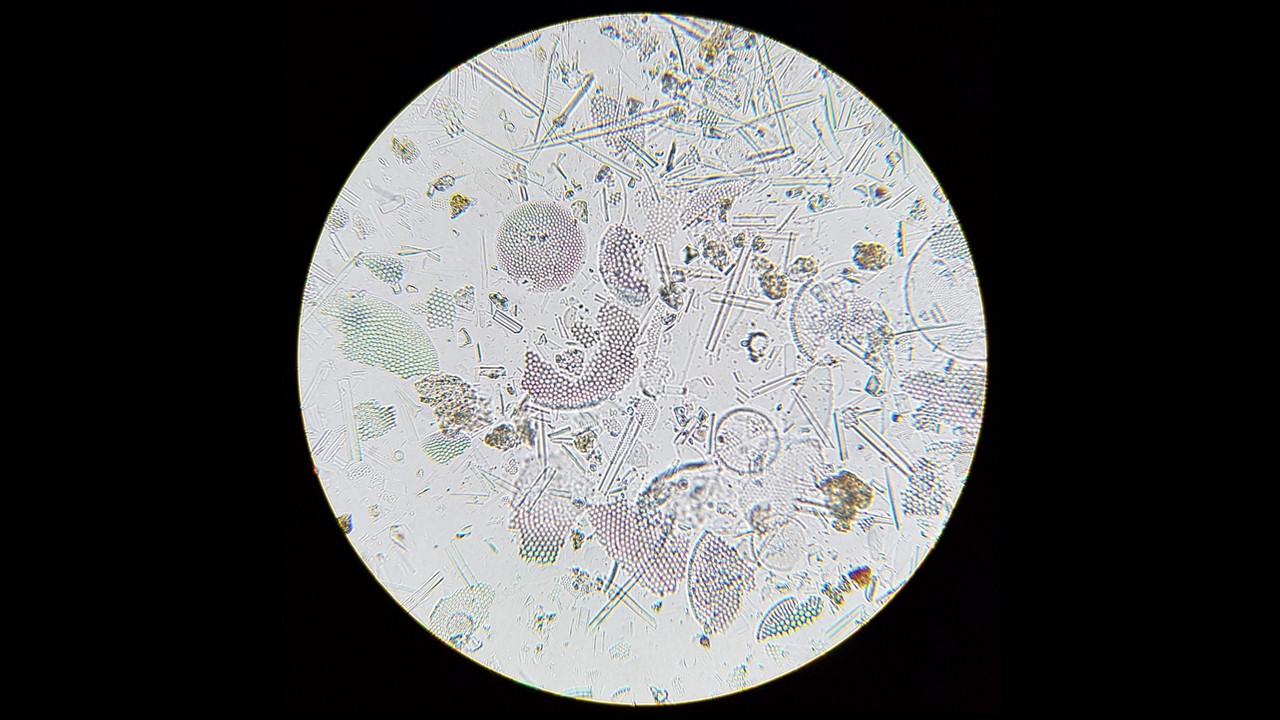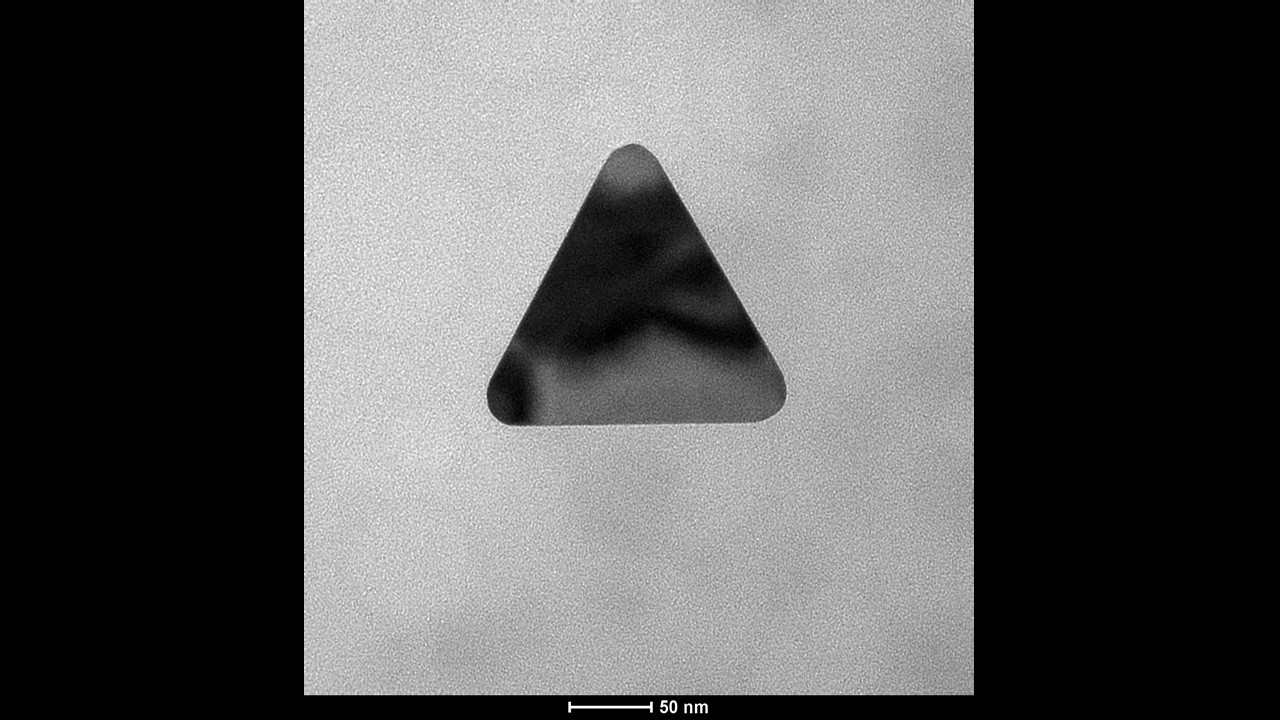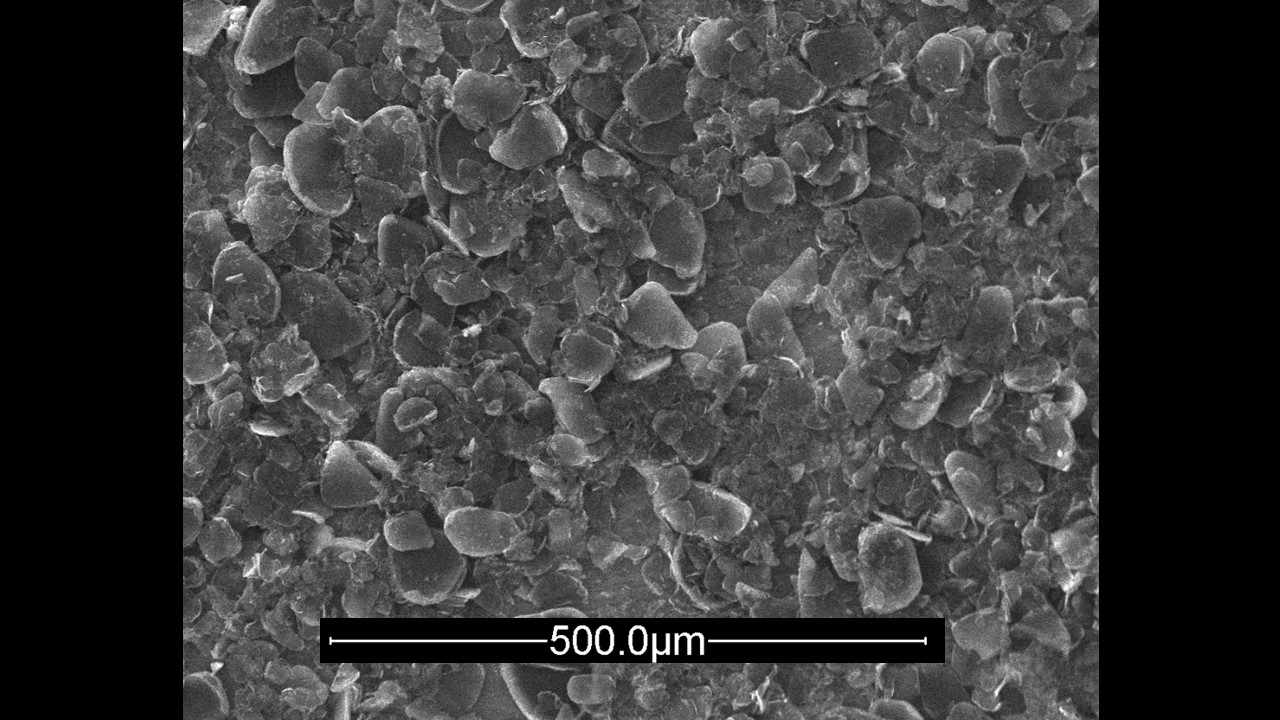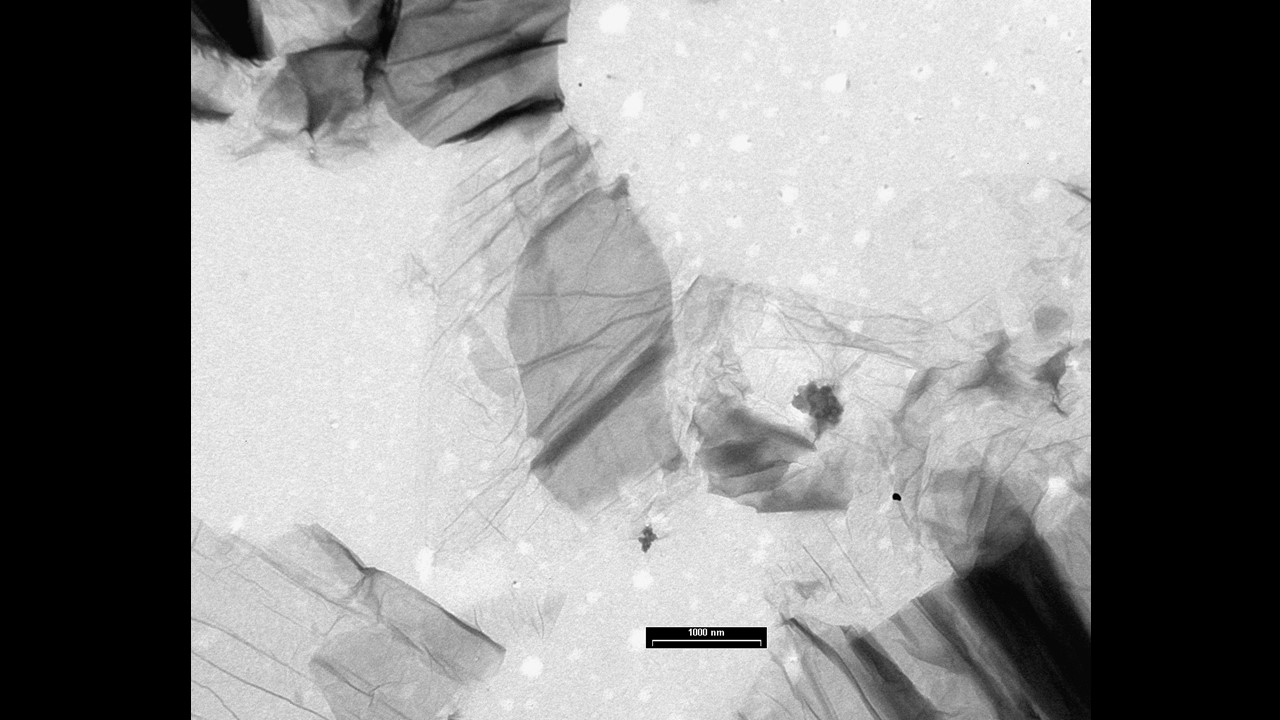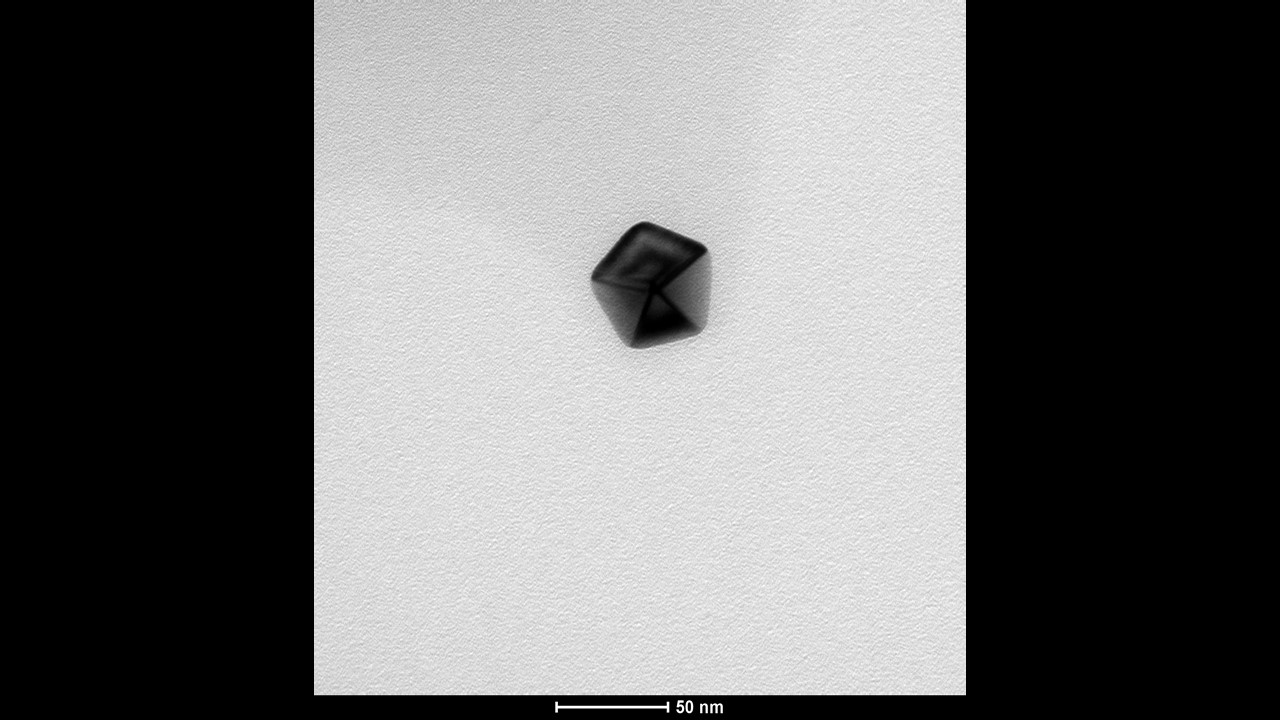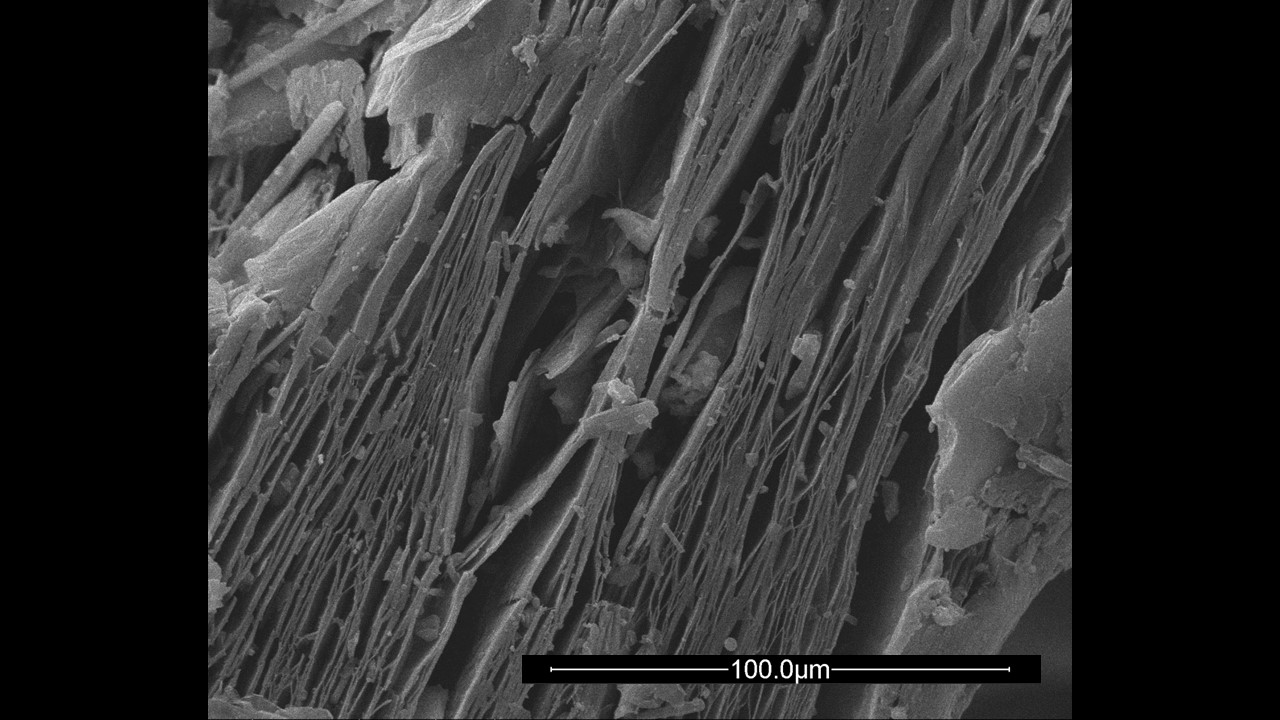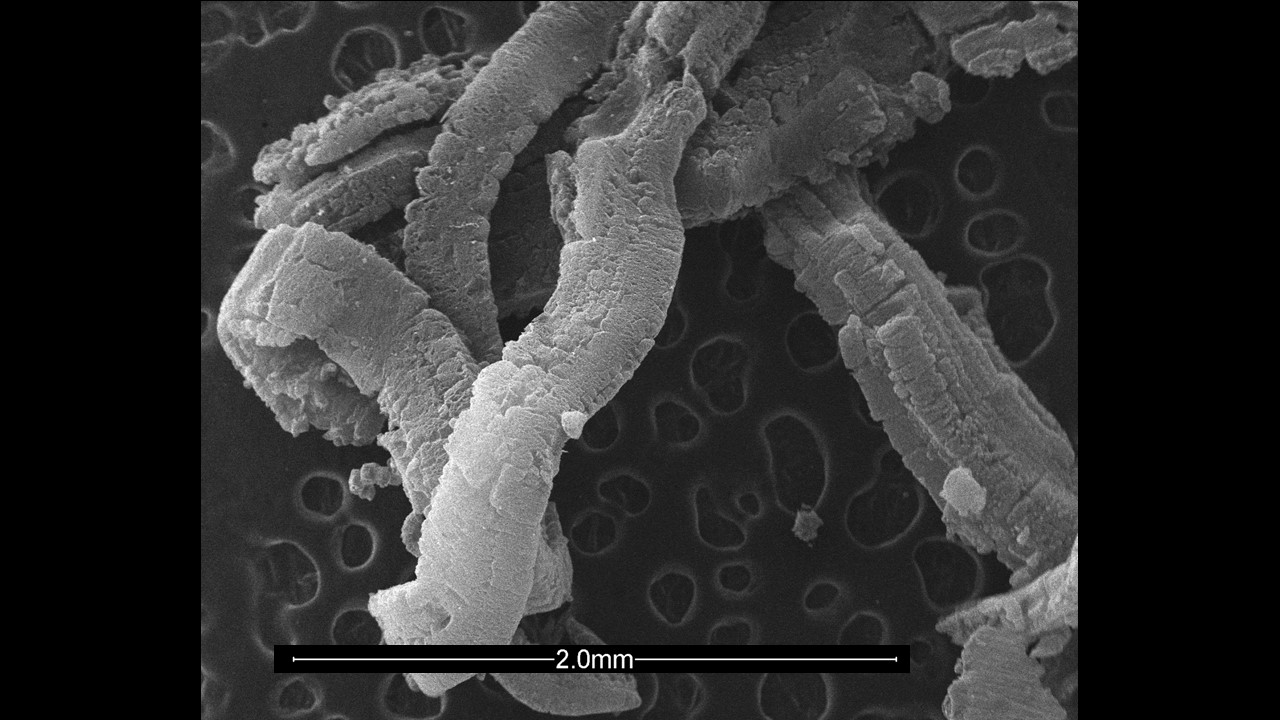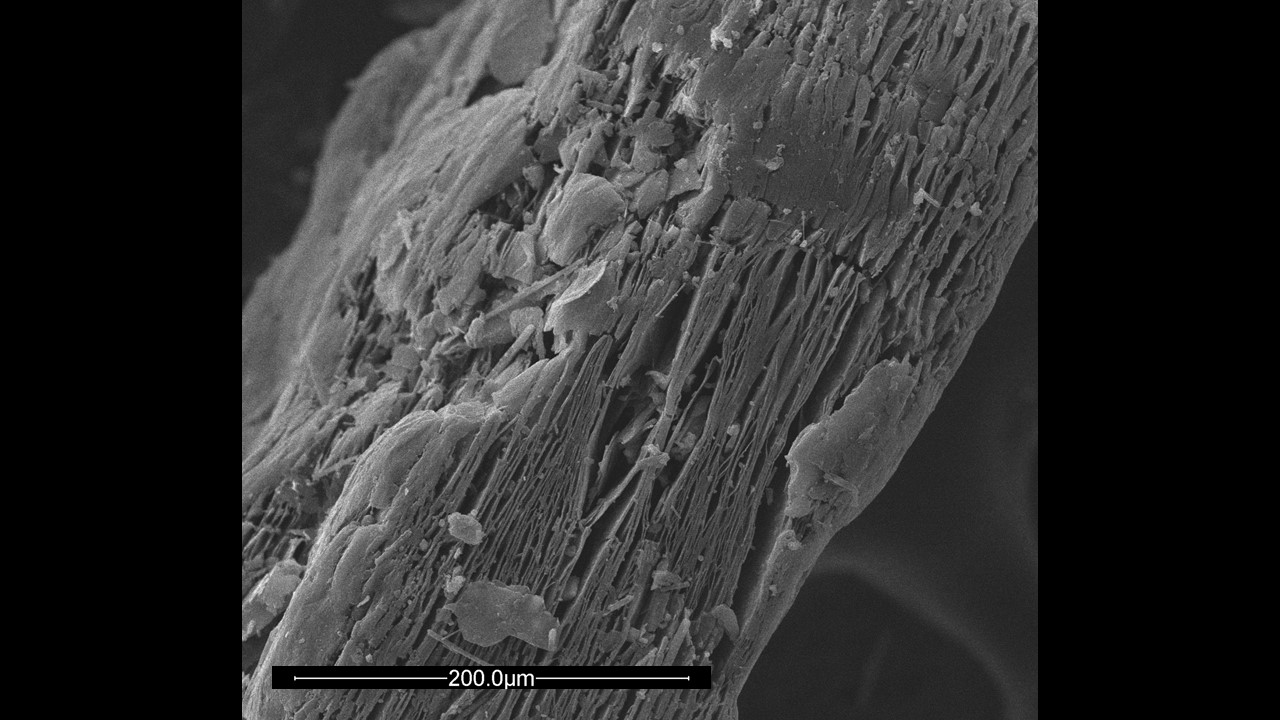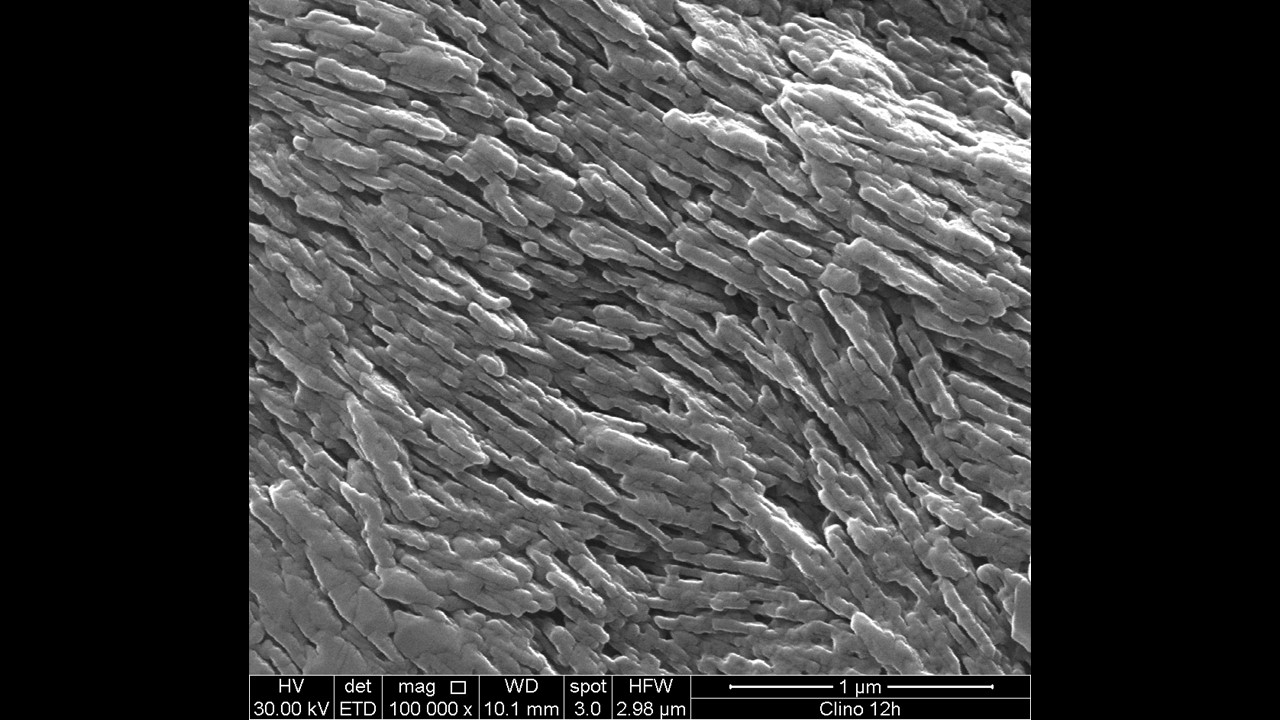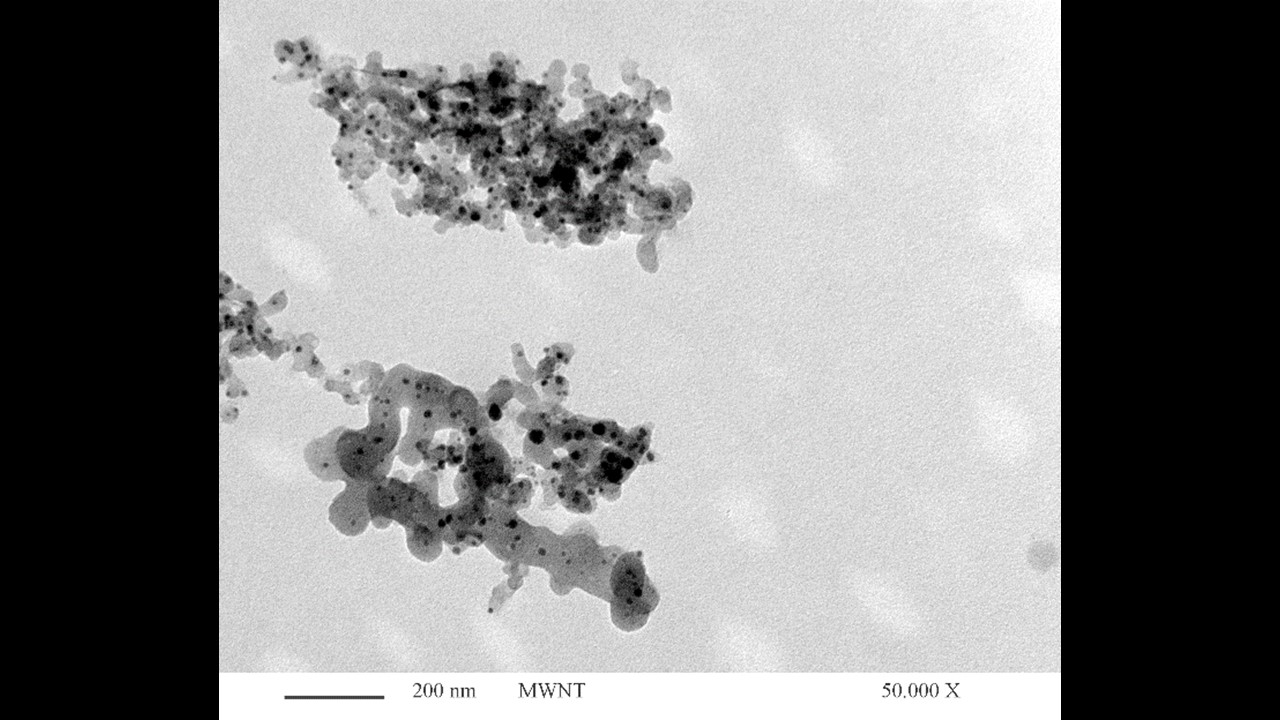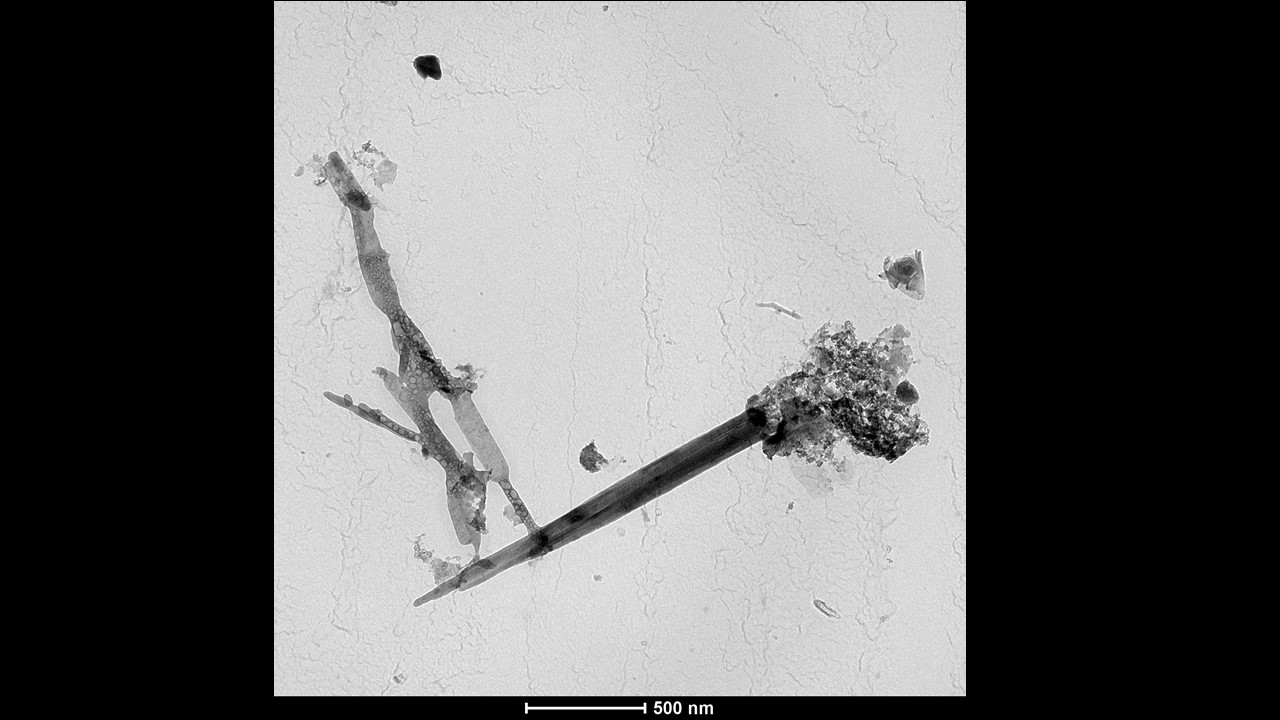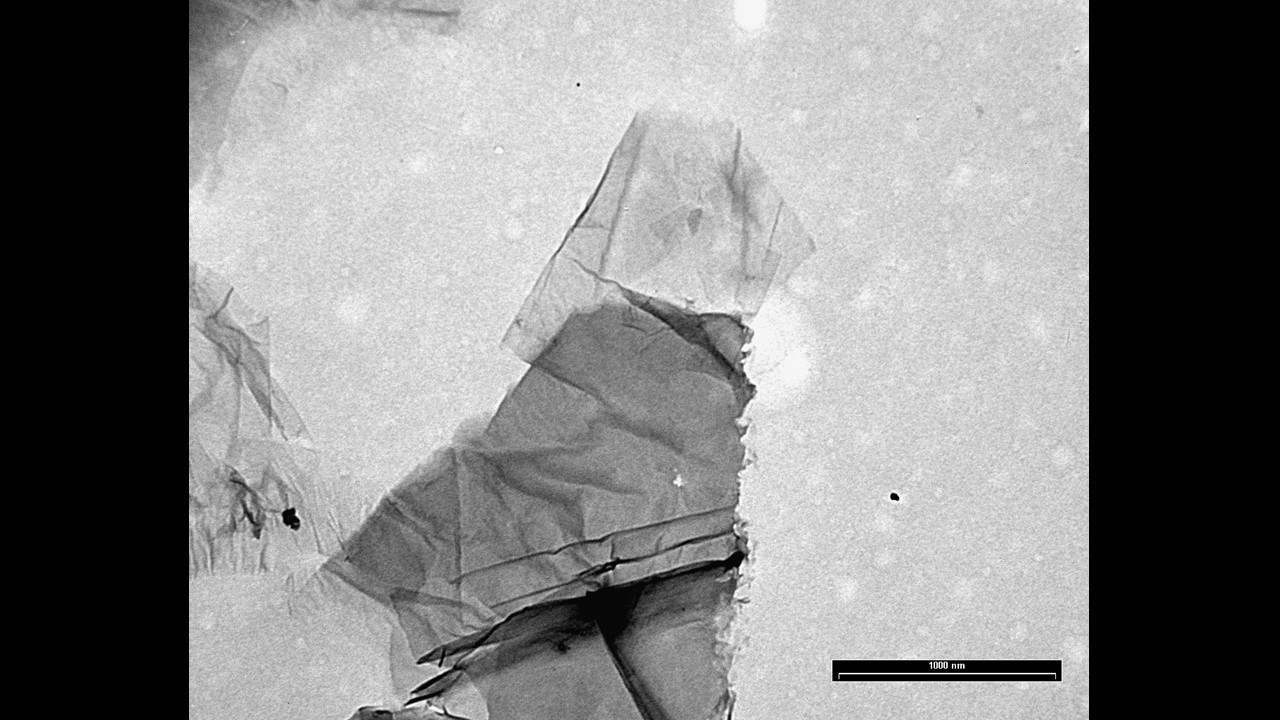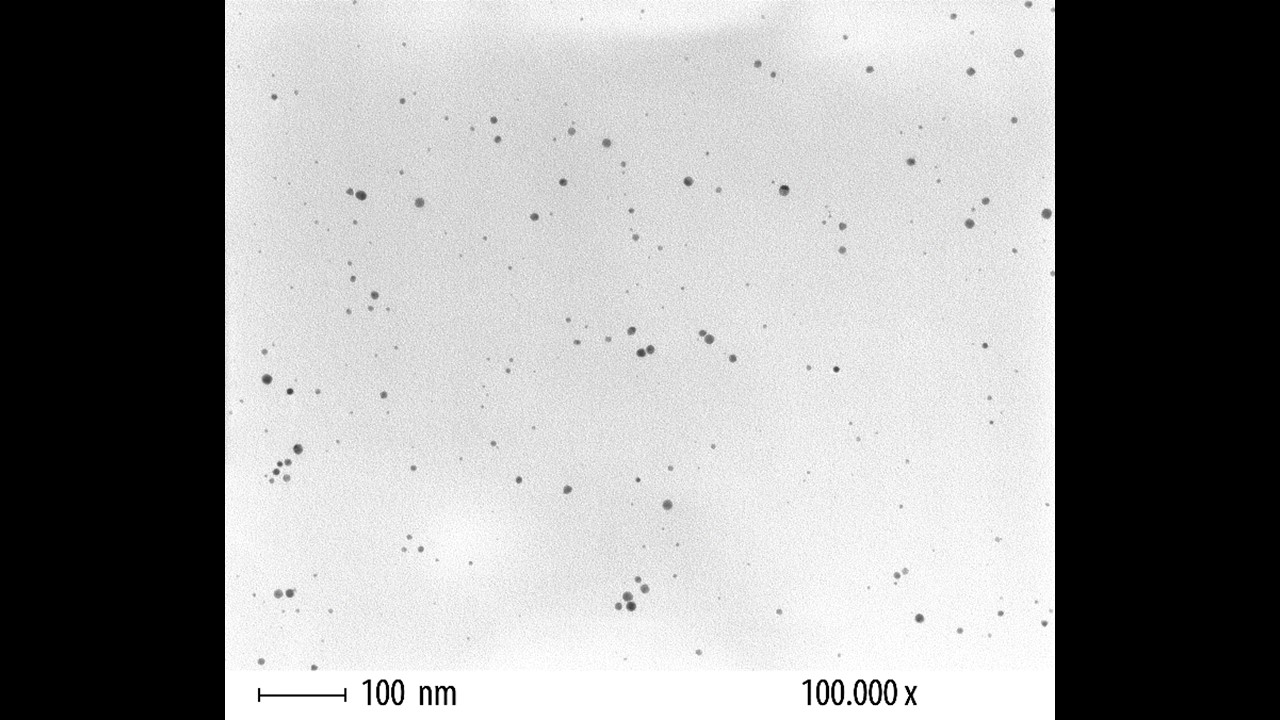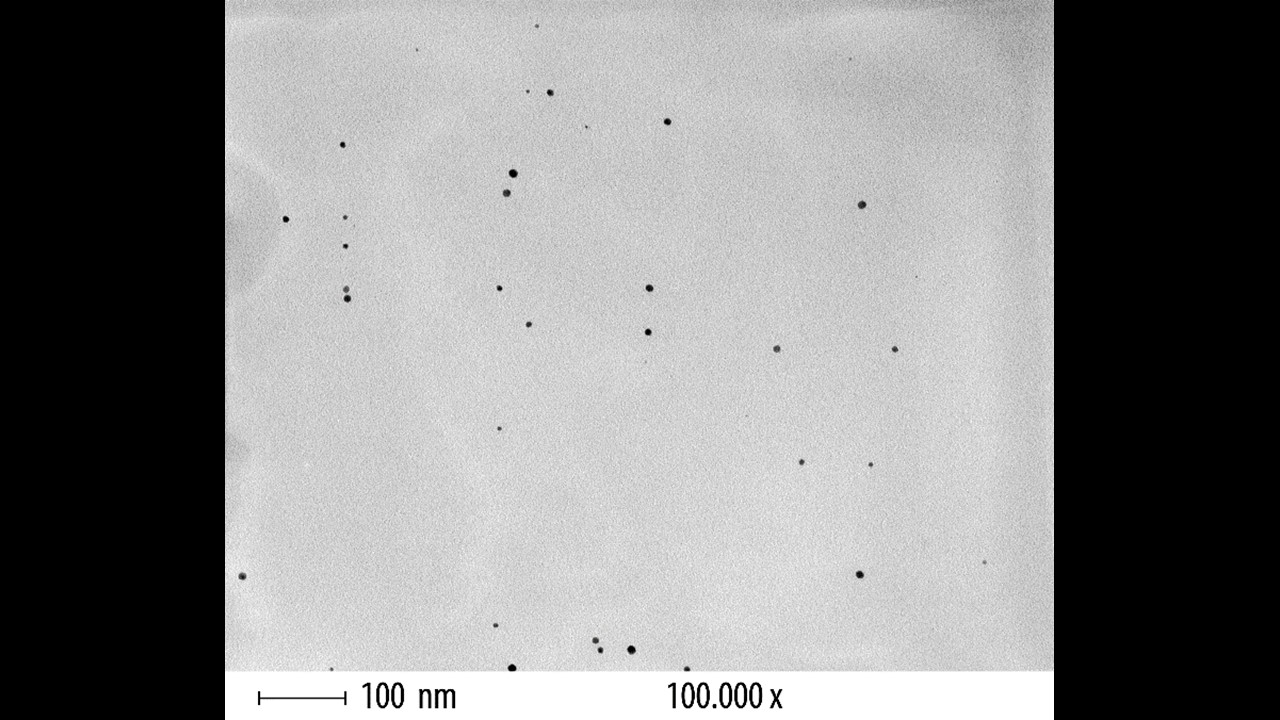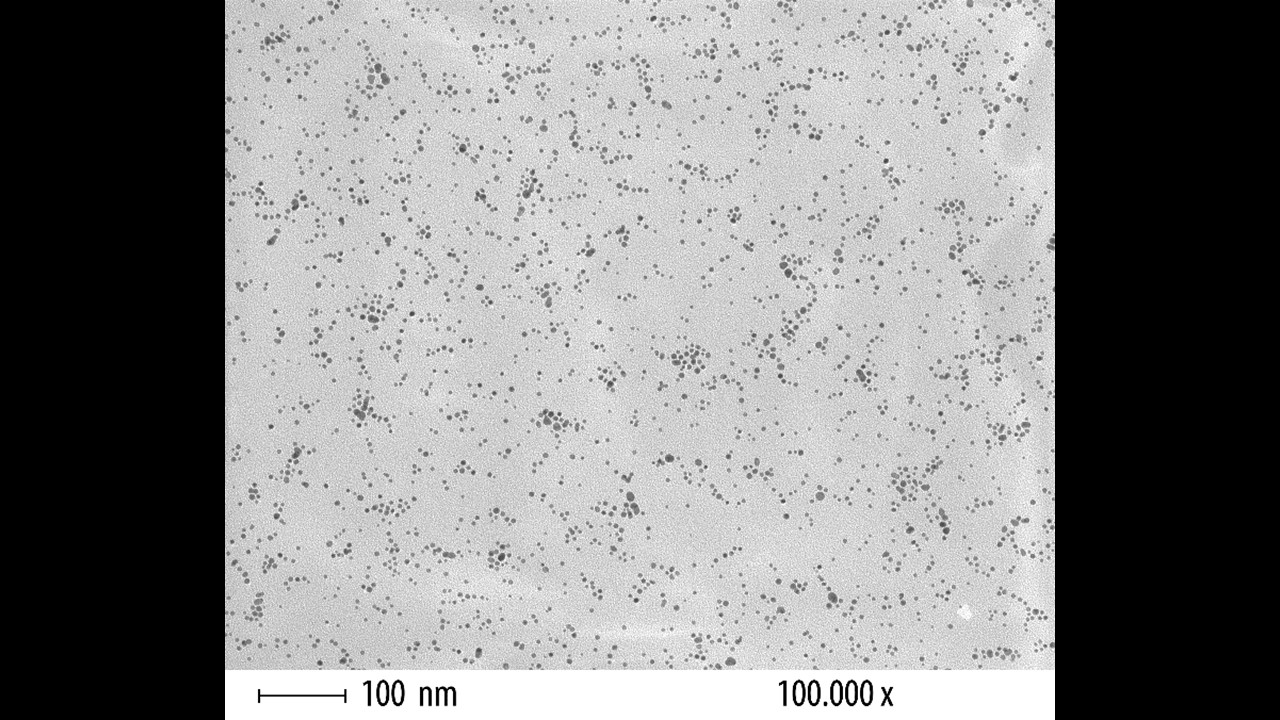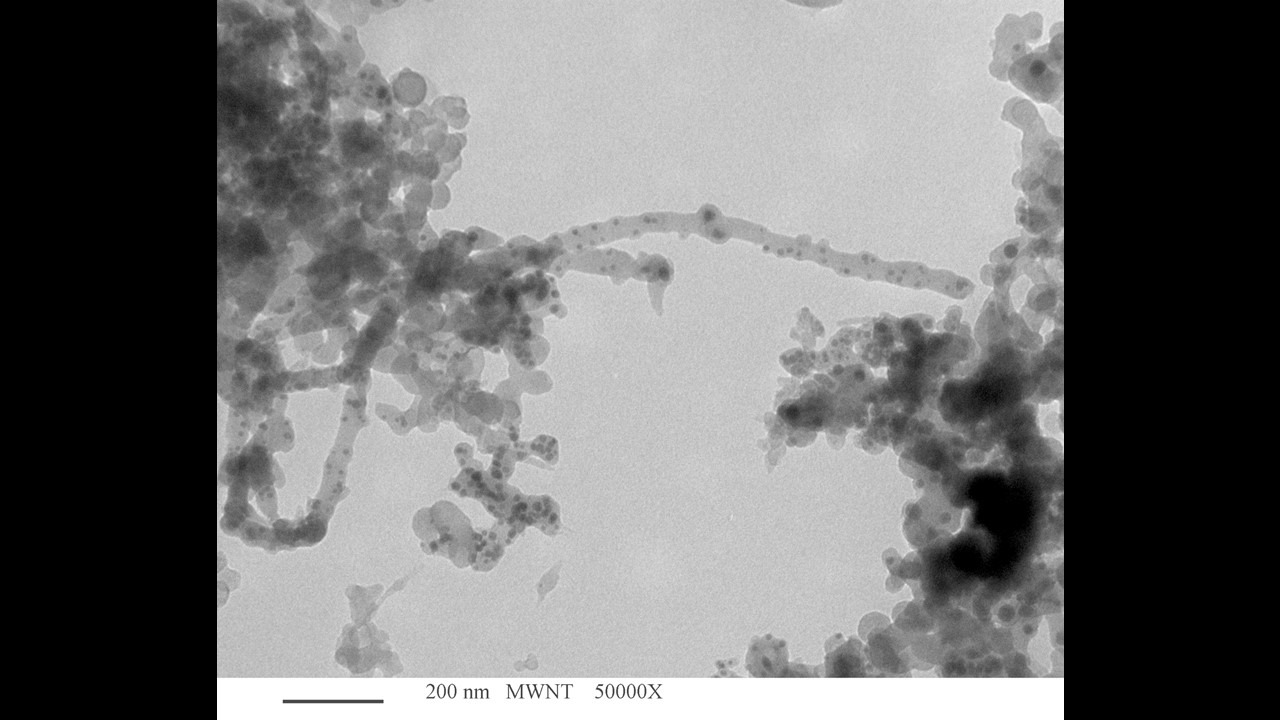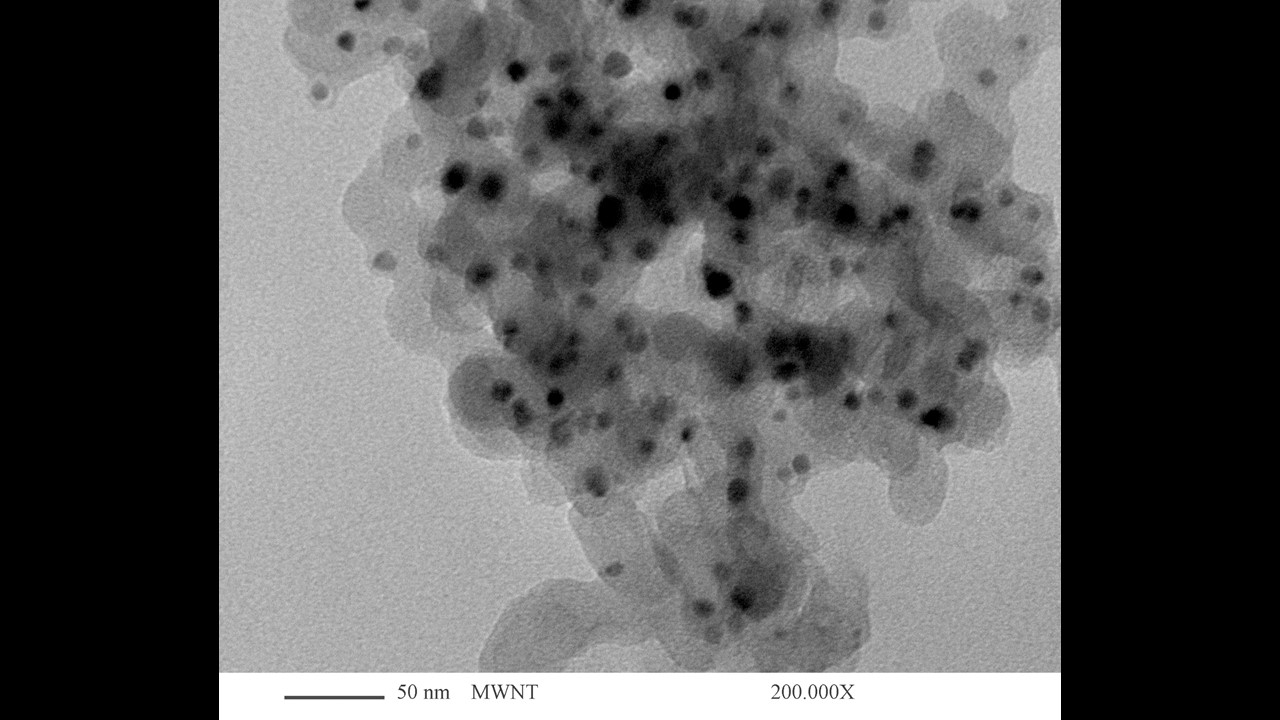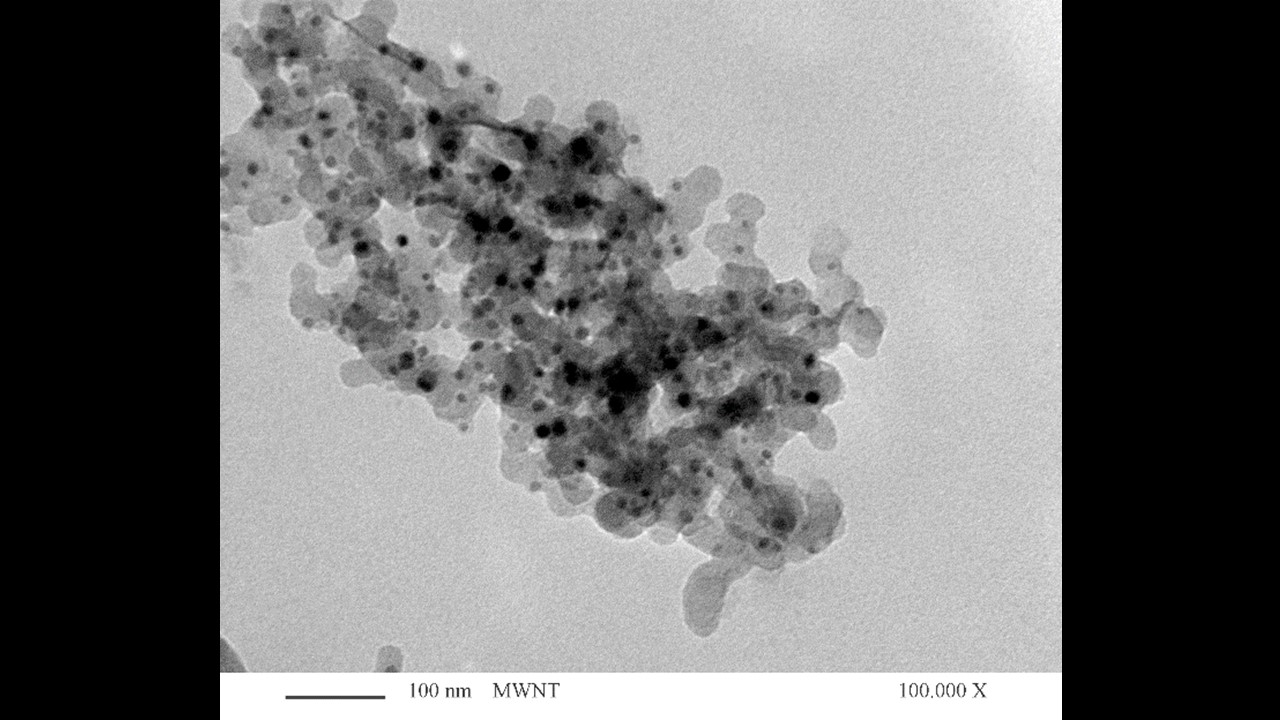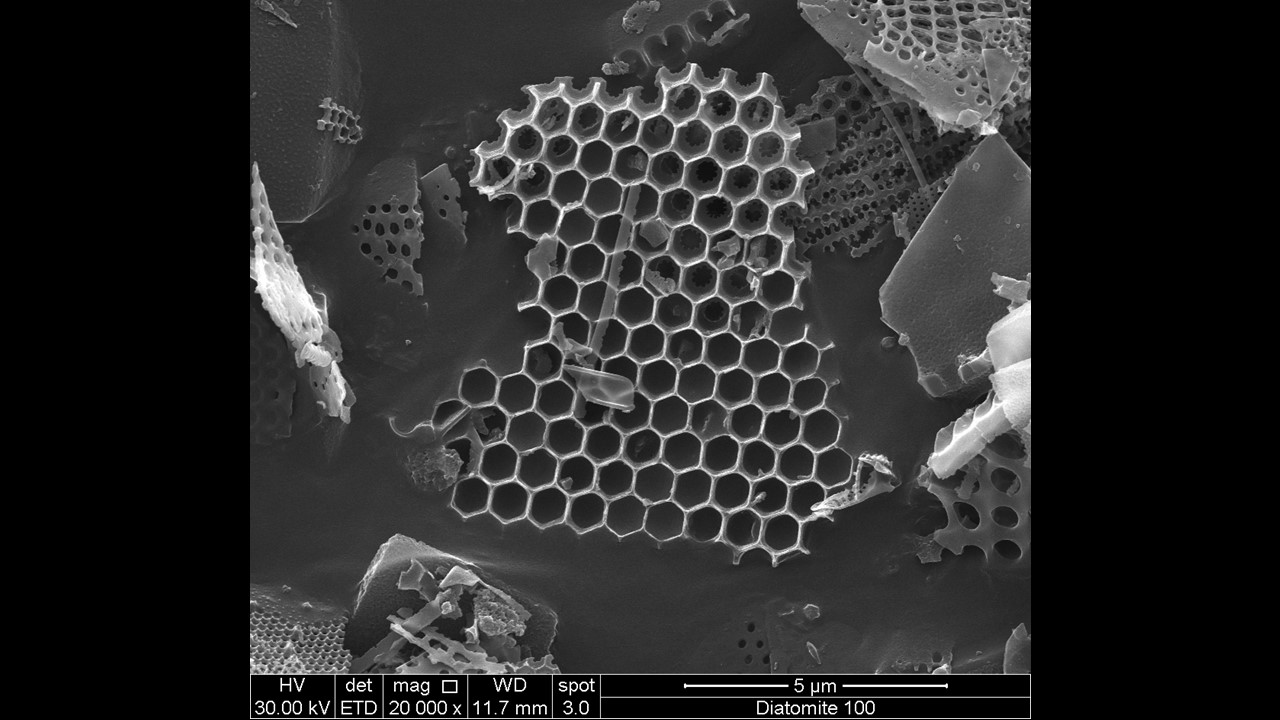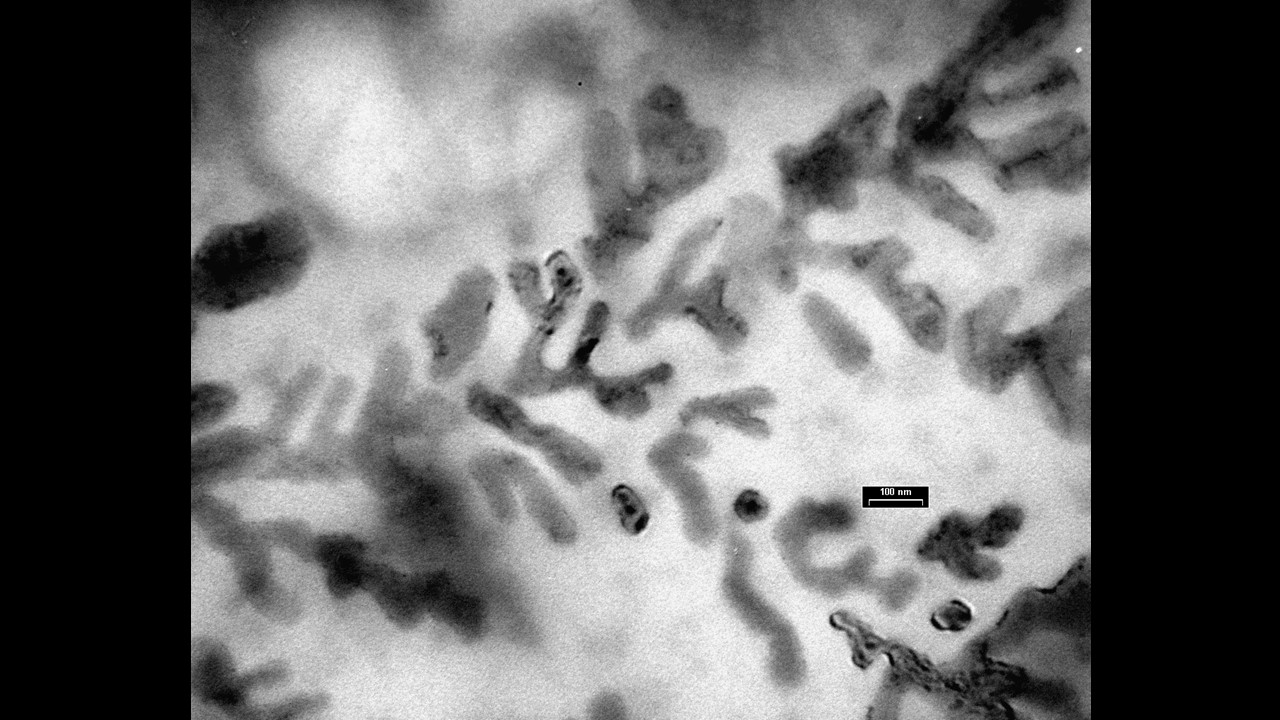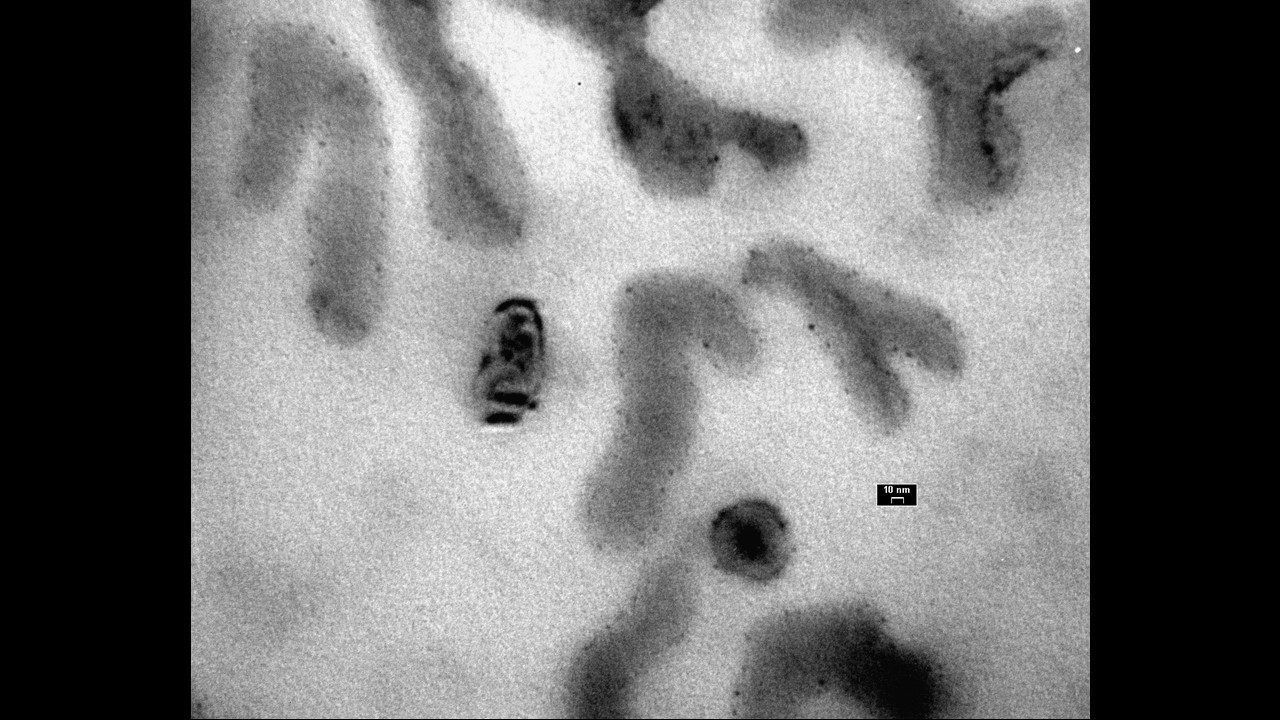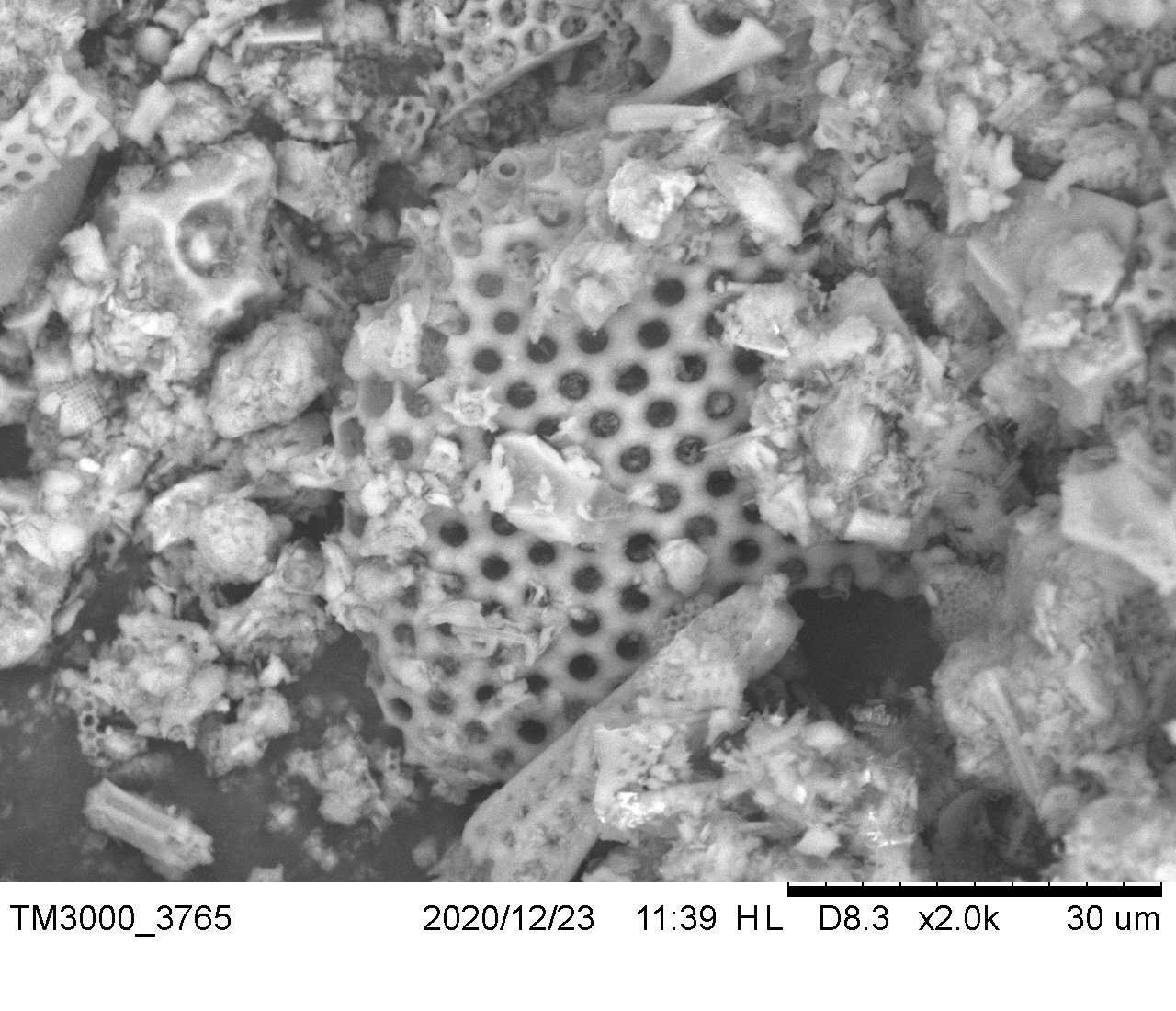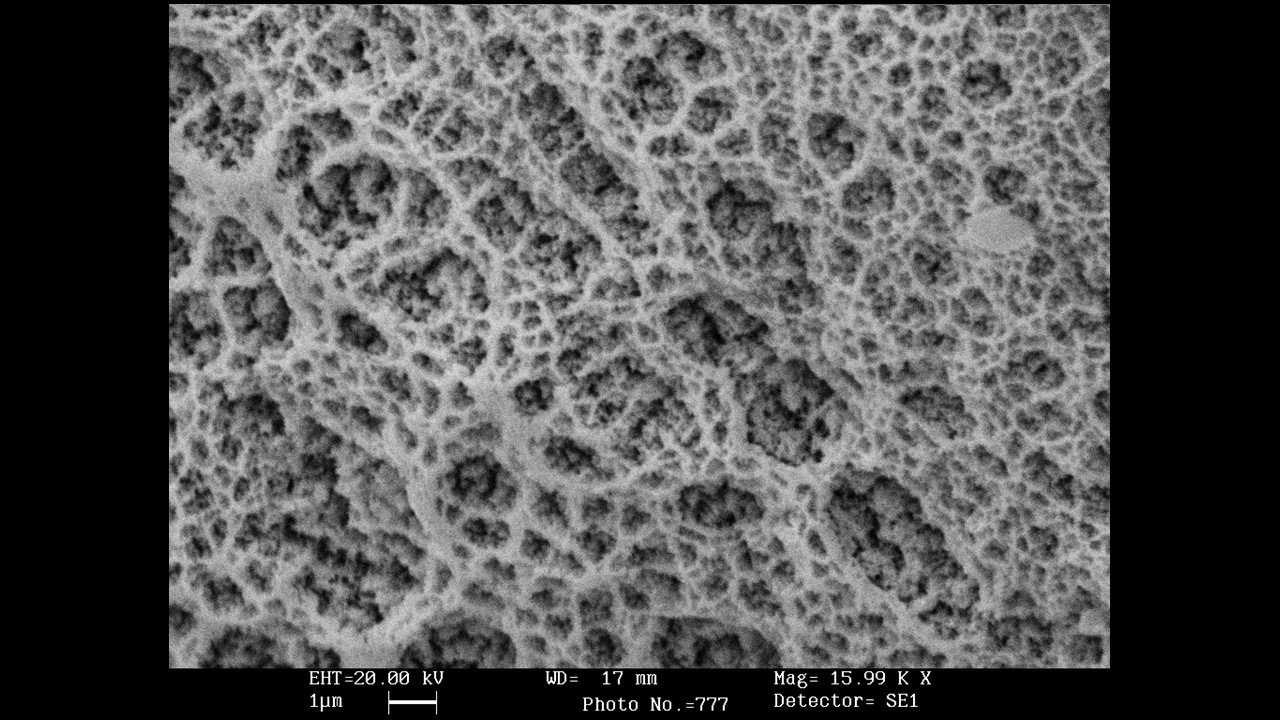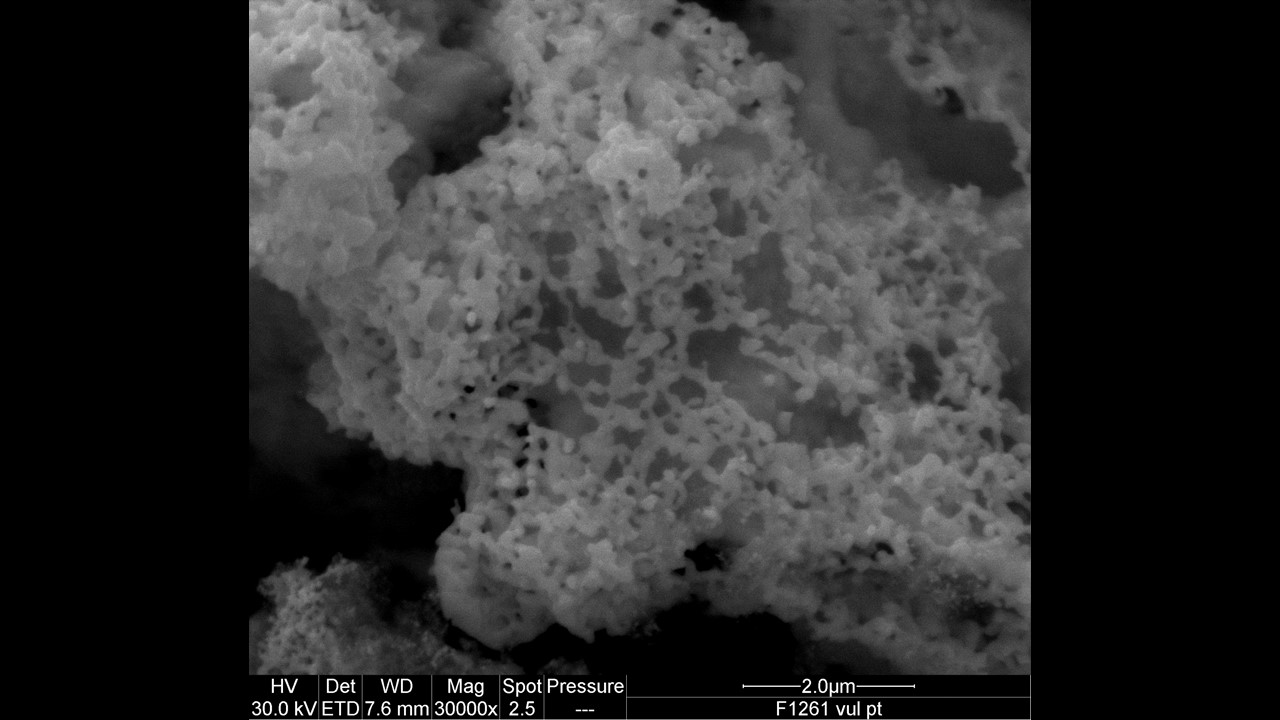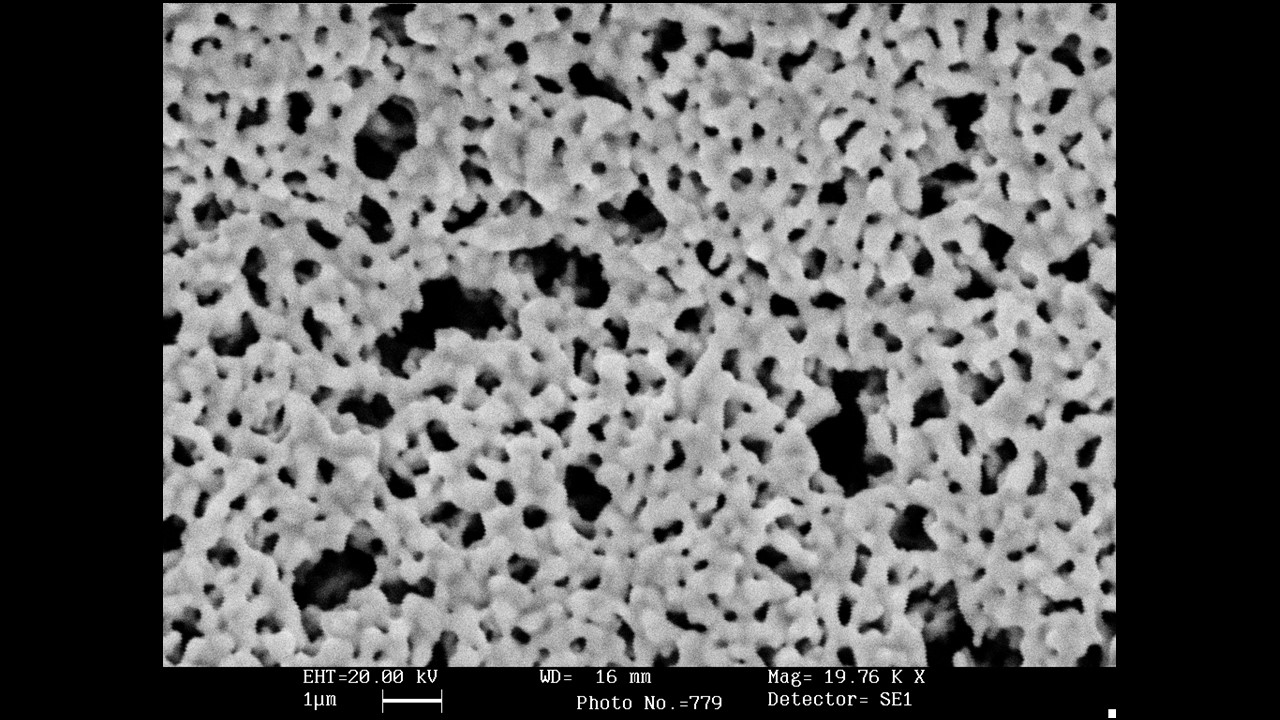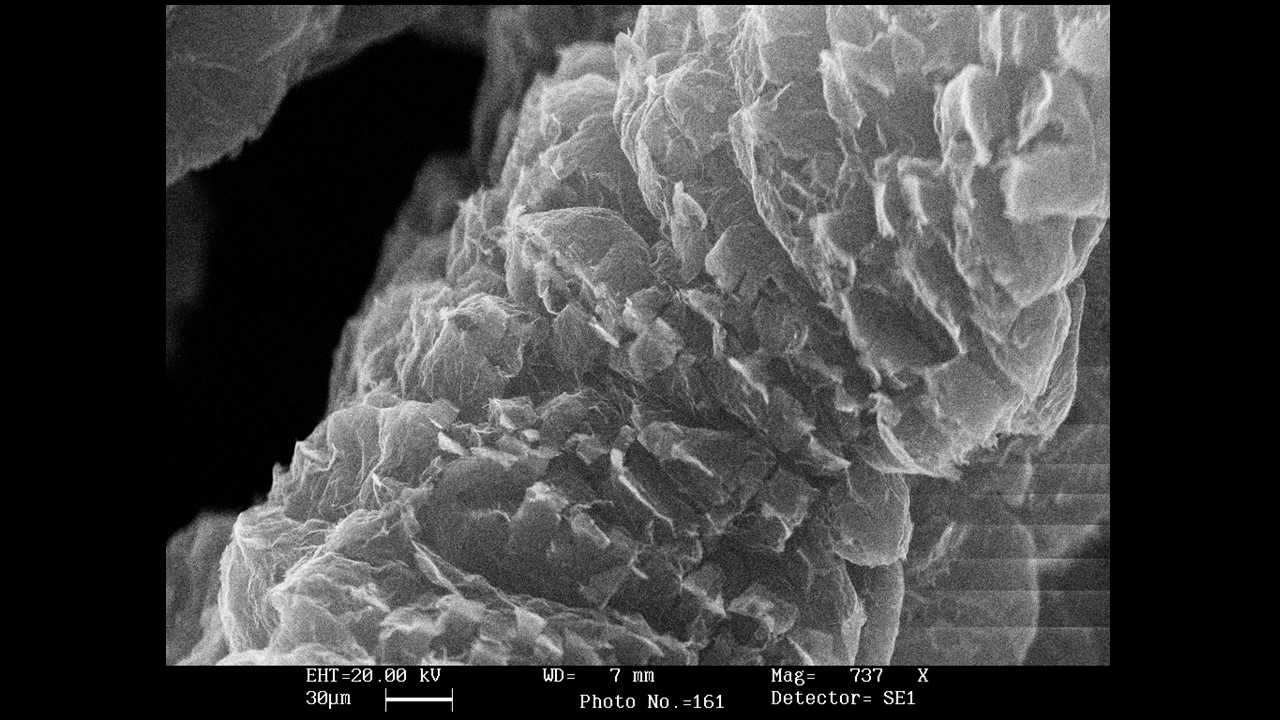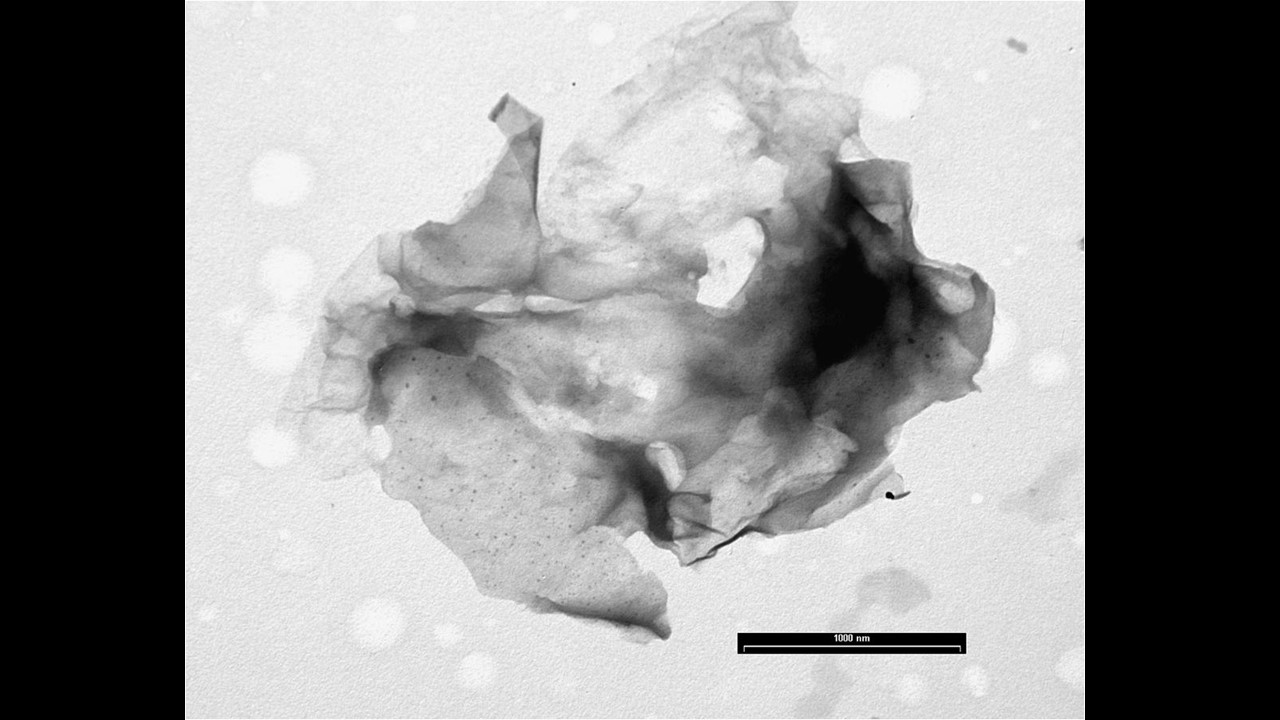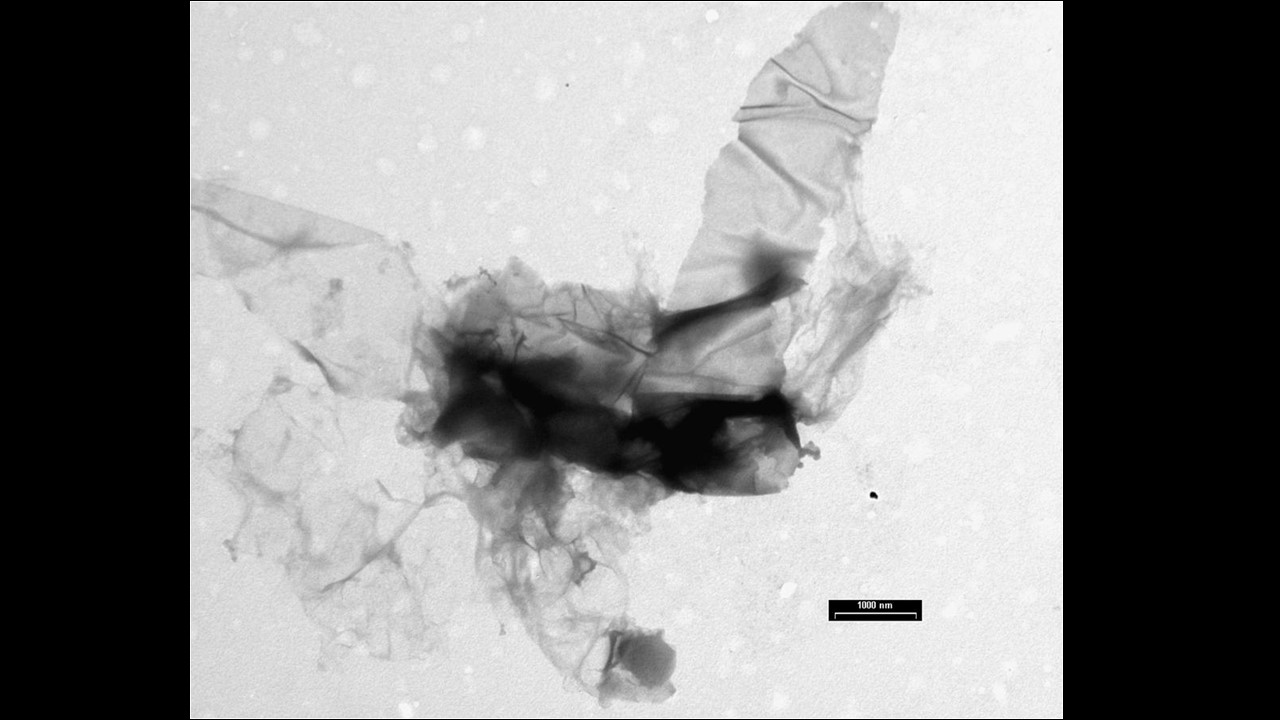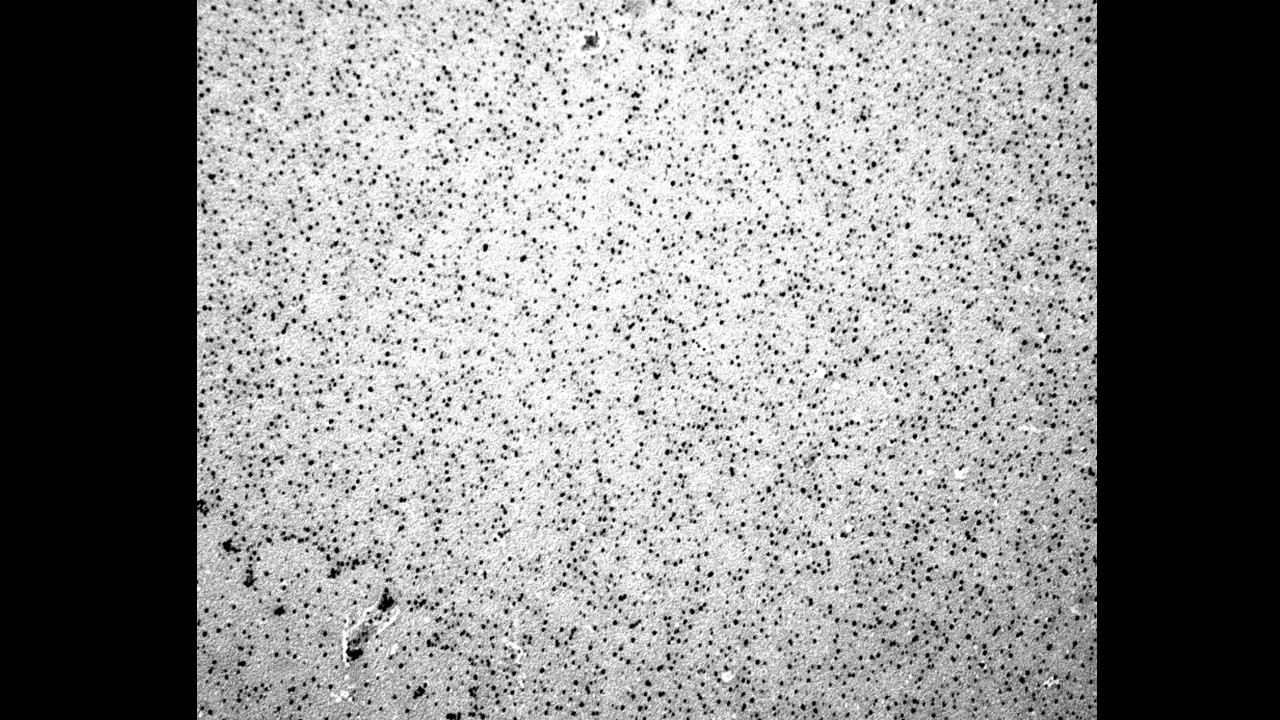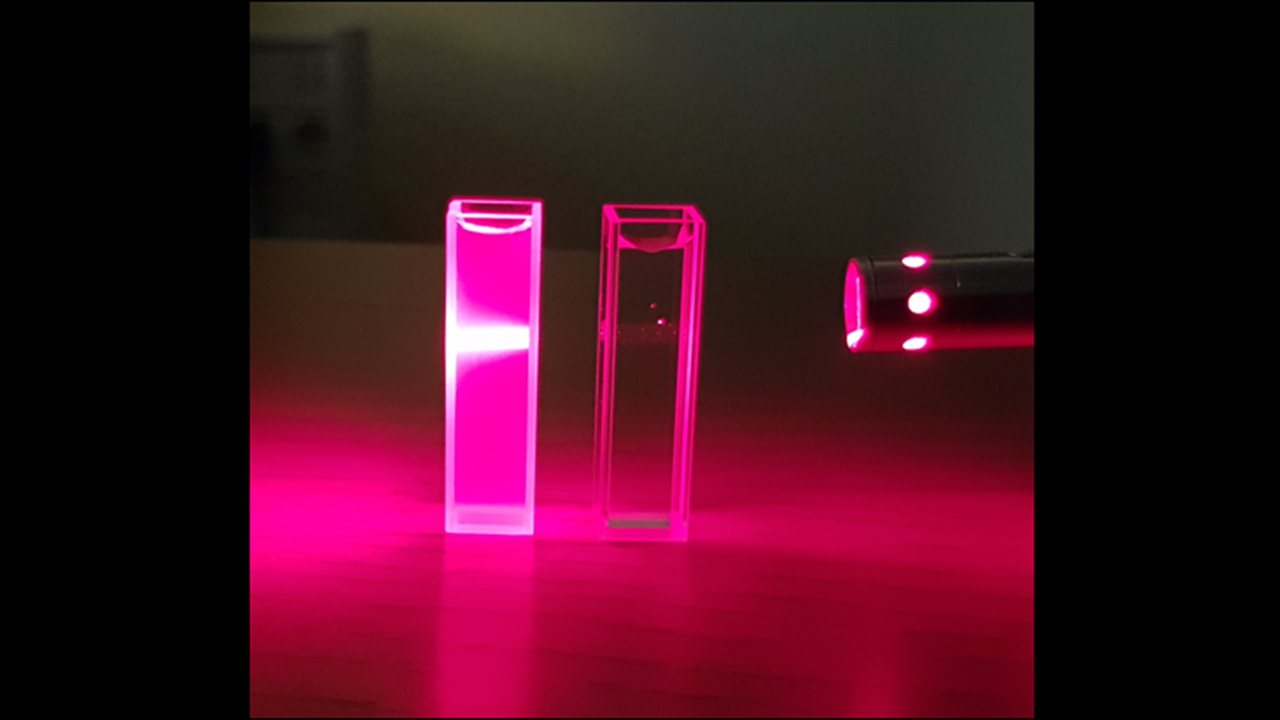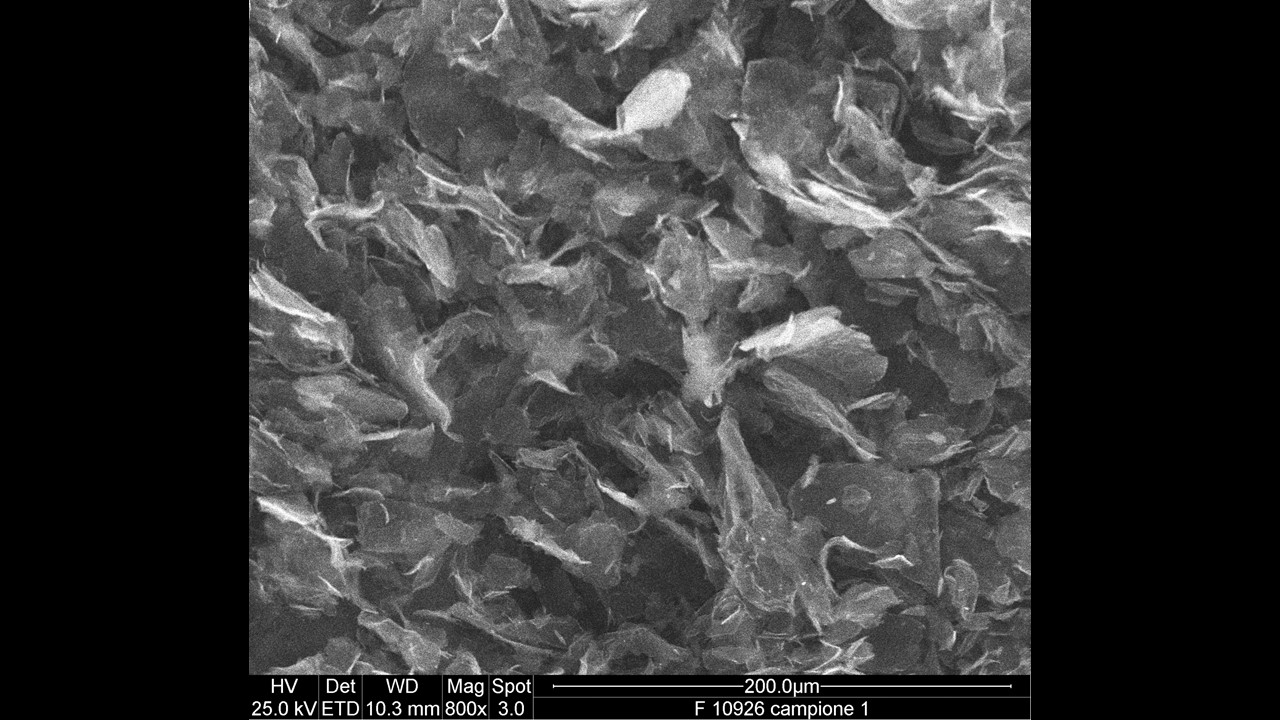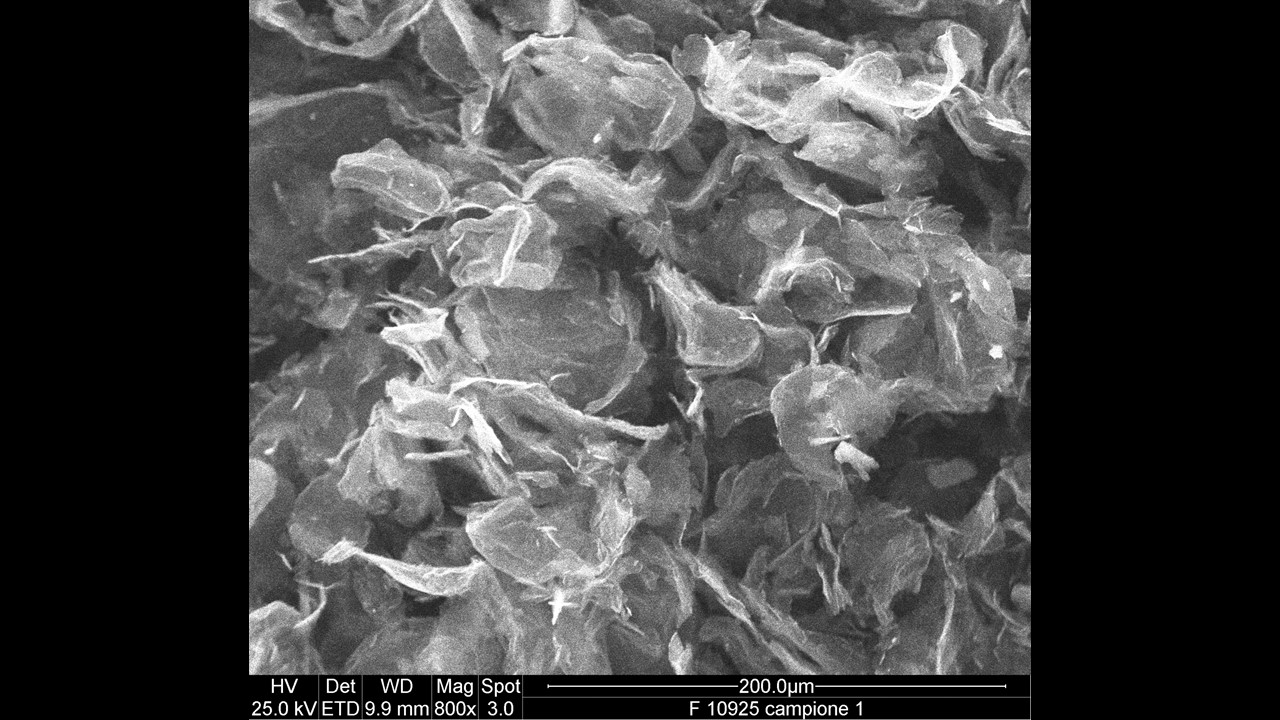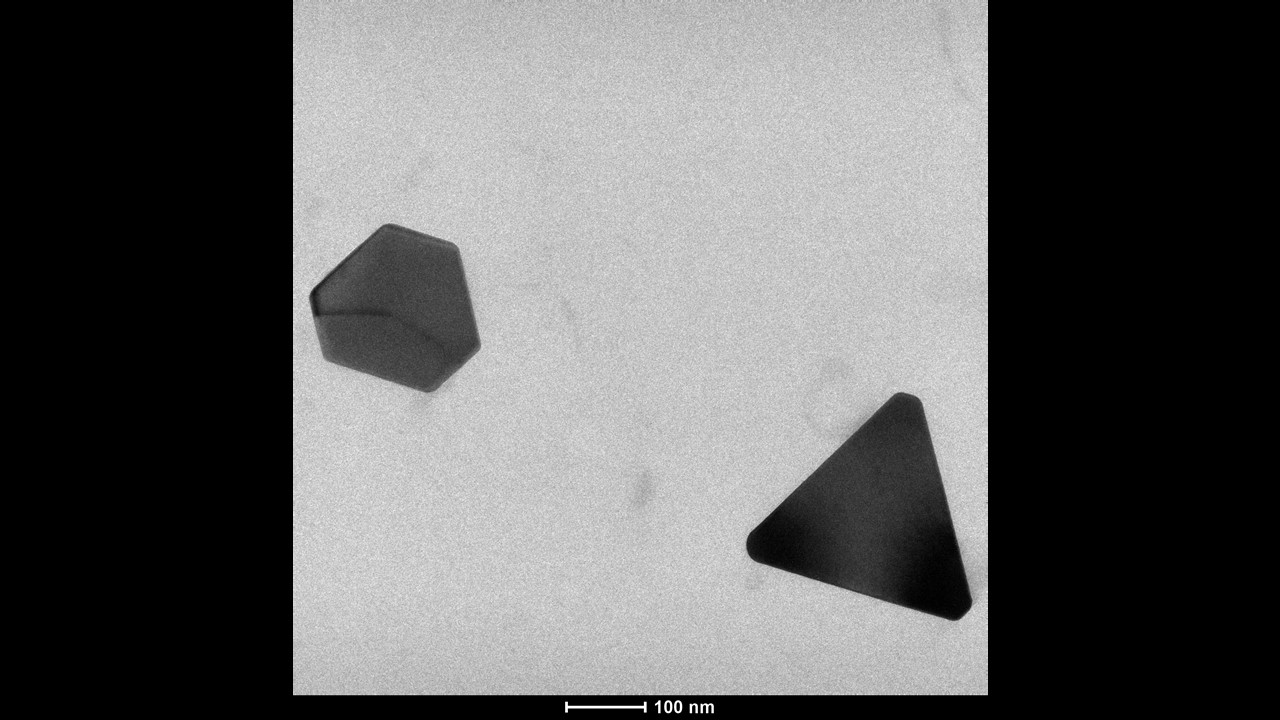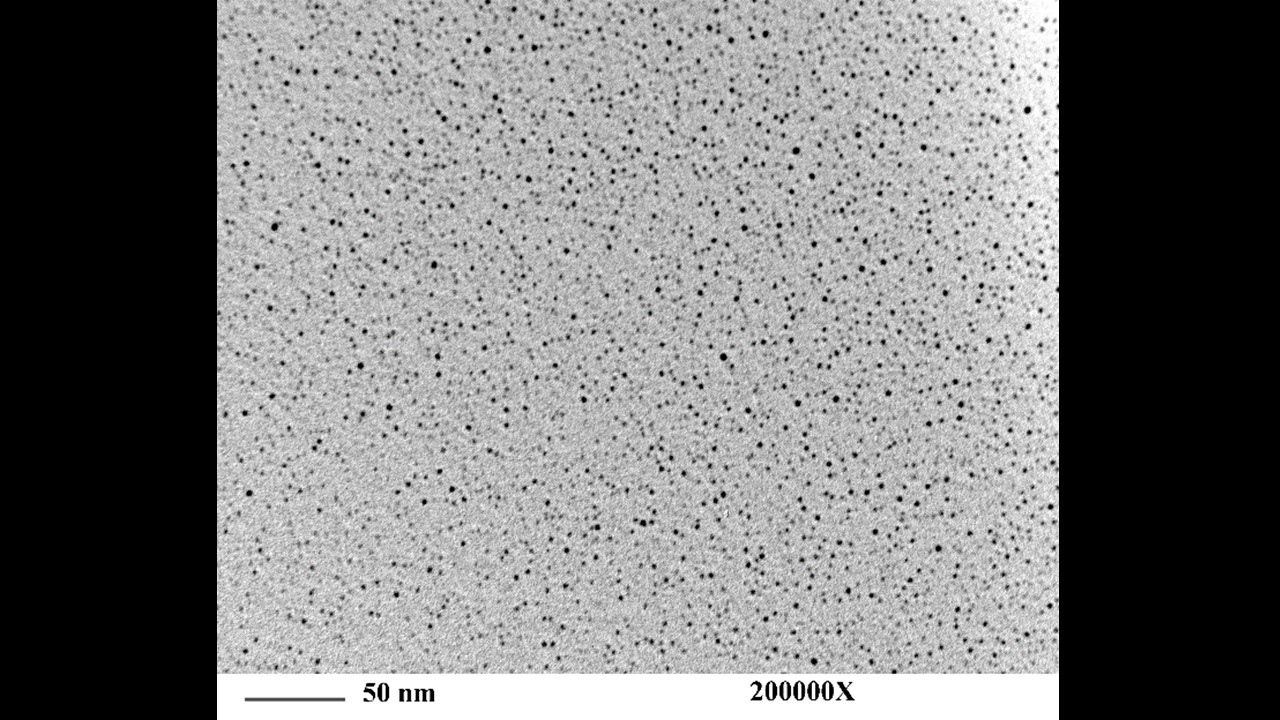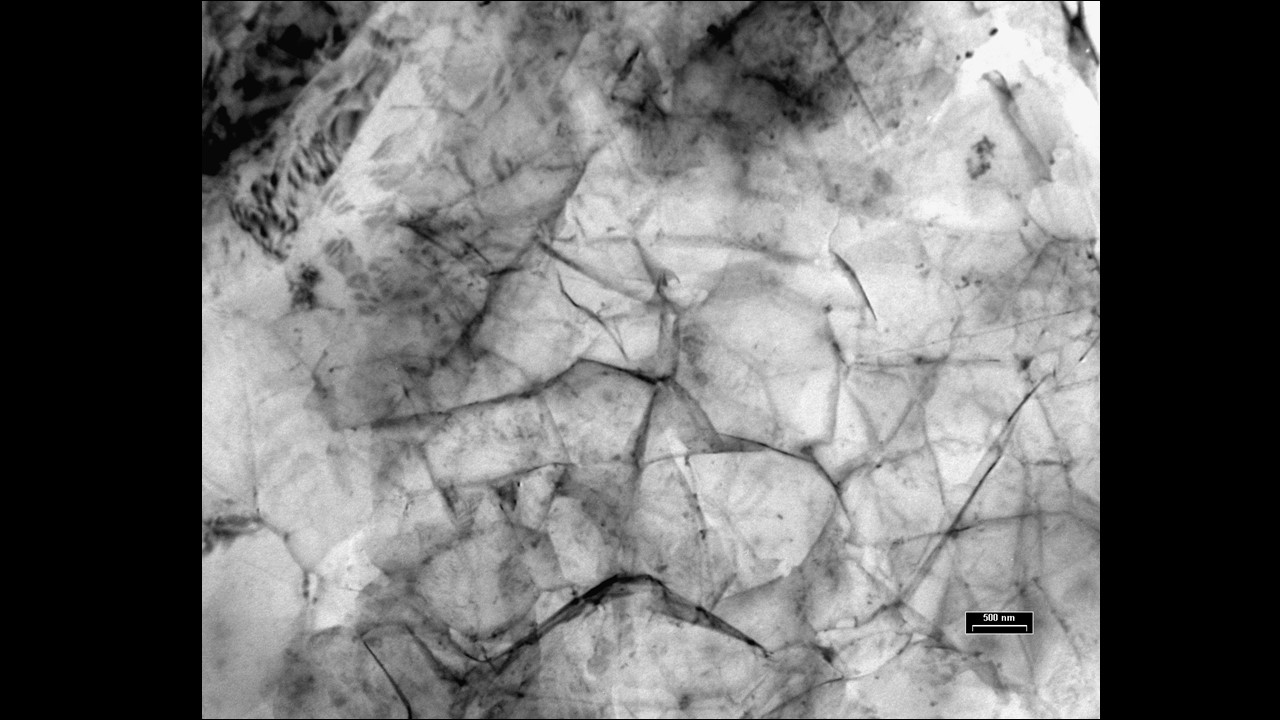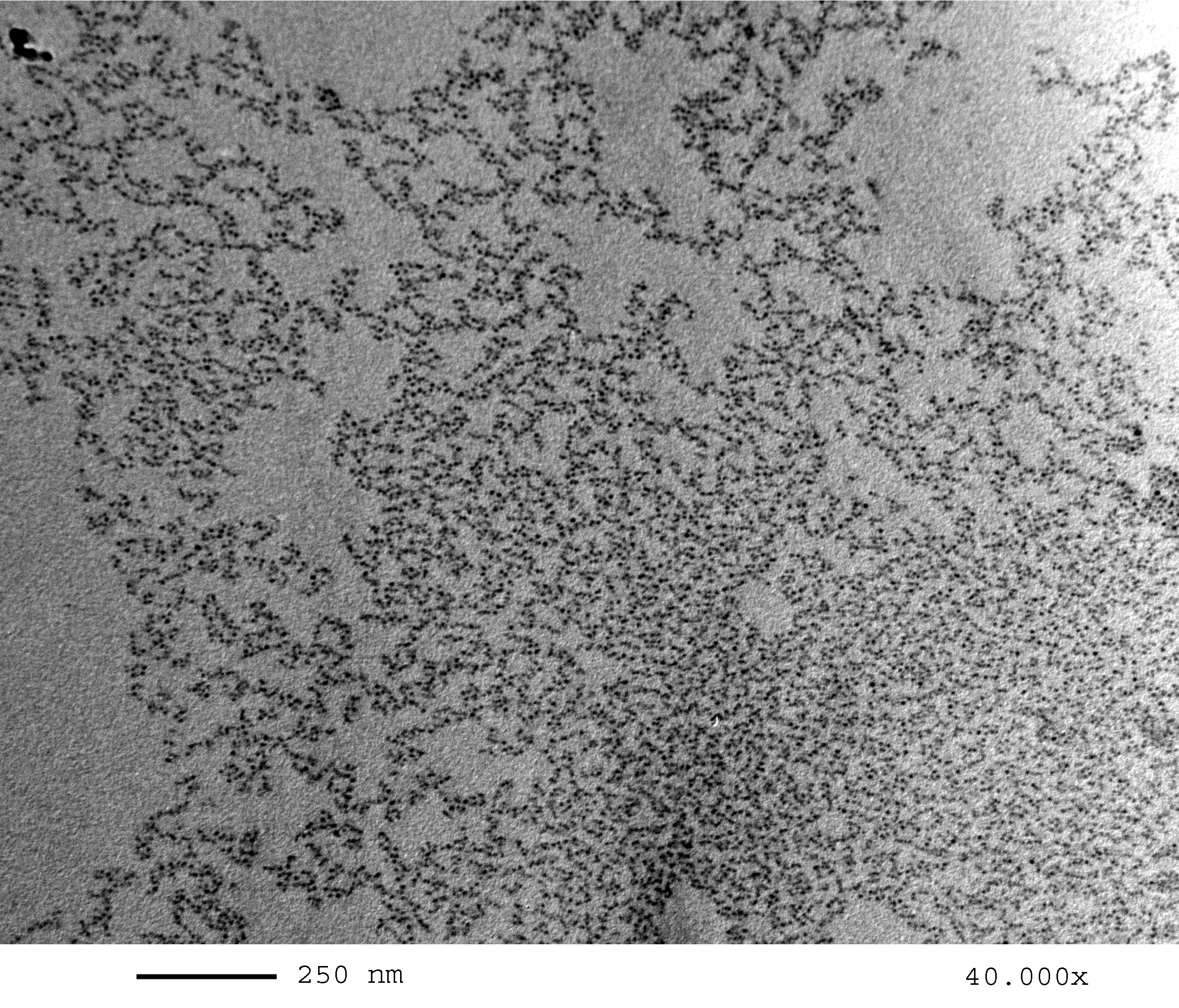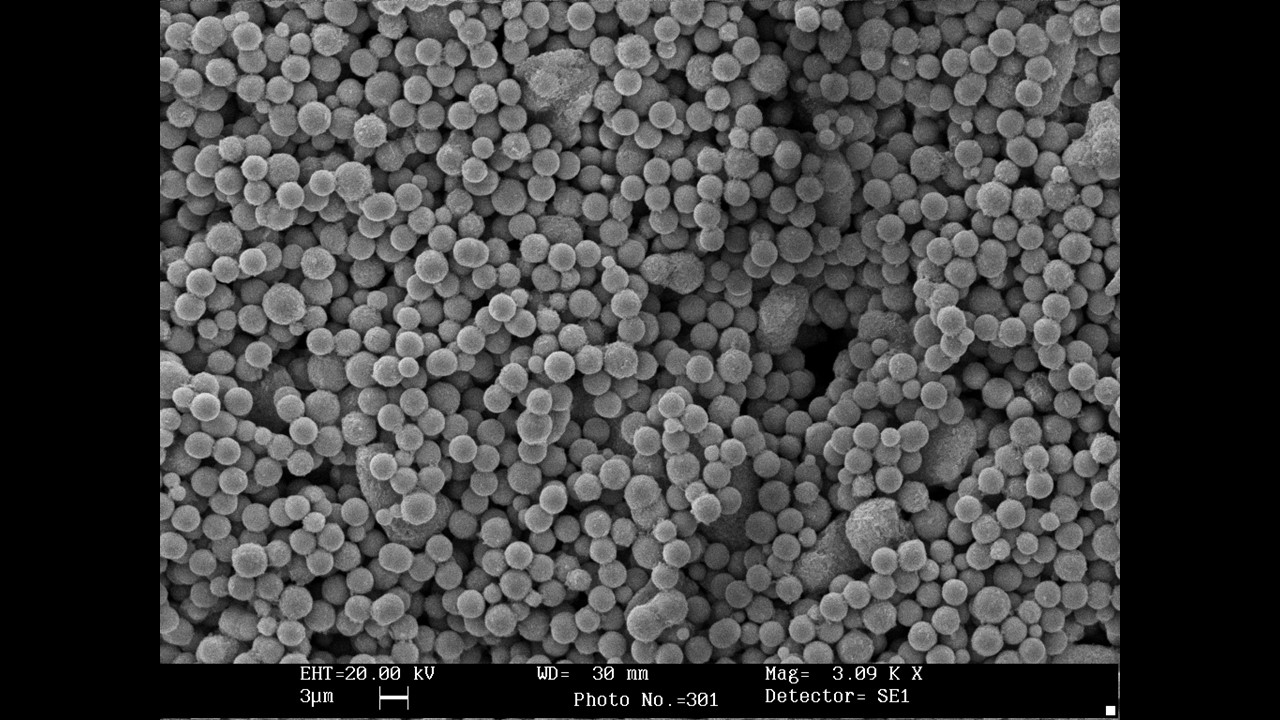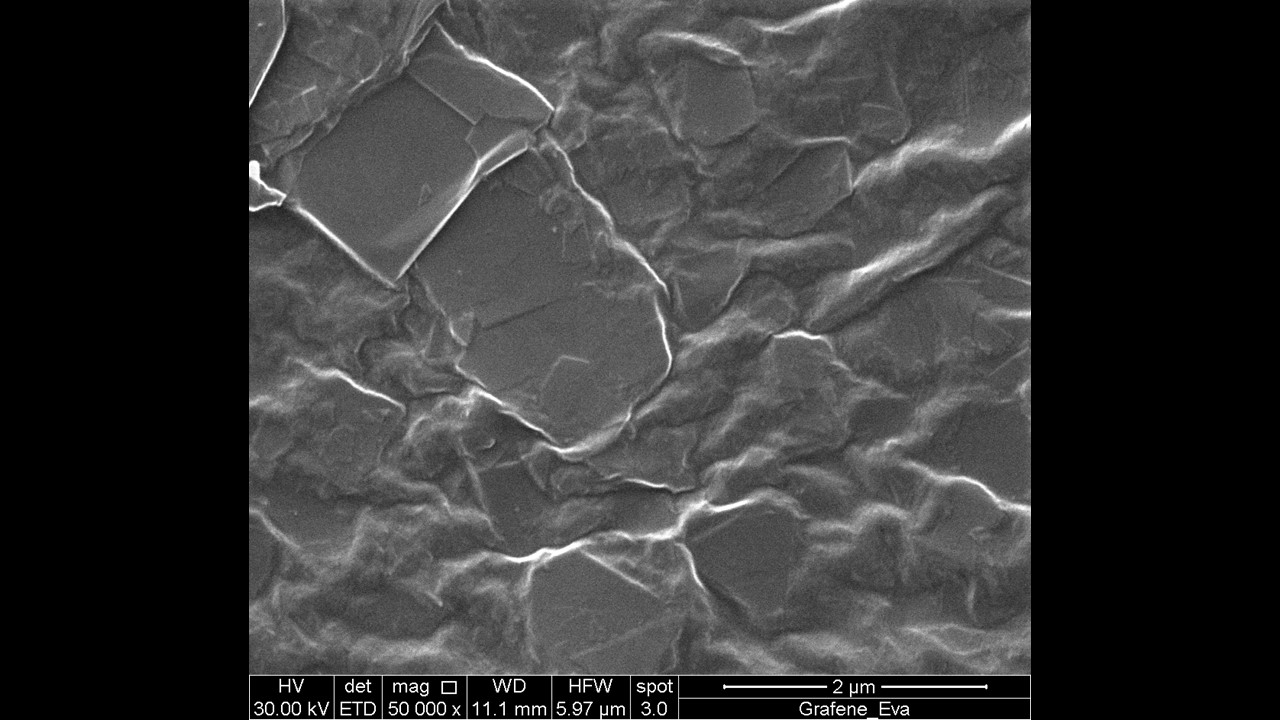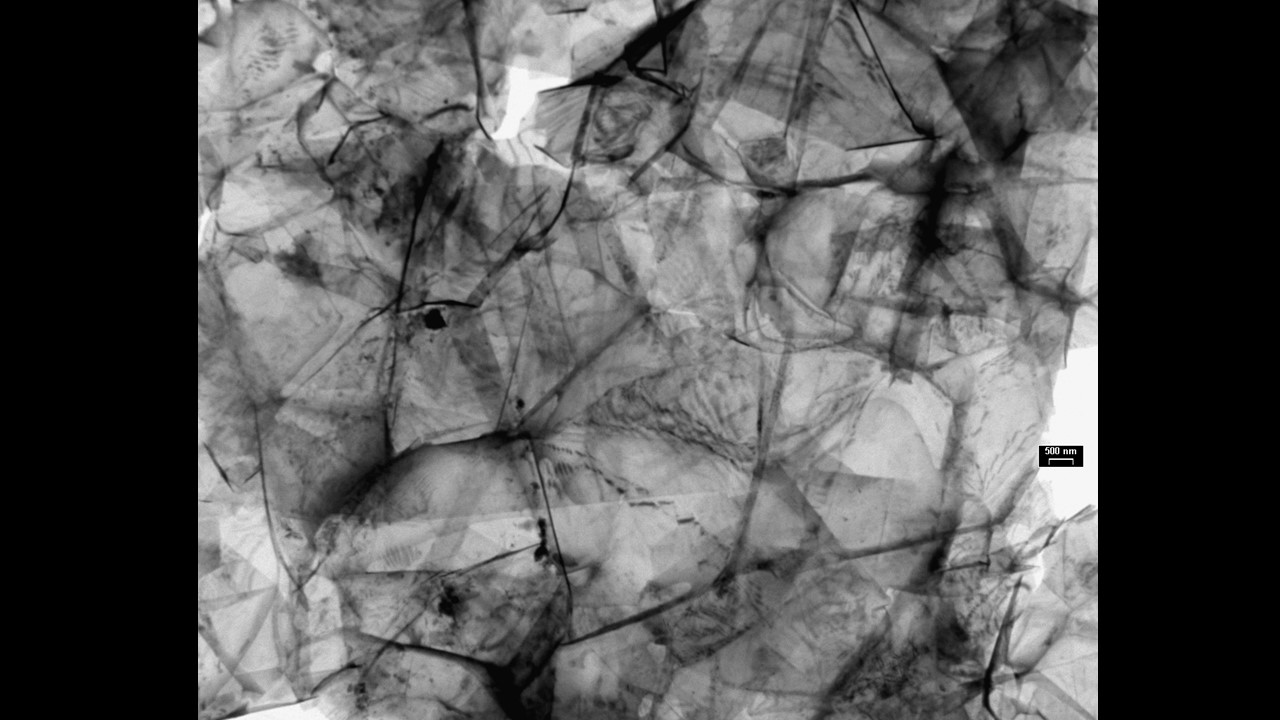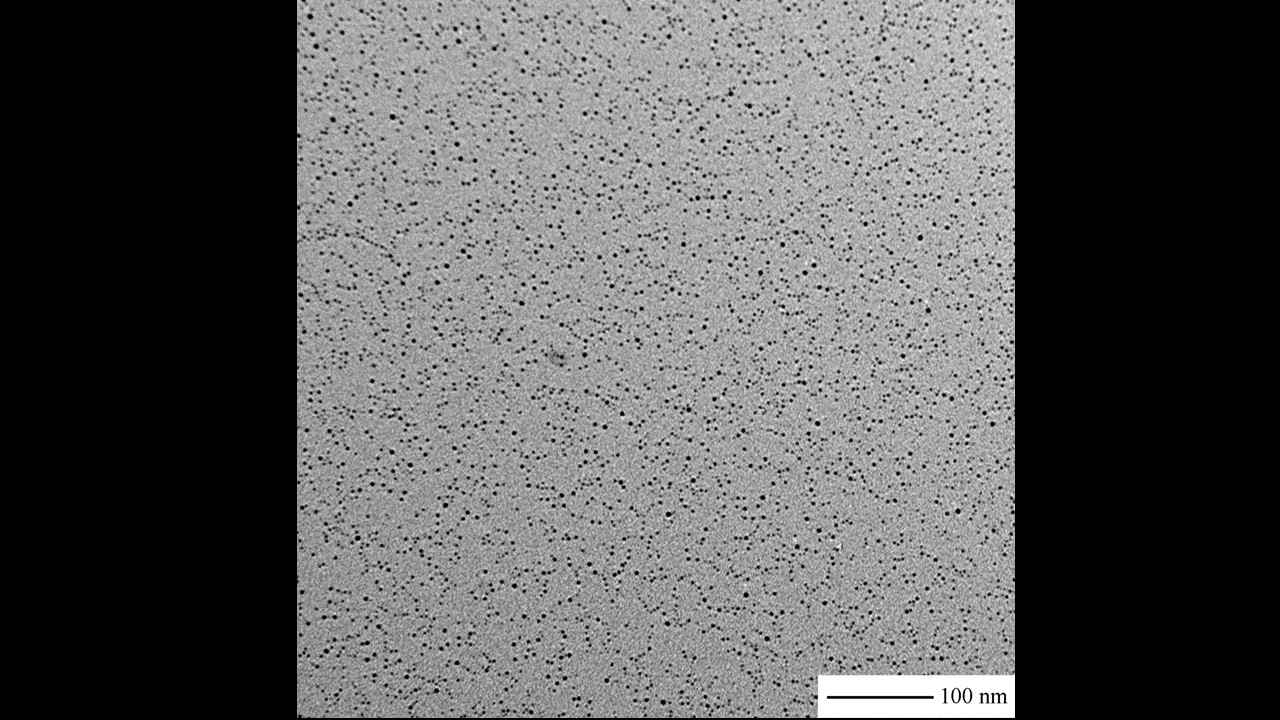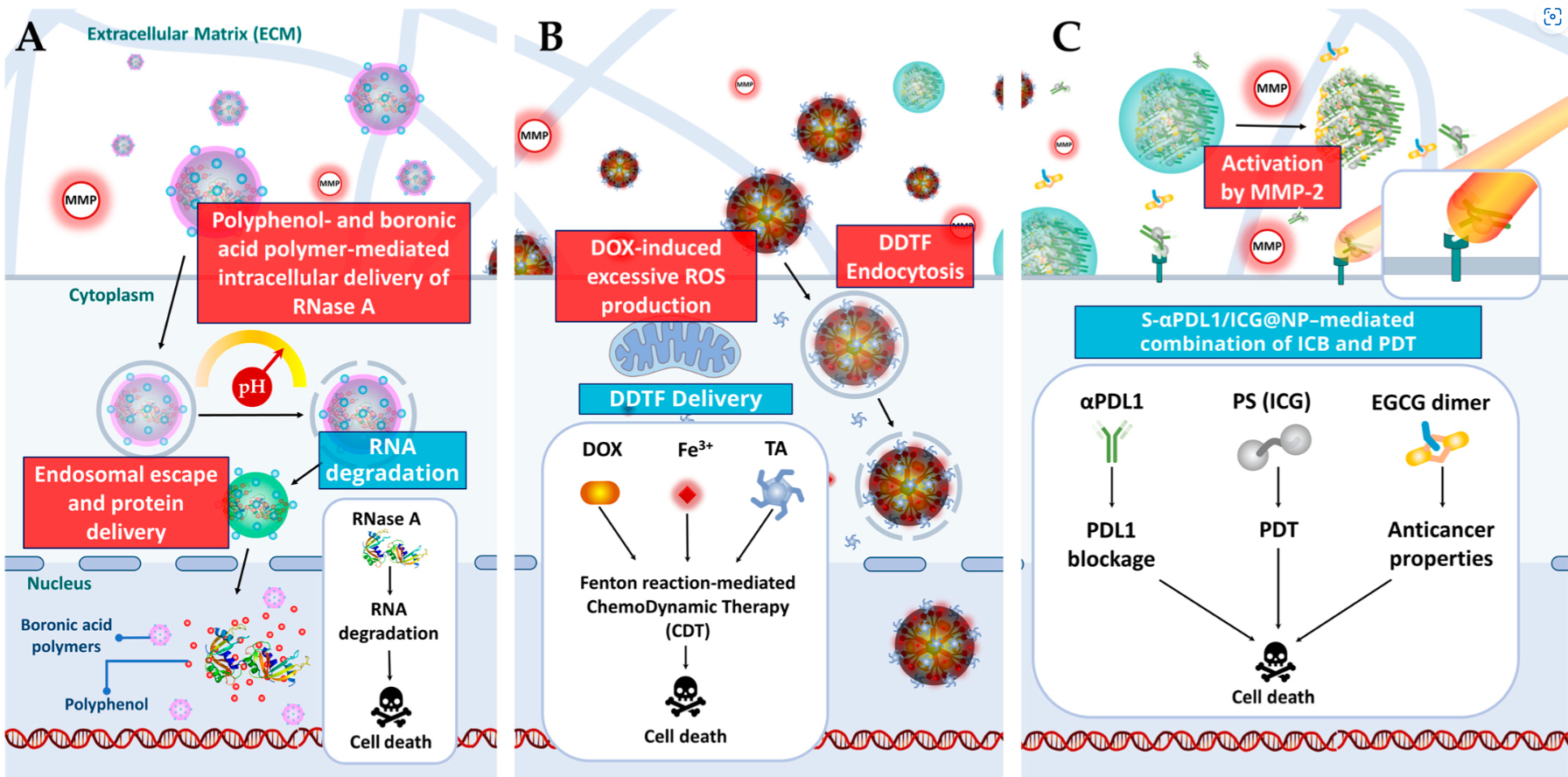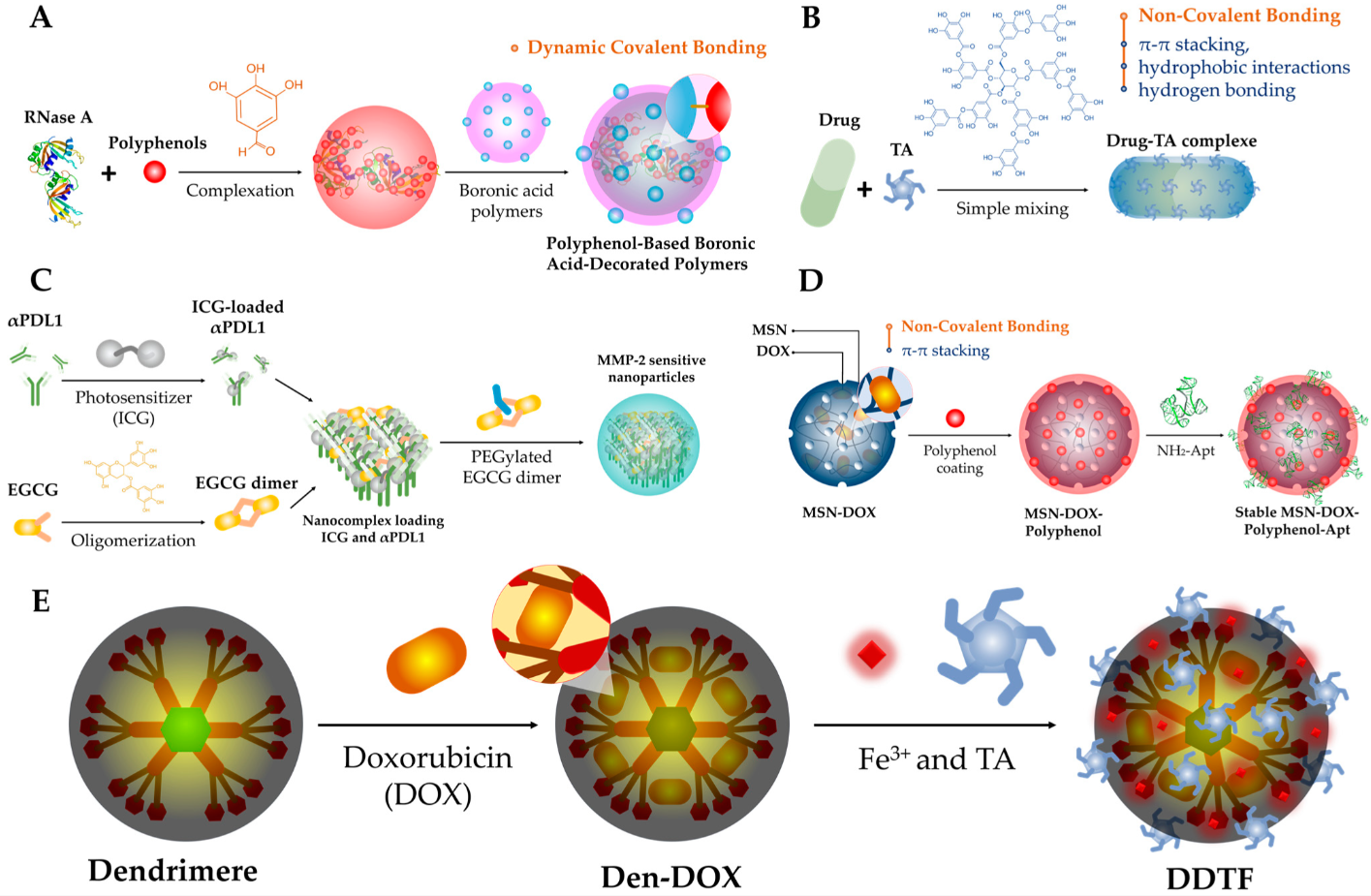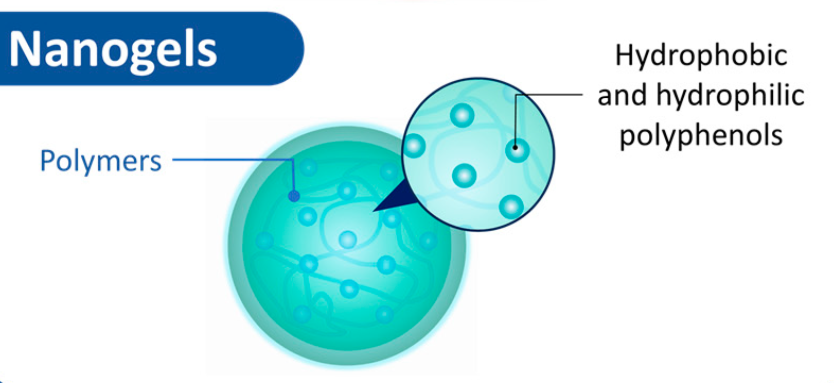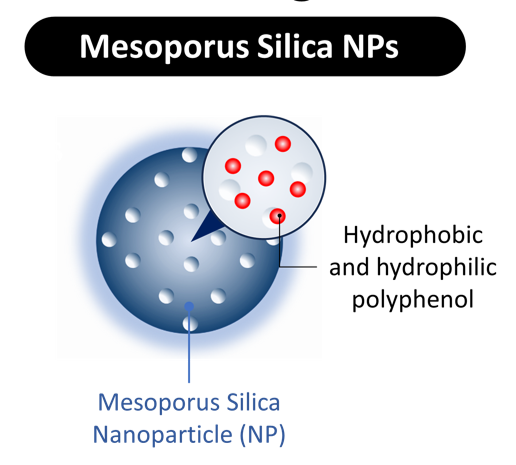
Nanostructures not necessarily require to be synthesized starting from atoms or molecules (bottom-up approach); indeed, they can be also obtained by miniaturizing massive solids (top-down approach) and the last approach perfectly works in the case of layered crystalline solids materials [1]. Actually, there are many inorganic materials with a layered structure that could be reduced to a nanometric scale by givig some energy. In this case, the resulting products is made by 2D-nanostructures (i.e., structures with only one size on a nanometric scale). However, since non-bonding interactions (i.e., London forces) act between the crystalline sheets, thus providing cohesion to the layered solid, their intensity must be attenuated for allowing sheet separation by energy supplying. Short-range forces (London forces) are involved in these inter-plane forces, and even a minimal spacing is capable to weaken them. Weakening can be achieved by intercalating molecules in the lamellar crystals [2] or by milling, which causes delamination of these crystals. Such phenomenon is achieved because during milling a tangential force (shear stress) is applied to the layered crystalline solid. Then, these mechanically treated crystals can be exfoliated by applying sono-acoustic energy to them through an adequate liquid medium (sonication in liquid medium capable to wet/intercalate the inorganic solid). Both bath or horn sonocation can be used, working at room temperature. In some cases (e.g., molybdenum disulfide nanoplatelet preparation), in order to obtain a colloidal suspension of single- and few-layer crystals, the colloidal suspension needs to be diluted by the same liquid used as sonication medium; indeed, dilution decreases the electrostatic inter-particle distances, thus attenuating the repulsive forces acting among all charged nanoparticles in the suspension. Then, single- or few-layer crystals can be isolated in form of colloidal suspension by allowing sample settling over long time periods (the monolayes are in the supernatant). The monolayer nature of molybdenum disulfide unities in the supernatant can be proved spectroscopically (presence of A and B excitons in the UV-Vis spectrum), microscopically (sample observation by scanning electron microscopy), and by light-scattering (perfectly transparent colloidal suspensions capable to effectively scatter a collimated light beam). In particular, the ‘oblique observation’ technique is required for the visualization of these 2D-nanostructures by scanning electron microscopy (SEM). Indeed, secondary-electrons (SE) have very low energy values (typically less than 10eV) and therefore they easily extinguish after generation in the sample sub-surface region. SE are capable to come out from the sample and reach the microscope detector only in the case they are generated very close to the sample surface. Since the depth of the subsurface region, where electrons are generated, depends on the angle between the incident primary-electrons (PE) beam and the sample surface, and precisely this depth reduces with decreasing of the angle, the ‘oblique observation’ represents a convenient way to enhance contrast in the SEM-micrographs, thus providing images rich of morphological details. These highly-contrasted SEM-micrographs are strictly required in the microscopic characterization of 2D-nanostructures made of single or few atomic layers.
- An overview of the advanced nanomaterials science. ScienceDirect. Retrieved 2025-3-29
- Monitoring aging effects in graphite bisulfates by means of Raman spectroscopy. Coatings - MDPI. Retrieved 2025-3-29

